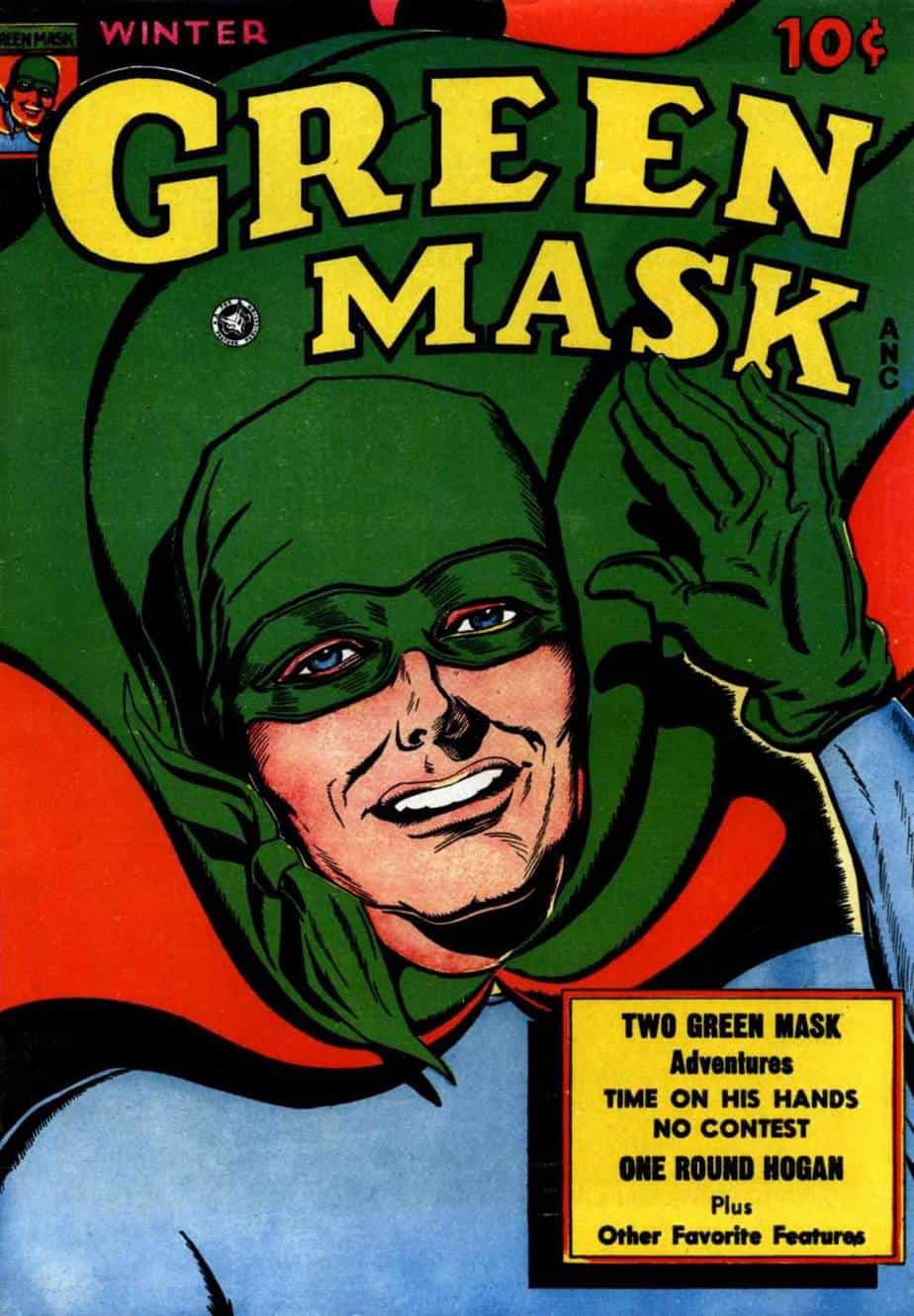What does green symbolise in art and storytelling?
- Unripe (and by extension, naïve)
- Vital and vigorous (because Greek ‘chloros’ may have mostly meant ‘having sap’, independent of colour). By extension, green can symbolise youth. Young things tend to be moist (sorry) whereas old things tend to be dry (also sorry, blame those Ancient Greeks).
- Latin for ‘green ‘ is viridis. This becomes verdant in English. This may have meant youthful and vigorous as well as naïve, but thanks to that age-old gender hierarchy, ‘virile’ and ‘manliness’ are overlapping ideas. ‘Virile’ and ‘virtue’ are also related.
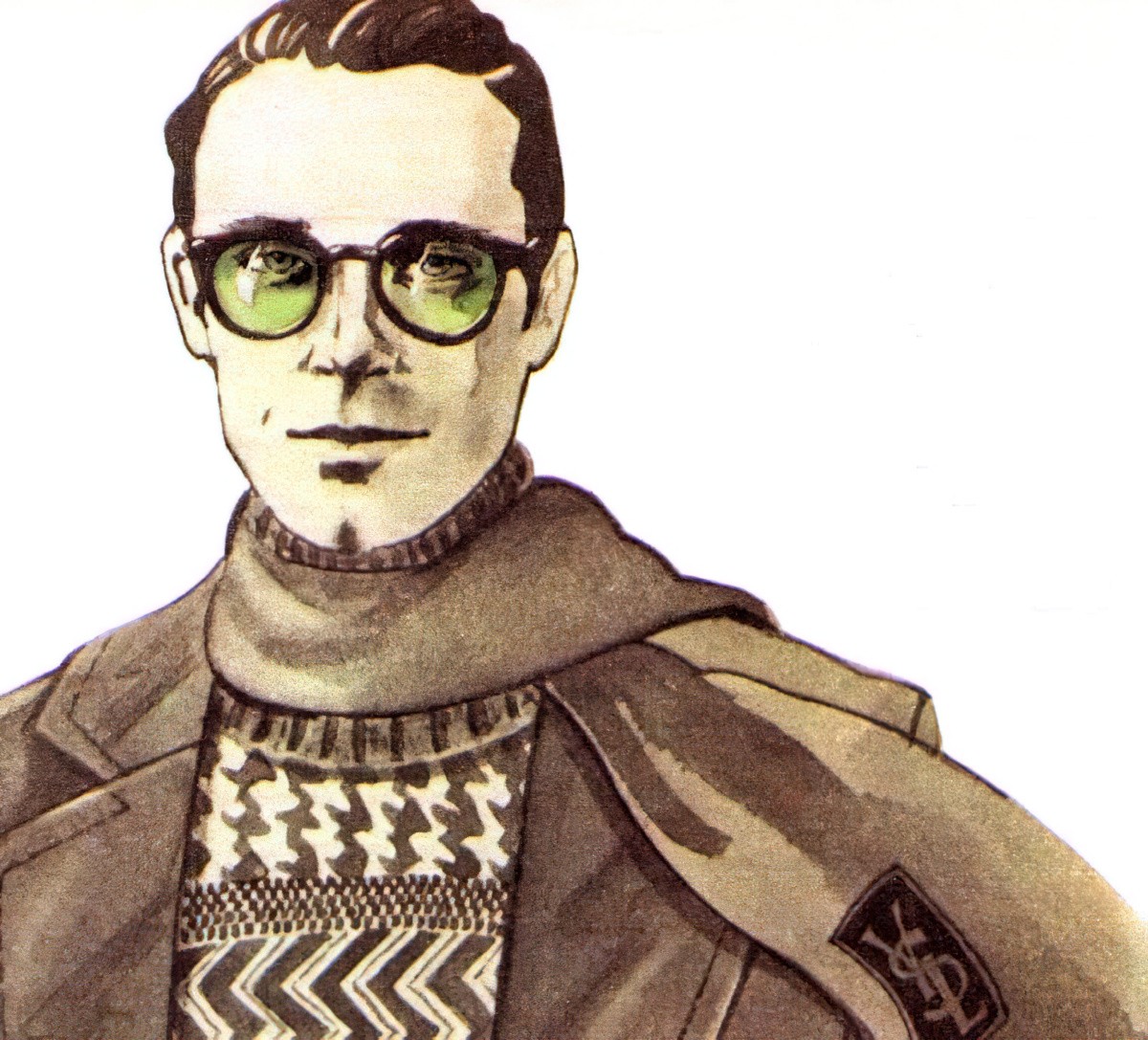
- It gets worse. Since green can mean virtue and naivety, it follows that green can also symbolise virginity, a bullsh!t concept made up to control people, mainly women.
- Green symbolises spring, hence the adjective ‘vernal’. The common Latin idea with this family of ‘v’ words is ‘juicy’ or ‘sappy’.
- Many landscapes remain green over summer (not here in Australia, where we should be using Aboriginal concepts of seasonality) but anyway, green can symbolise summer as well as spring.
- There’s a famous medieval poem called Sir Gawain and the Green Knight. This poem may have come from a pop-culture idea of the time: belief in a Green Man who represents the seasonal cycle. (For a contemporary picture book example of personified seasons see The Stranger by Chris Van Allsburg.)
If you’d like to hear “Sir Gawain and the Green Knight” read aloud, I recommend the retellings by Parcast’s Tales podcast series. (They have now moved over to Spotify.) These are ancient tales retold using contemporary English, complete with music and Foley effects. Some of these old tales are pretty hard to read, but the Tales podcast presents them in an easily digestible way. “Sir Gawain and the Green KNight” was published June 2020.
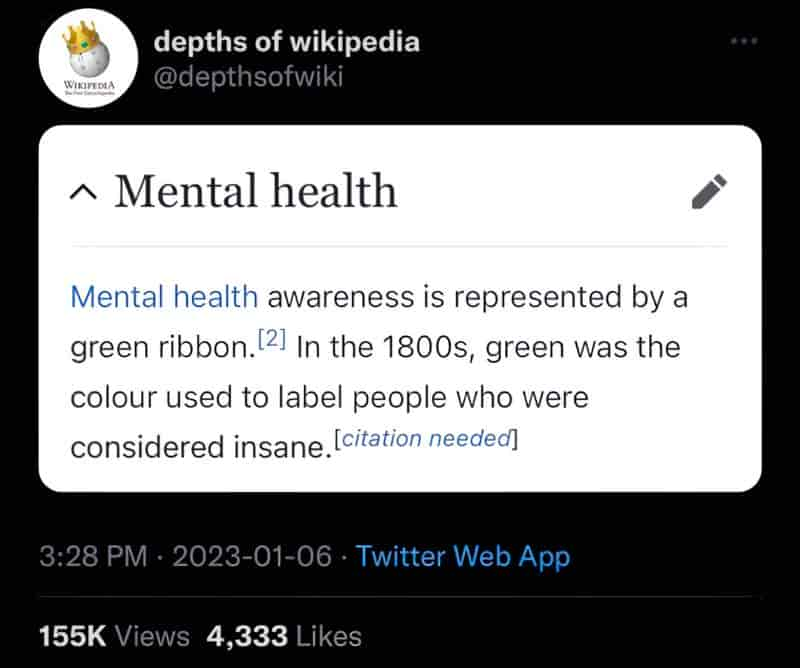
GREEN IN FOLKTALES
The following is from Baughman’s Type and Motif Index of the Folktales of England and North America by Ernest Warren Baughman, 1966. Read through these story summaries and you’ll get a good idea of how coats have been used throughout history. Can you see patterns?
- Culture hero with different colored eyes, one brown, one green.
- Green pigeon cheated out of its chick: is always mourning.
- Why wooddove has green eyes.
- Why swallow does not like green trees for her nest.
- Tree protects Jesus from rain: is green all year.
- Why leaves are evergreen.
- Serpents play with precious green stone.
- Green she-goat.
- Green horse.
- Horse with crimson mane and green legs.
- Hound half white, half green.
- Red (green) swine.
- Ram with green feet and horns.
- Man transformed to green knight.
- Magic object received from green-clad huntsman.
- Green as magic color.
- Green stone causes women to love the possessor.
- Stone changes from red to green as auspicious sign.
- Rectory haunted by “green lady“.
- Revenant green.
- Female revenant in green dress.
- “Green Children” visit world of mortals, continue to live with them.
- Tree half green and half in flame in otherworld garden.
- Green as otherworld color.

- Green fairy.
- Fairy has one side green.
- Fairy in green clothes.
- Fairies dance on the green.
- Fairies say, “I’m for (Porthallow Green)!” They fly away.
- Water-spirit as small gray man. Has green eyes and gray hair.
- Water-spirits with green hair and beard.
- Water-spirits with green teeth.
- Water-spirits are dressed in green.
- Green vegetation spirit.
- Dwarf clad in green.
- Brownie dressed in green.
- Green knight.
- Giantess with green eyes.
- Green giant.
- Green beard.
- Yellow, green, blue, purple spot on cheek.
- Islands of extraordinary color. Green, white, etc.
- Green city.
- Green chapel. Cave in green mound.
- Bird controls sex and appearance of offspring. Hatches seven eggs–three under each wing and one under breast. The right wing hatches three red males, the left three green females. The egg under the breast shares the characteristics of both sex and color–but dies.
- Devil is dressed in green.
- Devil in green clothing with hat.
- Devil as a hunter in green.
- Devil wears a bright green coat.
- Blood of five ogres colored yellow, red, white, green, black.
- Riddle: what is greenest?
- What is greenest? The Month of May.
- Task: making withered flowers green.
- Quest to lions‘, elephants’, and serpents‘ land for green stone.
- Why is it that black cow eats green grass, gives white milk and yellow butter? Answer: The same reason blackberries are red when they are green.
- Imagined color. Clerk tells person to imagine that blue cloth is green. The customer walks out without paying. The clerk asks for payment; the customer tells clerk to imagine he has been paid.
- Proper food for ox and ass. Guests call each other ox and ass. Host offers green grass for the first and fodder for the second.
- ”Thank God they weren‘t peaches!“ A man plans to take peaches as a present to the king. He is persuaded rather to take figs. They are green and the king has them thrown in his face. He is thankful that they weren’t peaches.
- Green plantains sold as matured plants.
- Secret remedies learned from green-clad woman.
- Doing penance till green leaves grow on a dry branch.
- Place of saint‘s martyrdom perpetually green.
- Unusual fuel used by saints: burning stone, snow and icicles, marble pillar, and green timber.
- Tourist asks why Lake Louise is so green. Resident replies that a tourist fell in last summer.
- Person eats twenty-two ears of green corn.
- Paul Bunyan builds up Green Mountains from earth thrown up while digging St. Lawrence River.
- Owner provides cow with green goggles, feeds her sawdust or snow.
- Mule swallows firecrackers, runs for miles with smoke coming from eyes, mouth, ears, nose and a stream of green smoke ten feet long from his rear.
- Farmer paints his cows green to fool grasshoppers; they eat cows, paint and all.
- Snake strikes at man, hits tobacco plug in his pocket. Part of the tobacco turns green; the snake gets violently ill.
- Burning mine keeps land above it warm and green even in winter.
- Boys staying in park break up benches to keep from freezing; several who are hungry walk over to field, pick, roast green corn.
- Residents worry that train loaded with green lumber might fall through weak spot in track. The lumber dries out enough on five-mile stretch of track that there is no danger.
- Young man stays overnight with hill couple. He cannot eat enough greens at supper. That night when husband goes to see about disturbance among the horses, the woman says, “Young man, now’s your chance.” He gets up, goes to kitchen, eats the rest of the greens.
- Girl pulls green gourd which chases her. Animals help her; each is knocked down except bear which sits on gourd and breaks it. The animals are rewarded at farmer’s house.
- Symbolic color: green.
- Green as symbolic of martyrdom.
Sir Garwain and the Green Knight is an Arthurian poem which begins with a beautiful Christmas feast. An unexpected guest arrives. He is a gigantic man holding an axe and a holly branch. Although he is bright green all over his eyes are red. The knights at the roundtable don’t know if he’s real or some fantasy creature. The story turns into a bit of a deal with the devil plot when this massive green man says anyone can hit him, so long as he can hit them back with equal force in a year’s time.
Although this Green Knight is never overtly a fairy there are many things in the text which links him to fairyworld. For instance, he lives in a mound (which is where fairies are meant to live), he has power over the chilly landscape, seeming like a metaphor for the coldness of it (same as fairies). He is also in charge of people’s death.
Green in Colour Psychology
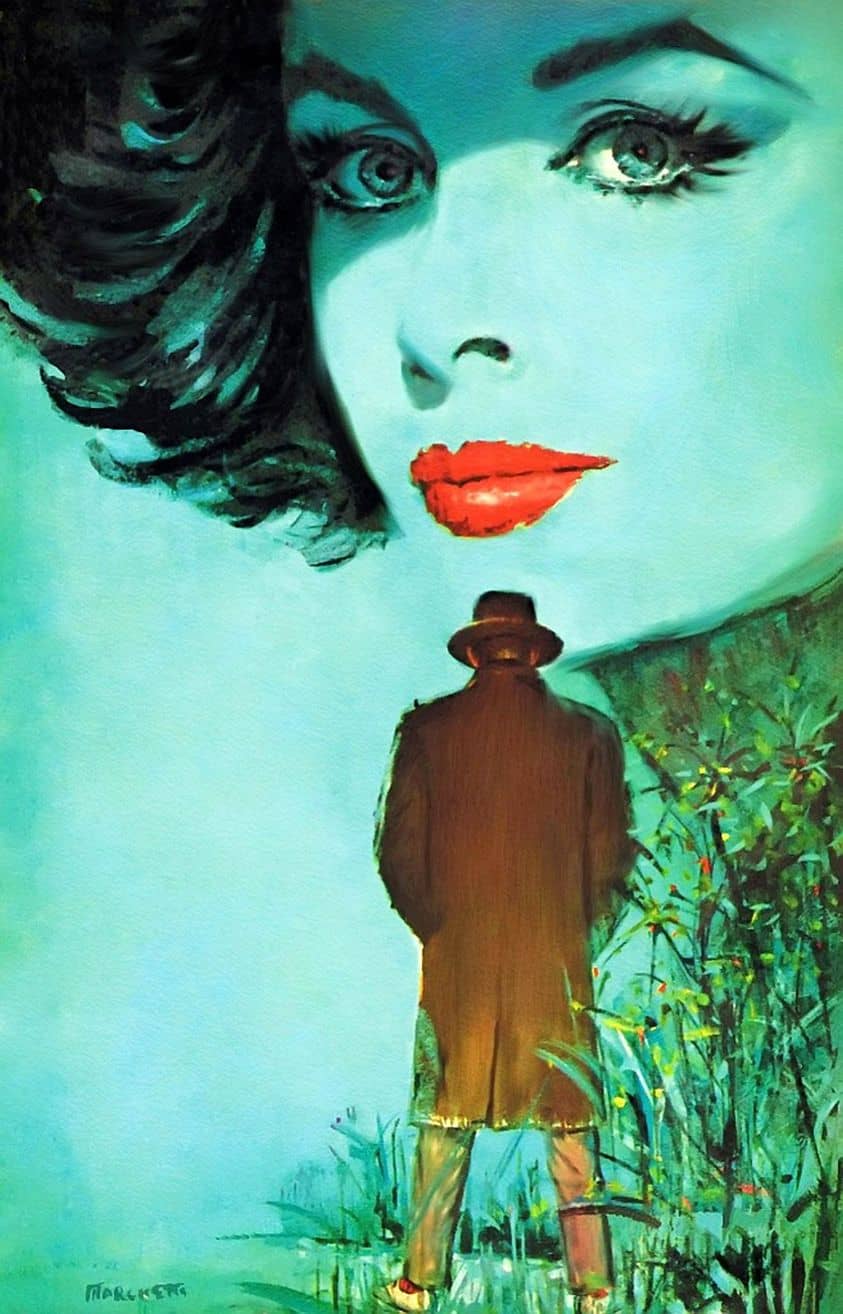
- Green is frequently the colour of the sea. The sea sometimes does look green, so that explains that. But it is also partly due to the fact that the concept of ‘blue’ took longer than you might expect to be a thing. We think humans began to see blue as a colour when we started making blue pigments around 6000 years ago. Until blue appeared in cave paintings, people had ‘green’ and ‘dark-wine’ to describe the ocean. You’ll find ‘dark-wine’ in “The Odyssey” but you’ll find ‘green’ in Shakespeare’s Macbeth and in Milton’s “Vacation Exercise” and “Paradise Lost”.
- Because of its link to regeneration, youth, virtue and all that, green can also be a symbol of hope. This is especially true in the idea of Christian salvation (alongside blue). In Purgatorio, Dante associates green with the realm of hope, which counterposes against Hell, where all hope is abandoned. (And in Heaven you don’t even need it.)
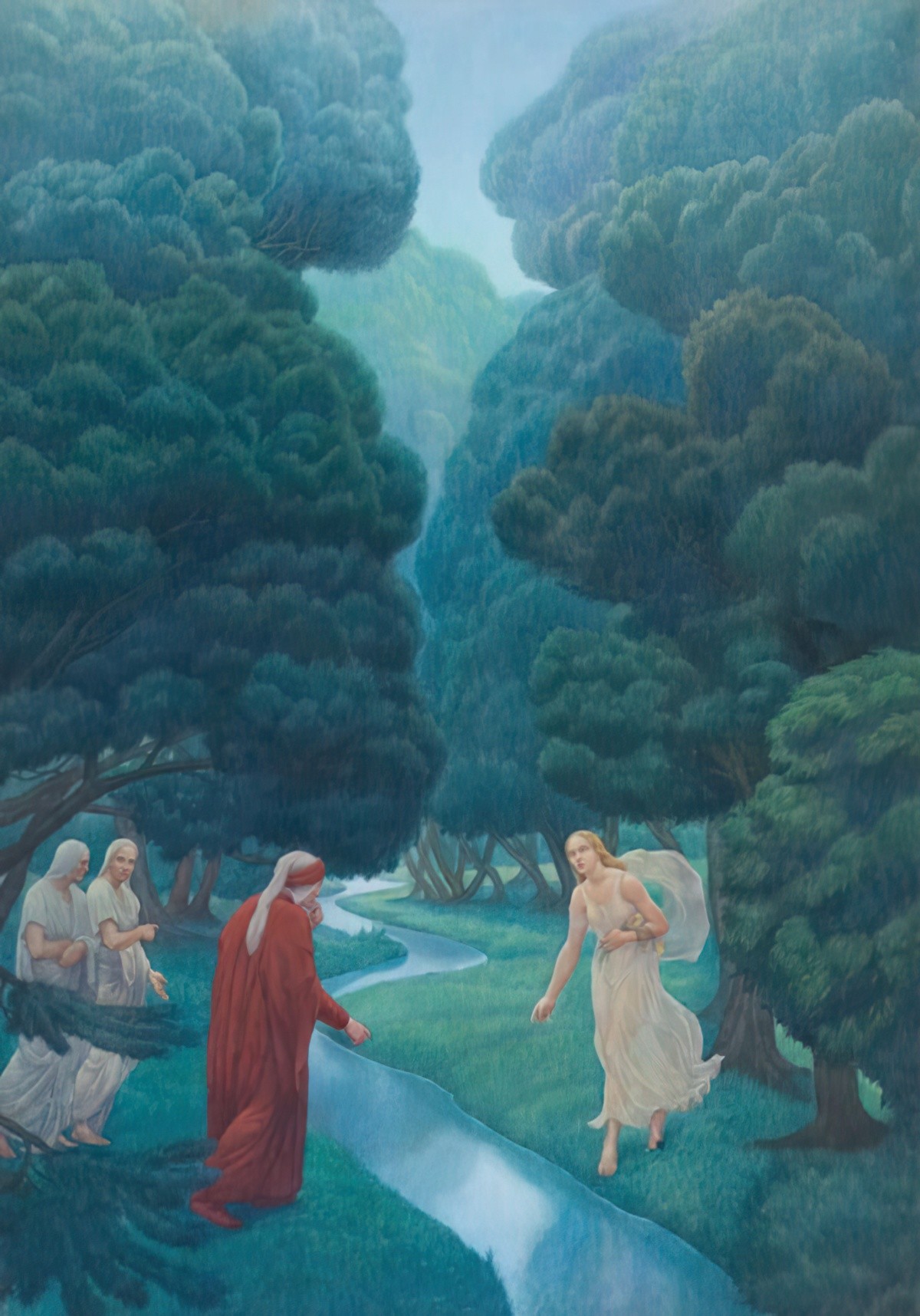
Green can also symbolise inconstancy. Where does this come from? It seems a bit random. Well, not really, it’s all connected. Since green is the colour of vegetation and since vegetation changes with the season… you get it. This, too, links to misogyny in literature because of course it does. Women are commonly regarded as untrustworthy liars. Standout example: (Probably) Geoffrey Chaucer’s “Against Women Unconstant”. Basically, an unnamed lady is criticised for her “newefangelnesse” and “unsteadfastness”. The poem turns this woman into a personified image of May (a female version of the English Green Man of May). This all builds up to a refrain which goes:
In stede of blew,
Against Women Unconstant
thus may ye were al grene.
Although blue and green are similar colours, right next to each other on the colour wheel, using medieval colour symbolism they are symbolically counterposed. When green stands for inconstancy, blue stands for its opposite, faithfulness. When we feel entitlement over someone else’s time, love and attention, it follows that anything less feels like betrayal. The woman in this ballad is beautiful like the springtime, sure, but she also catches all the negative medieval hunting symbolism of green: destruction, death, decay.
See also: Squire’s Tale.
And al withoute, the mewe is peynted grene,
Squire’s Tale, Chaucer
And on all the outside, the pen is painted green,
In which were peynted alle thise false fowles,
In which were painted all these false fowls…
NATURE AND VEGETATION
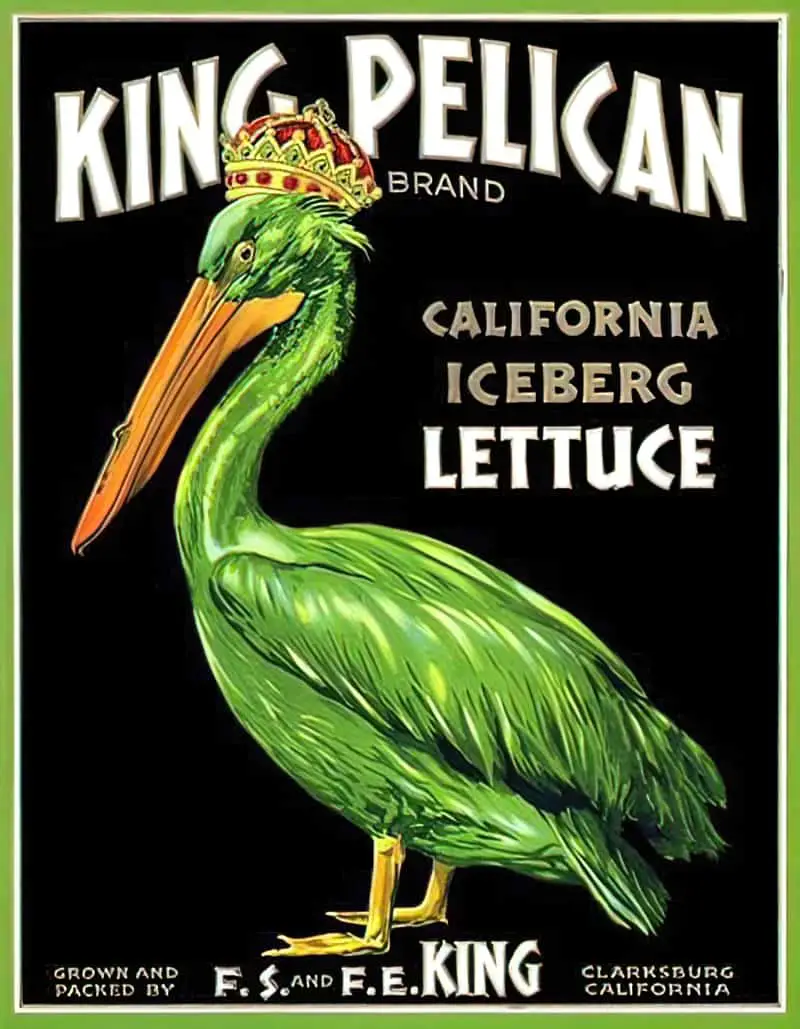
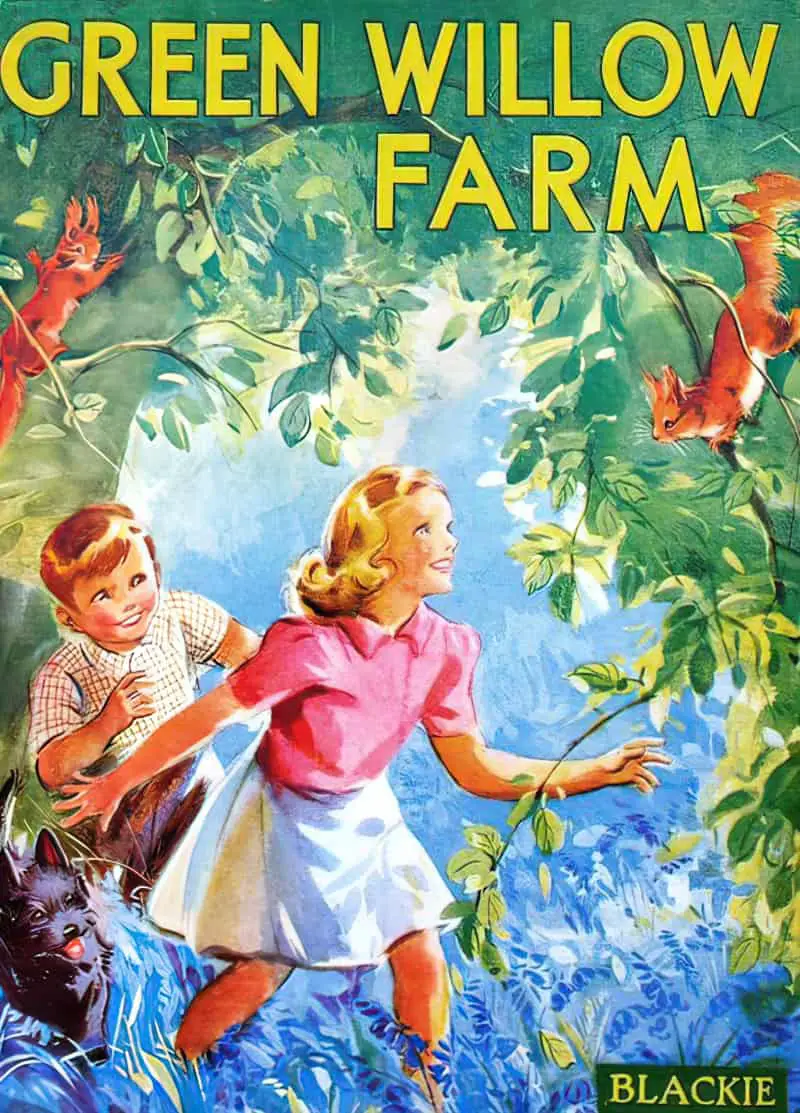
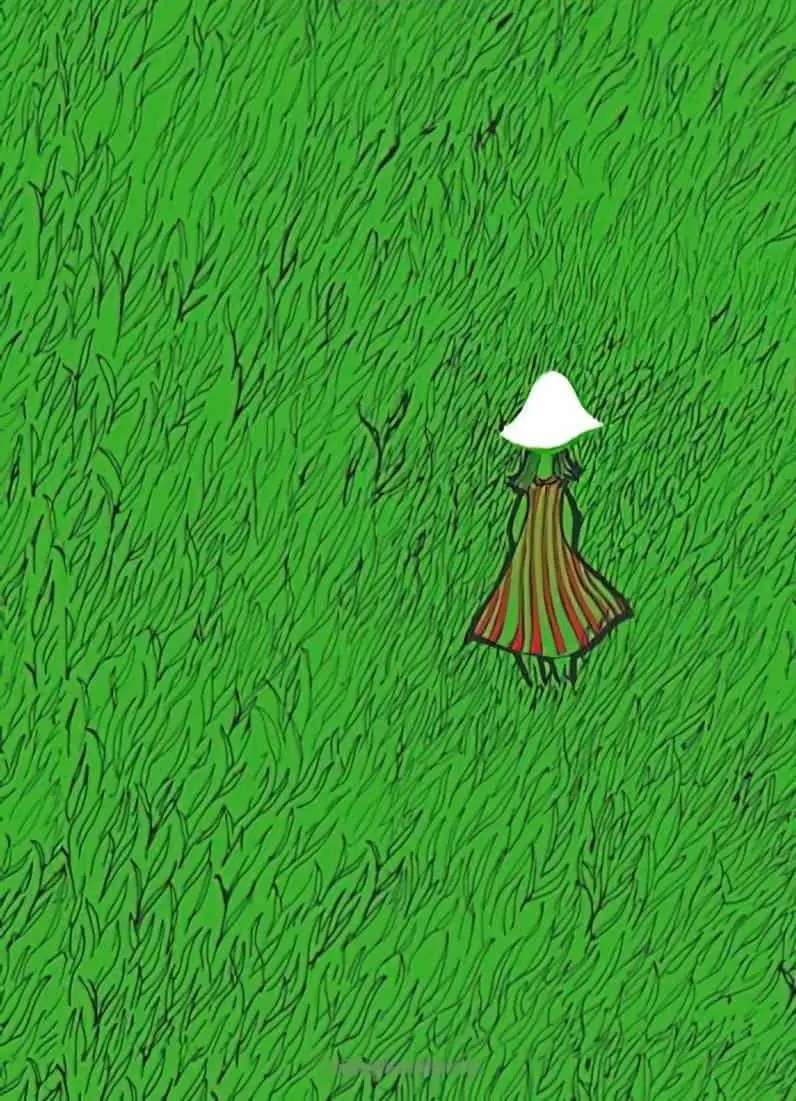

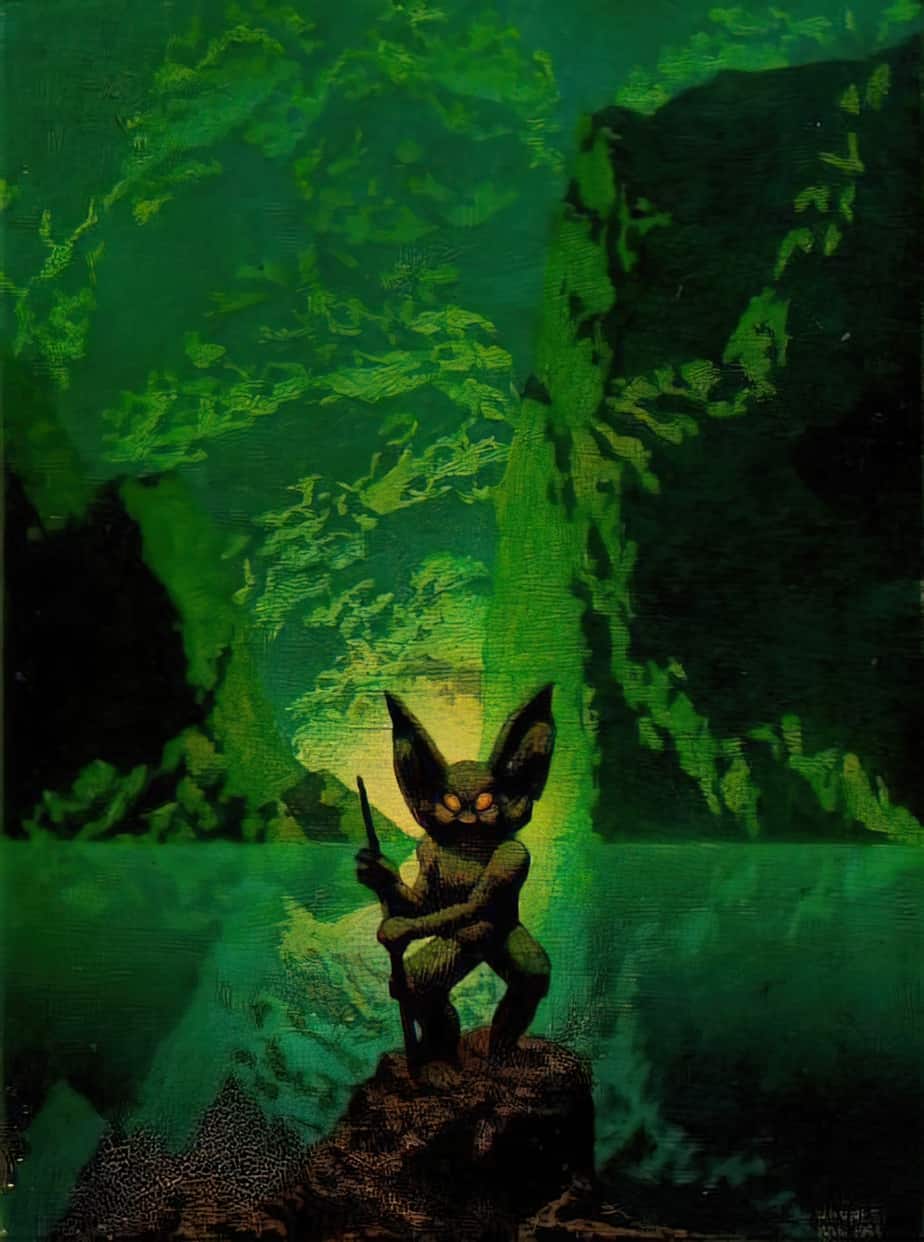
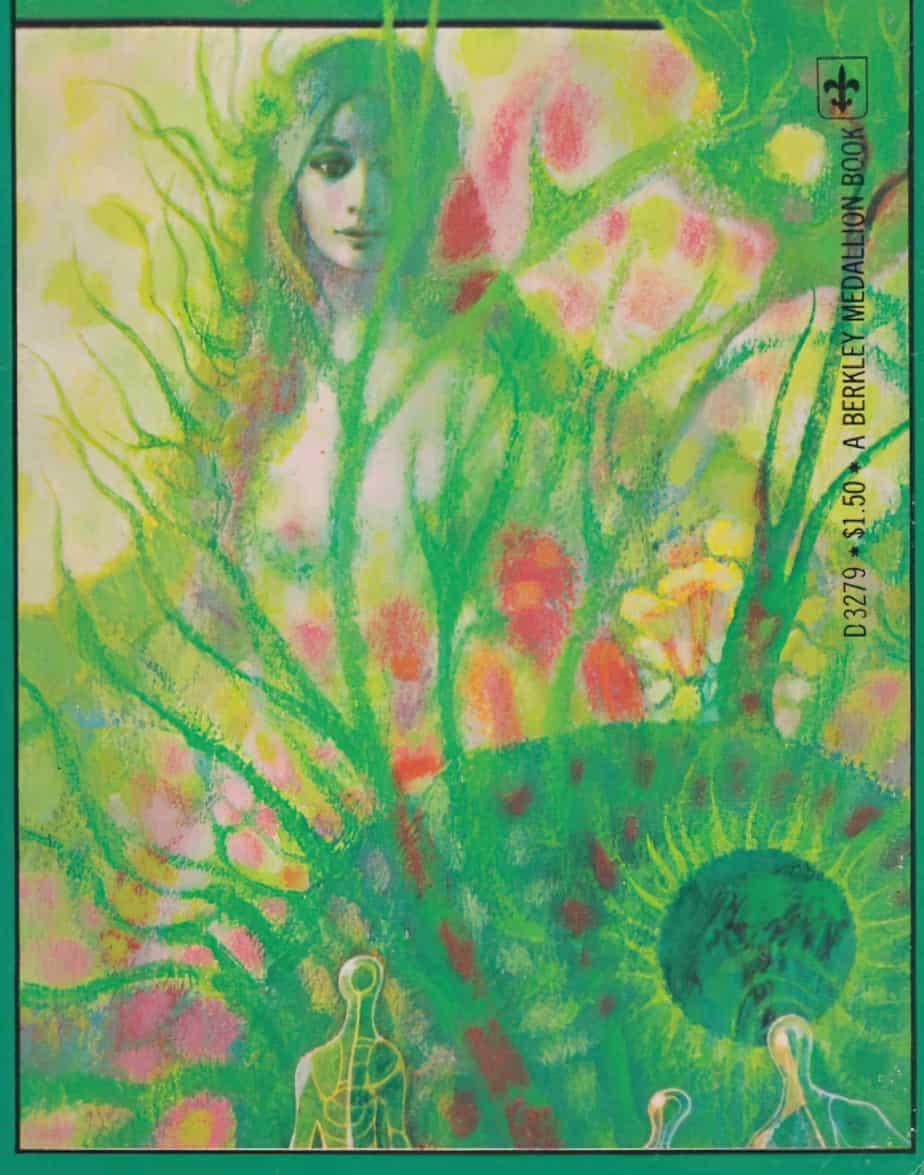
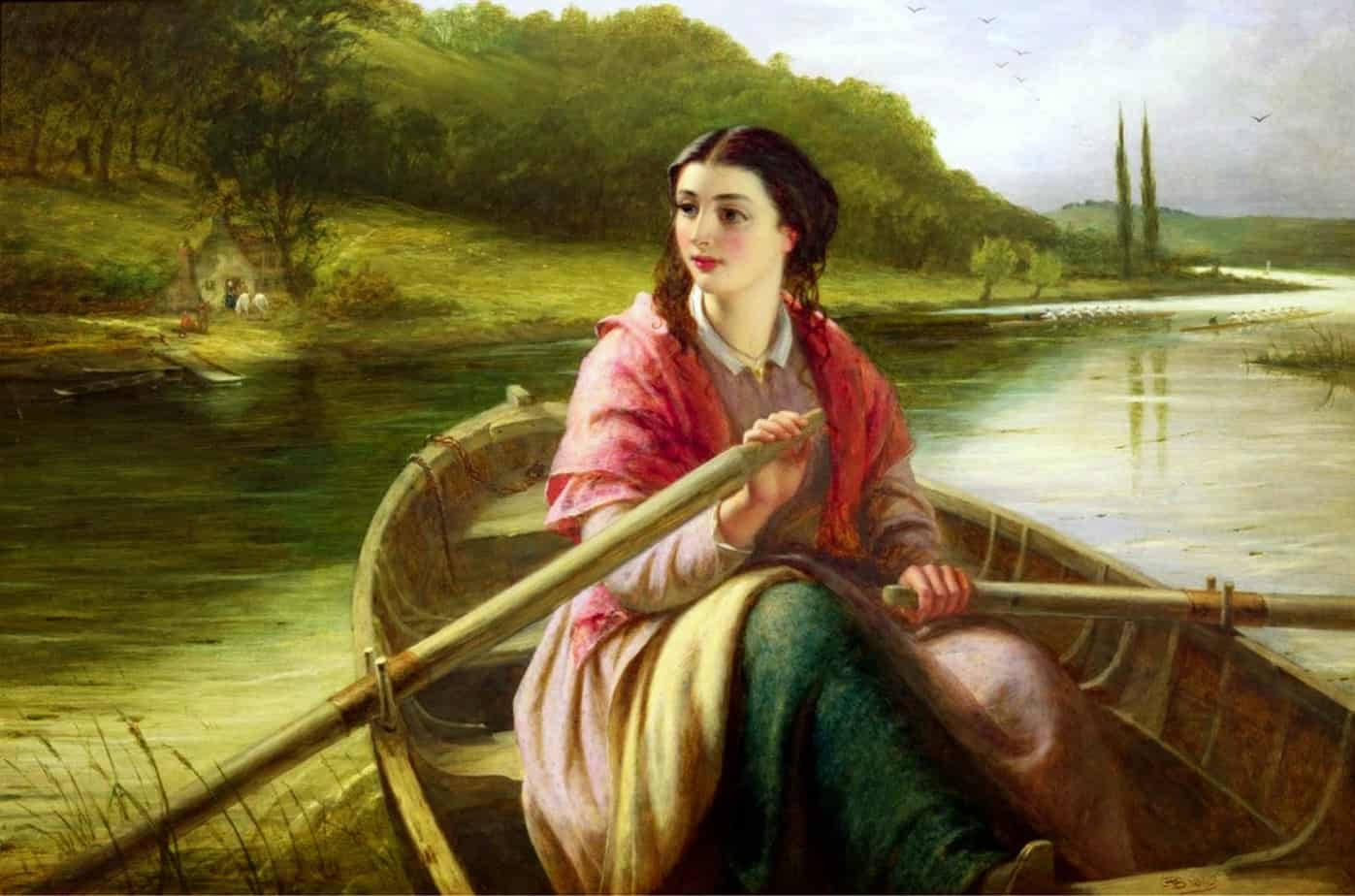
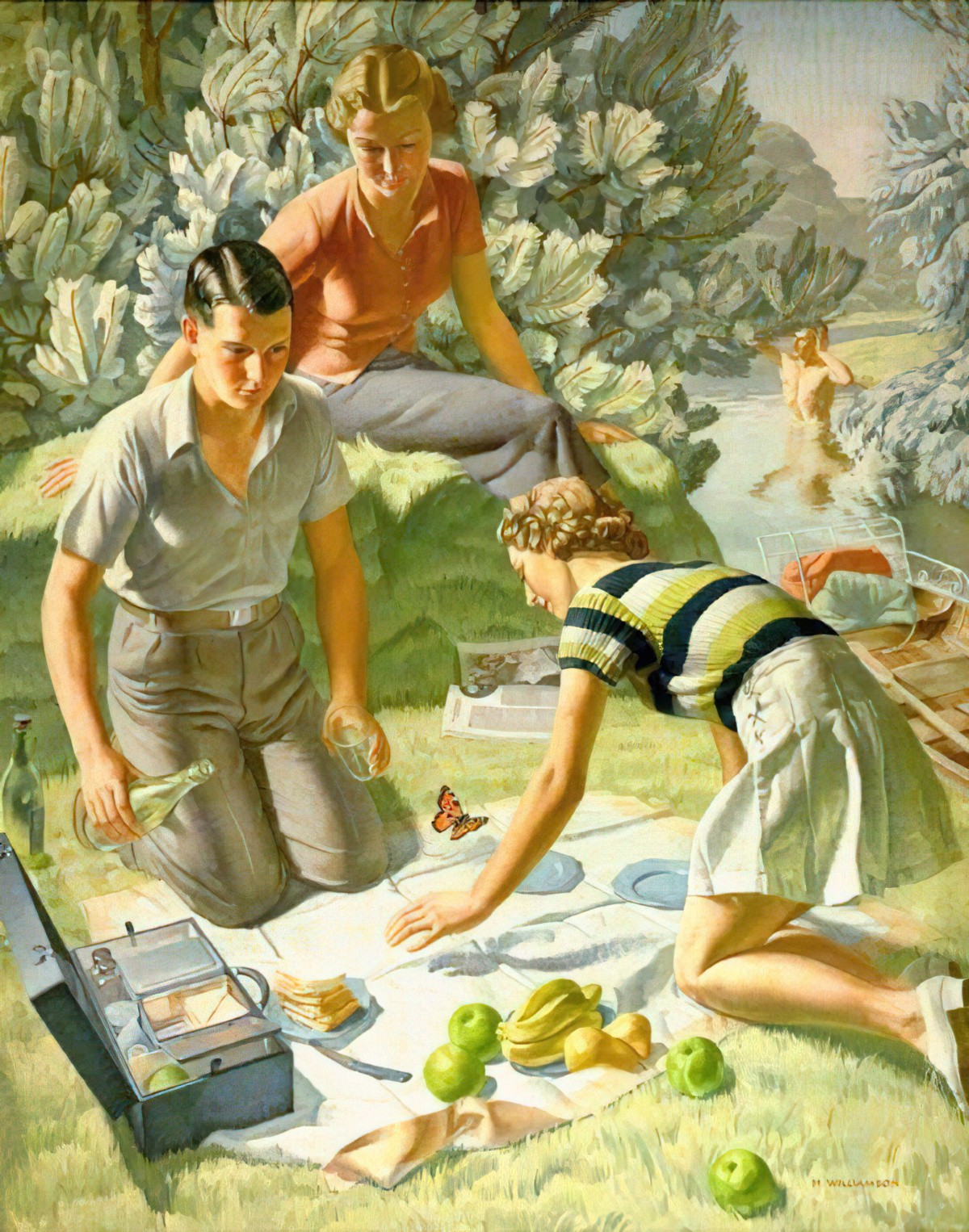
GREEN AND ENVY
William Shakespeare’s famous play, “Othello,” is a story that is wrought with jealousy. Othello’s best friend, Iago, manipulates Othello so successfully that the title character believes his wife has been unfaithful.
In his treachery, Iago describes jealousy as a “green-eyed monster which doth mock.” Chaucer and Ovid also use the phrase “green with envy.”
Some believe the colour green has been associated with jealousy dating back to the ancient Greeks. They believed jealousy occurred as result of the overproduction of bile, which turned human skin slightly green.
Sharecare
Shakespeare went with run-of-the-mill ‘green’ but Edmund Spenser (the English poet best known for “The Faerie Queene”) had his own weird word to describe jealousy: ‘whally’.
Lechery’s goat has “whally eies (the signe of gelosy) looking askance, with “wanton eyes”. I’m with Spenser on this. Goats do have freaky eyes.
You can only be jealous of someone who has something you think you ought to have yourself.
Margaret Atwood
GREEN AND SEDUCTION
Green indeed is the colour of lovers.
Adriano de Armado, Loves Labours Lost

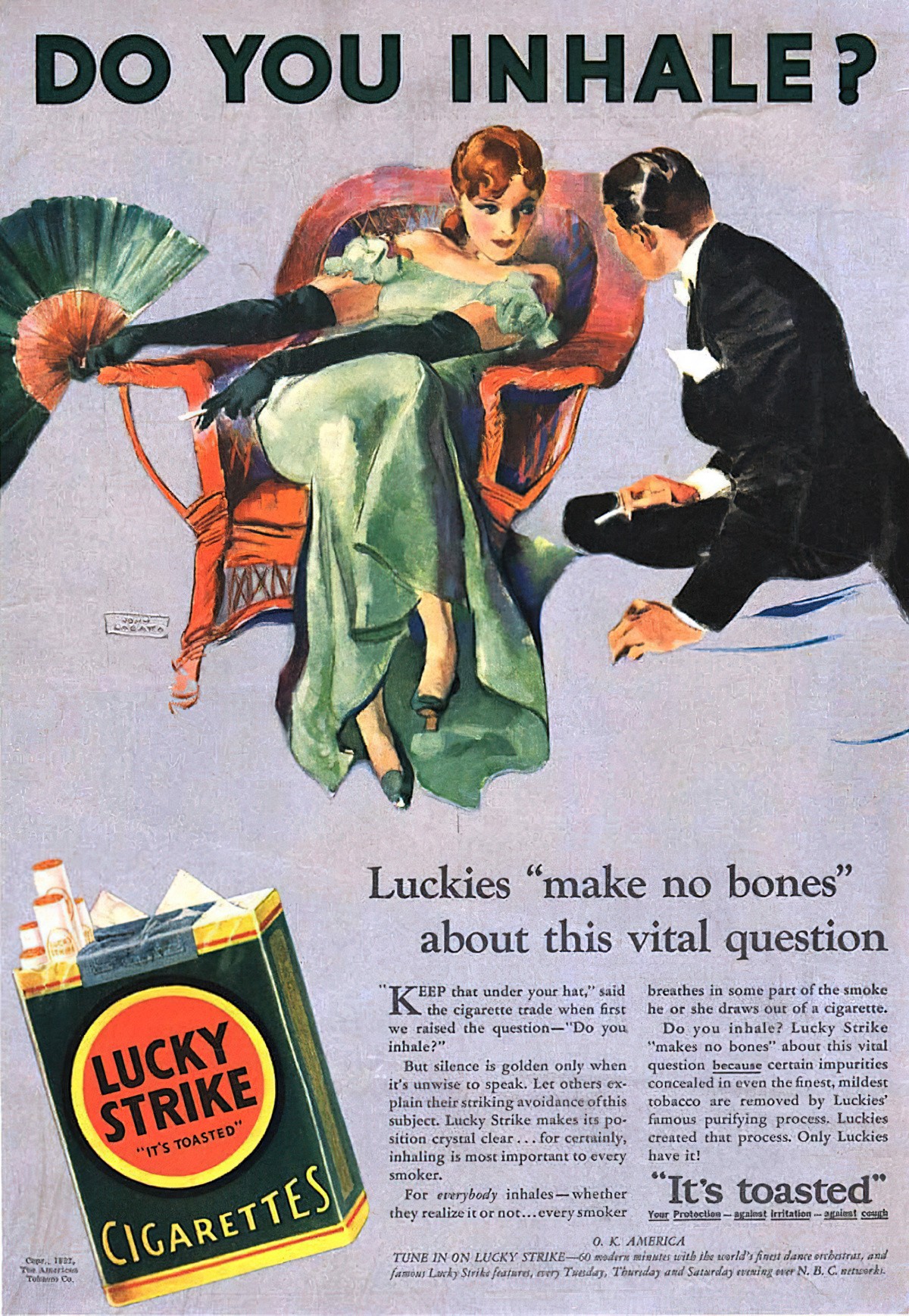
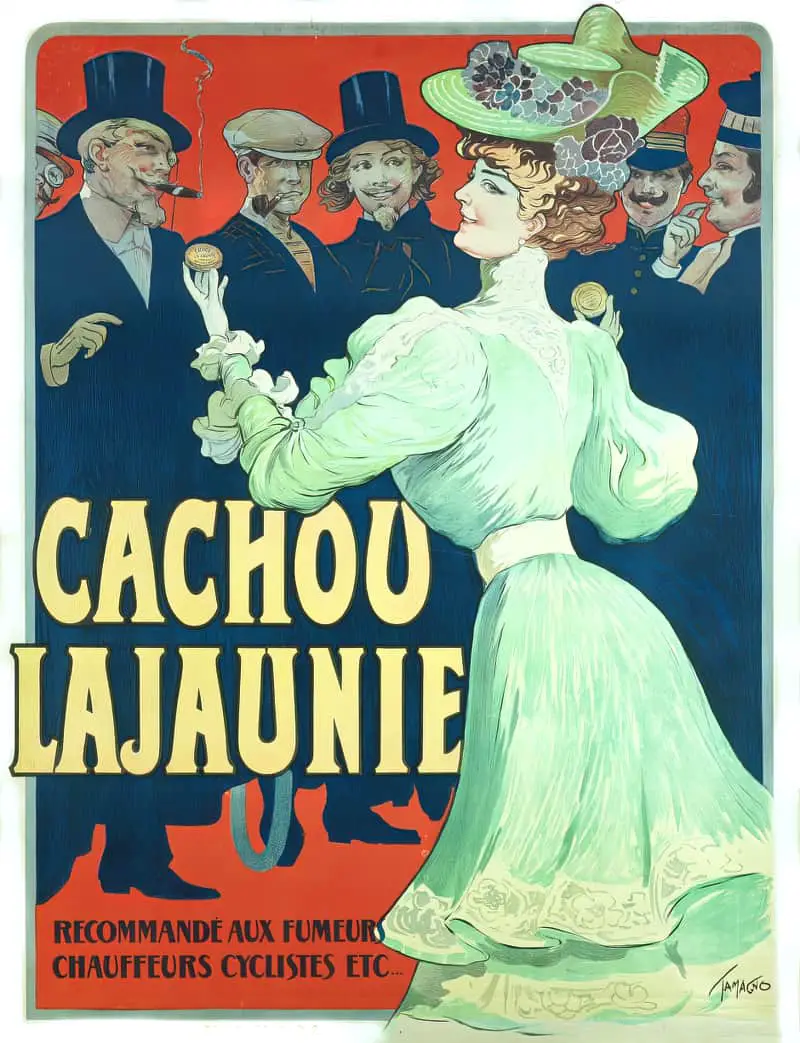
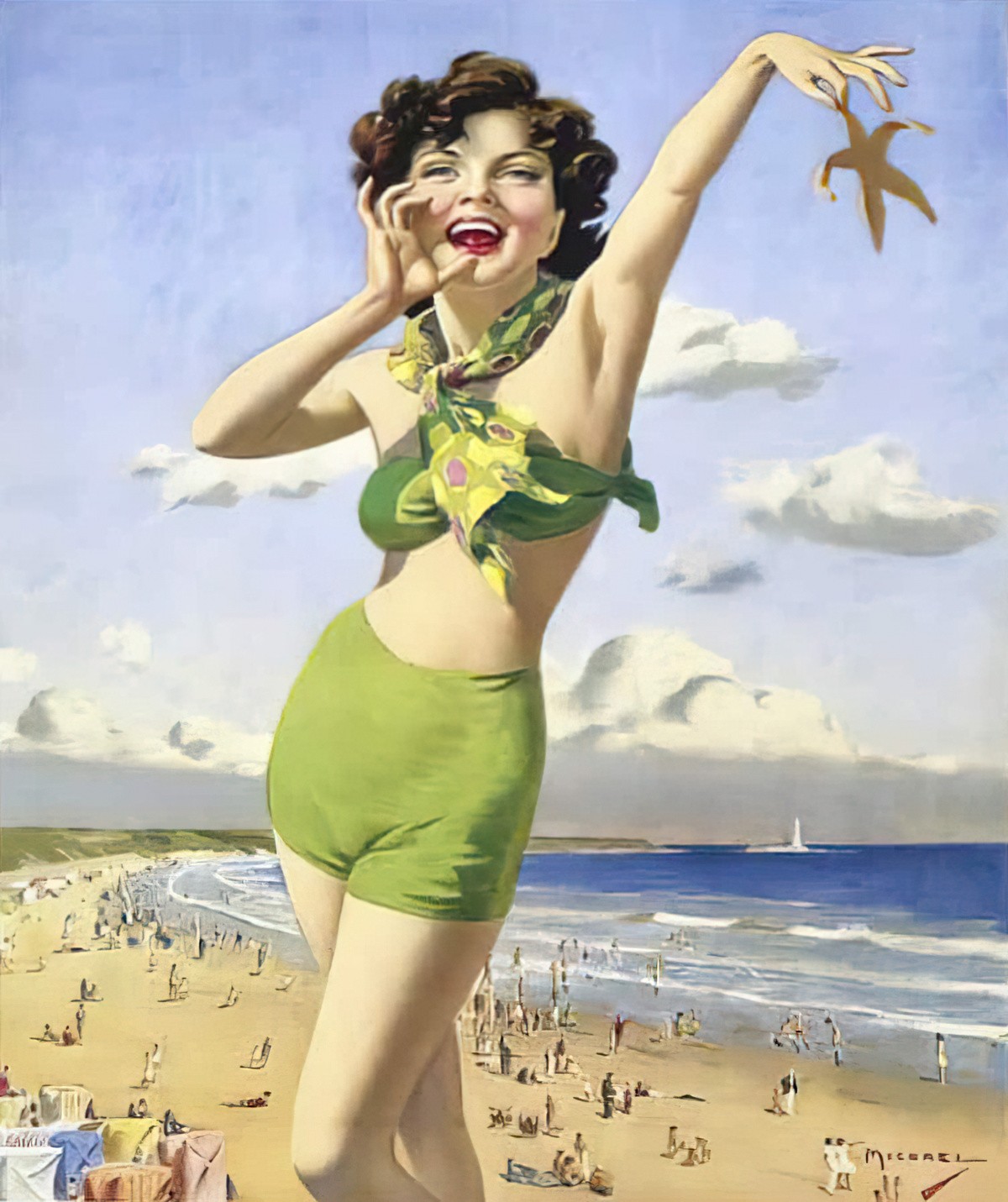
GREEN AND THE ‘OTHER’
Why are witches green? (It’s not just witches. Green and blue are used to depict inhuman creatures in art.)
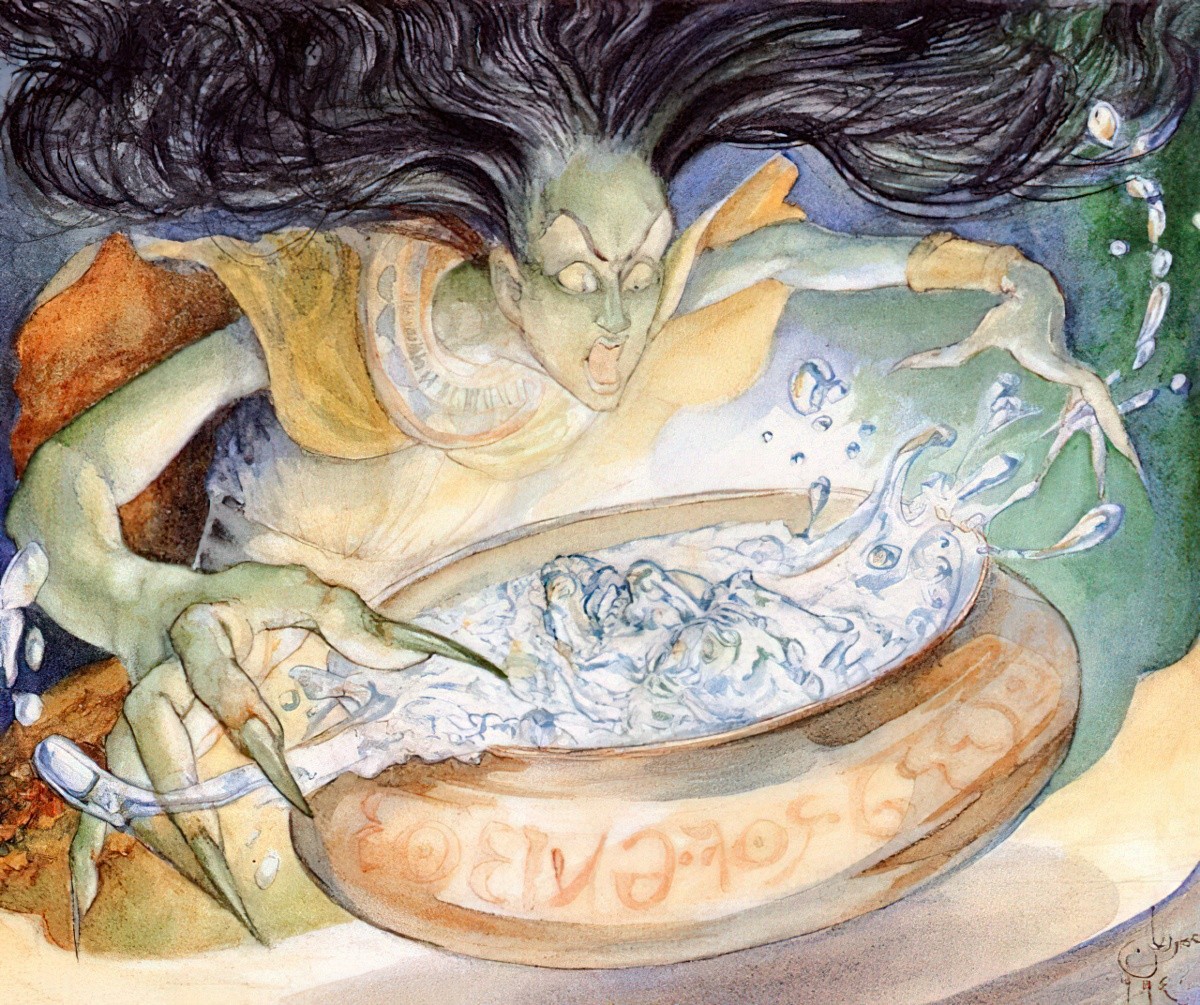
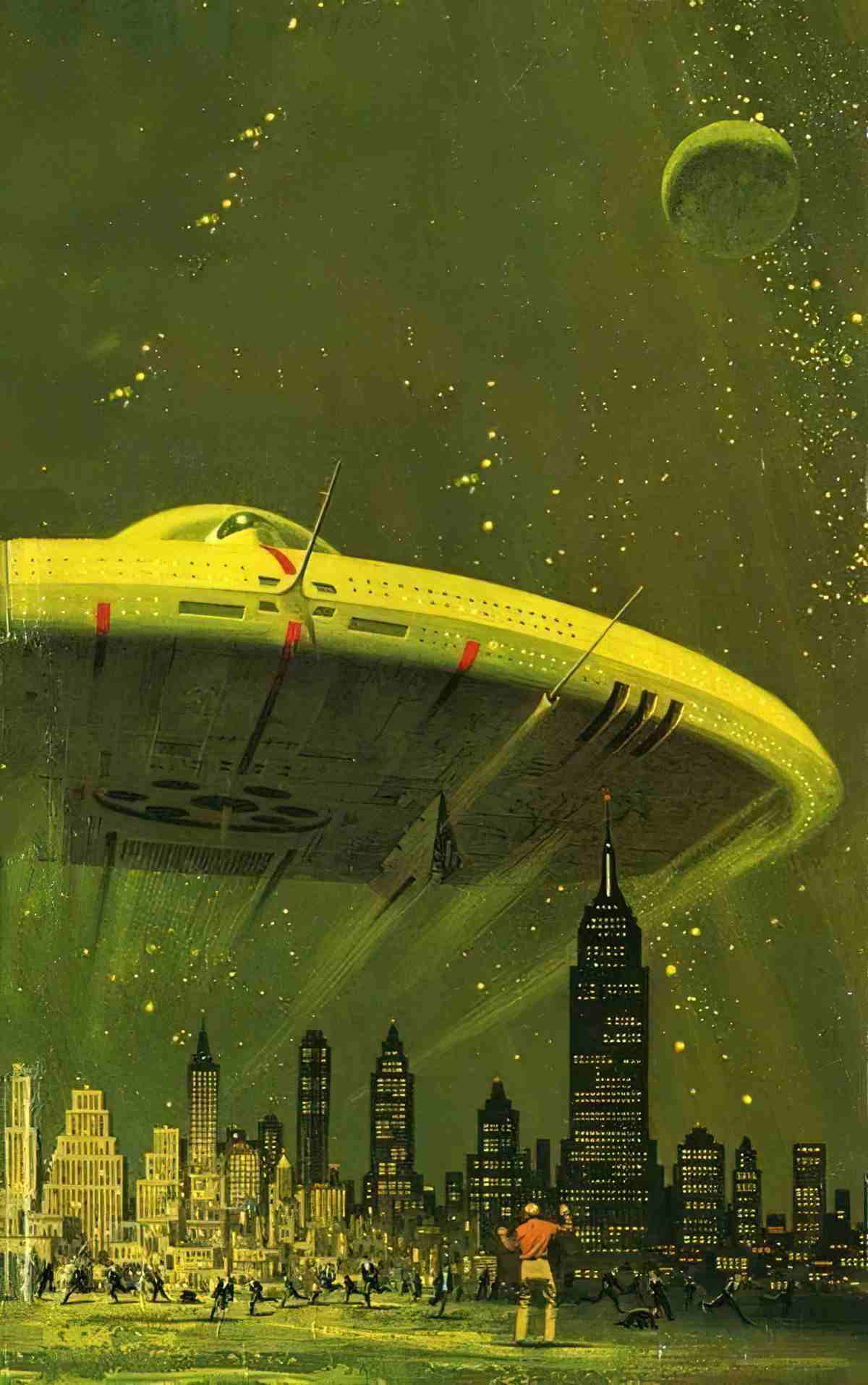
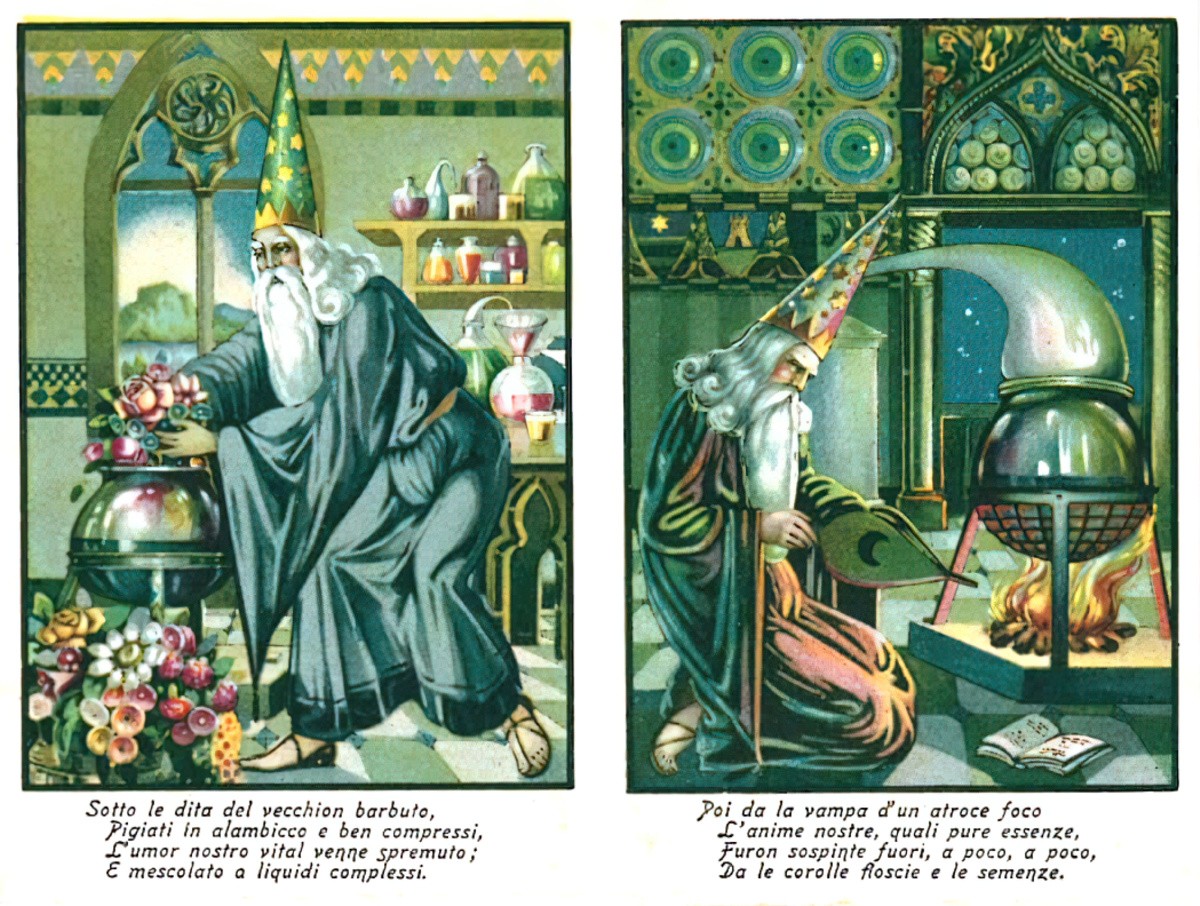
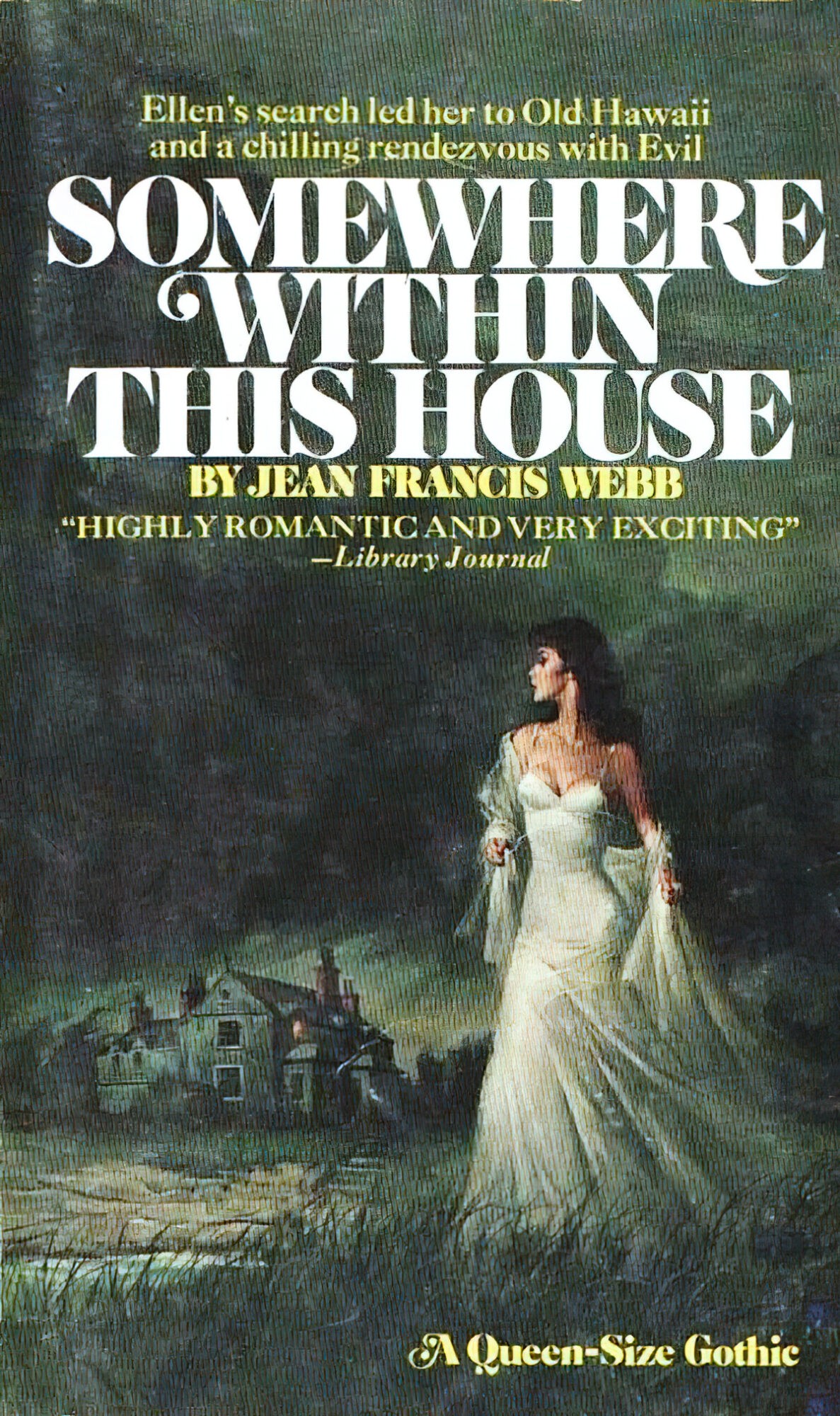
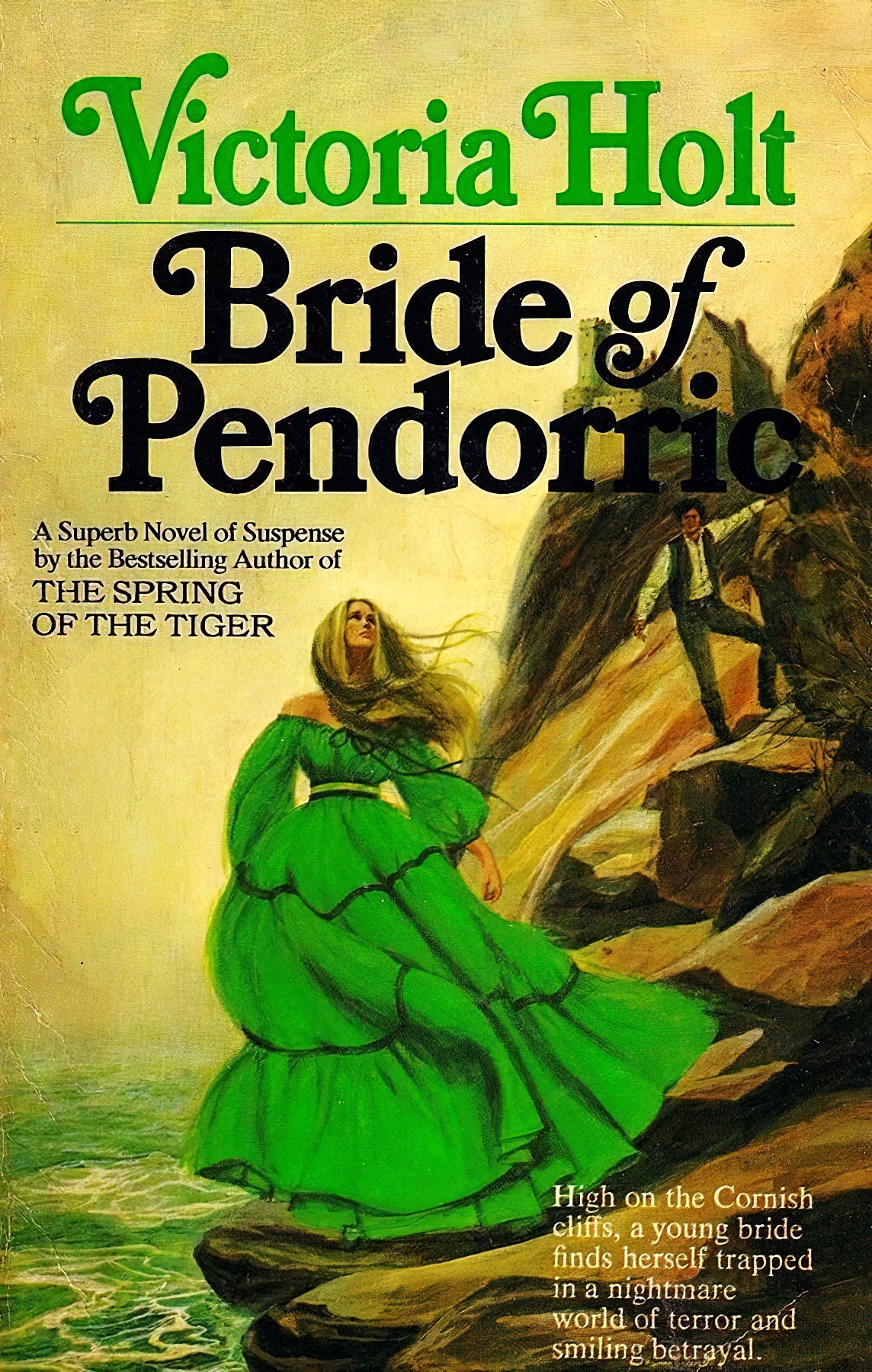
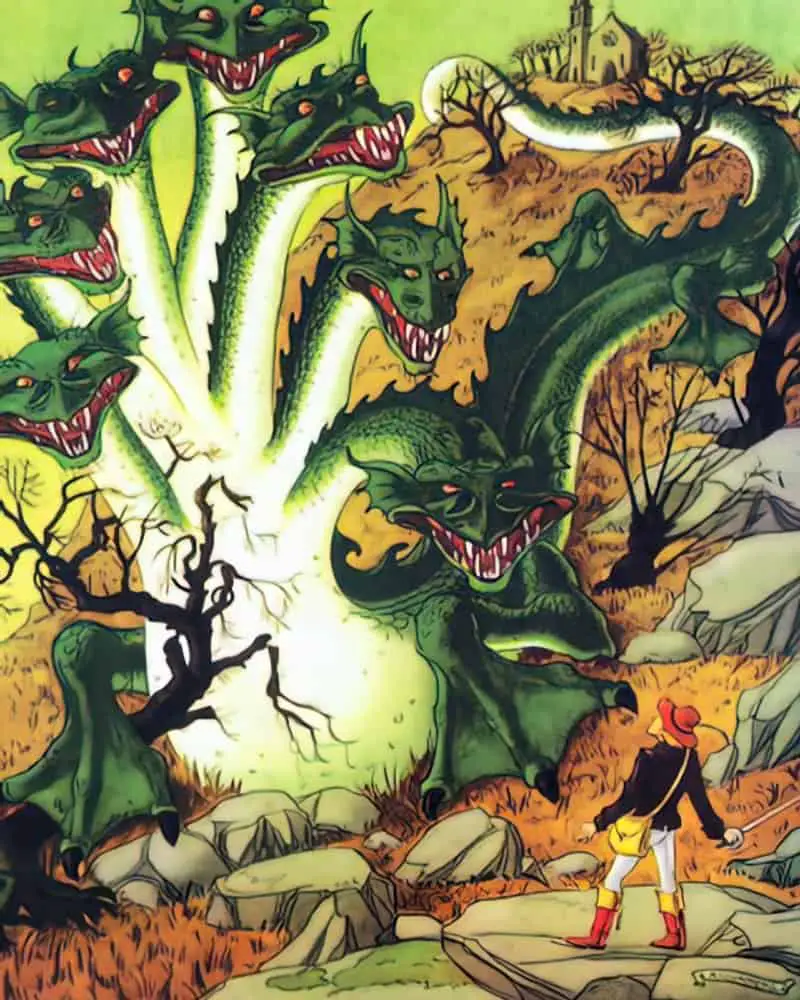
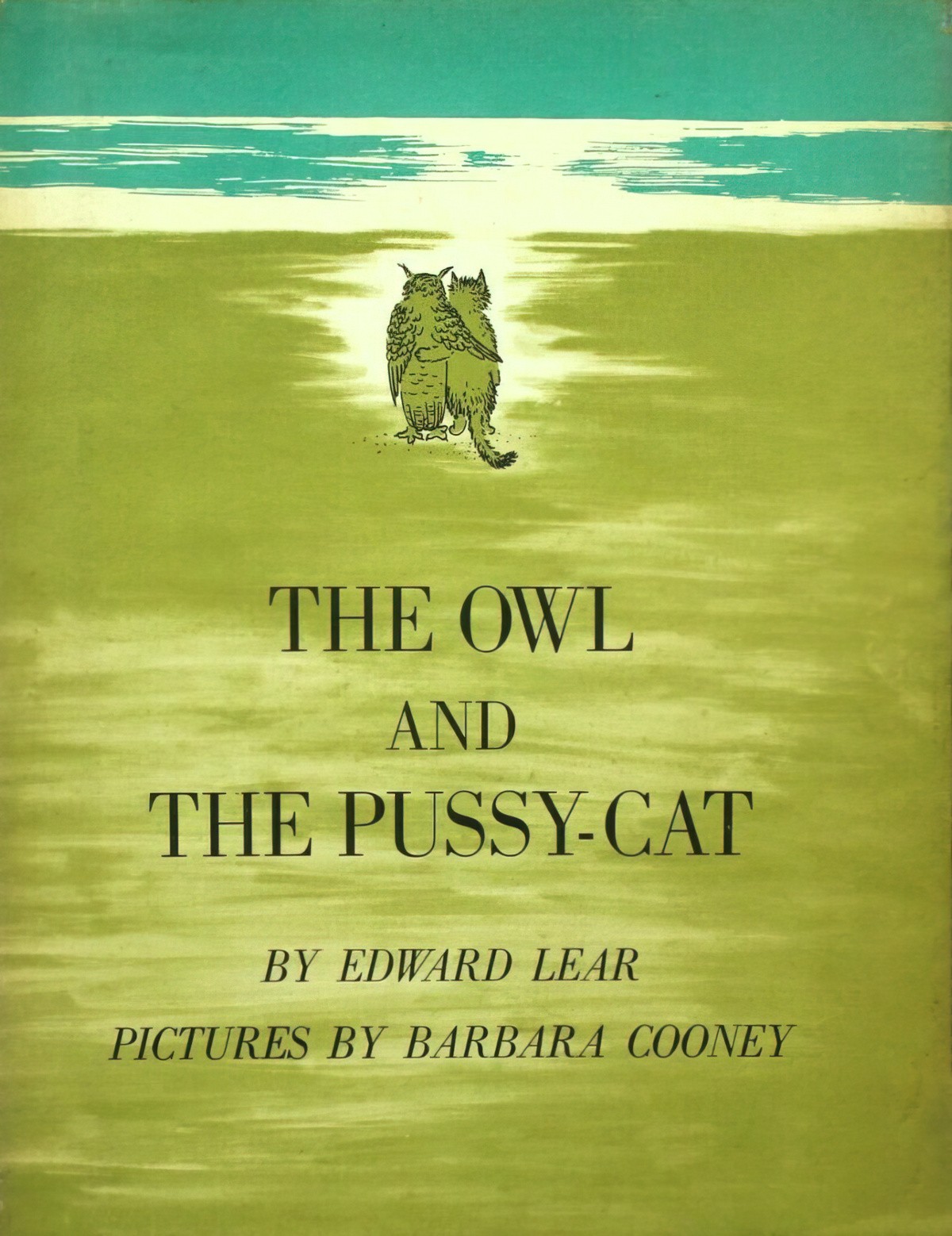
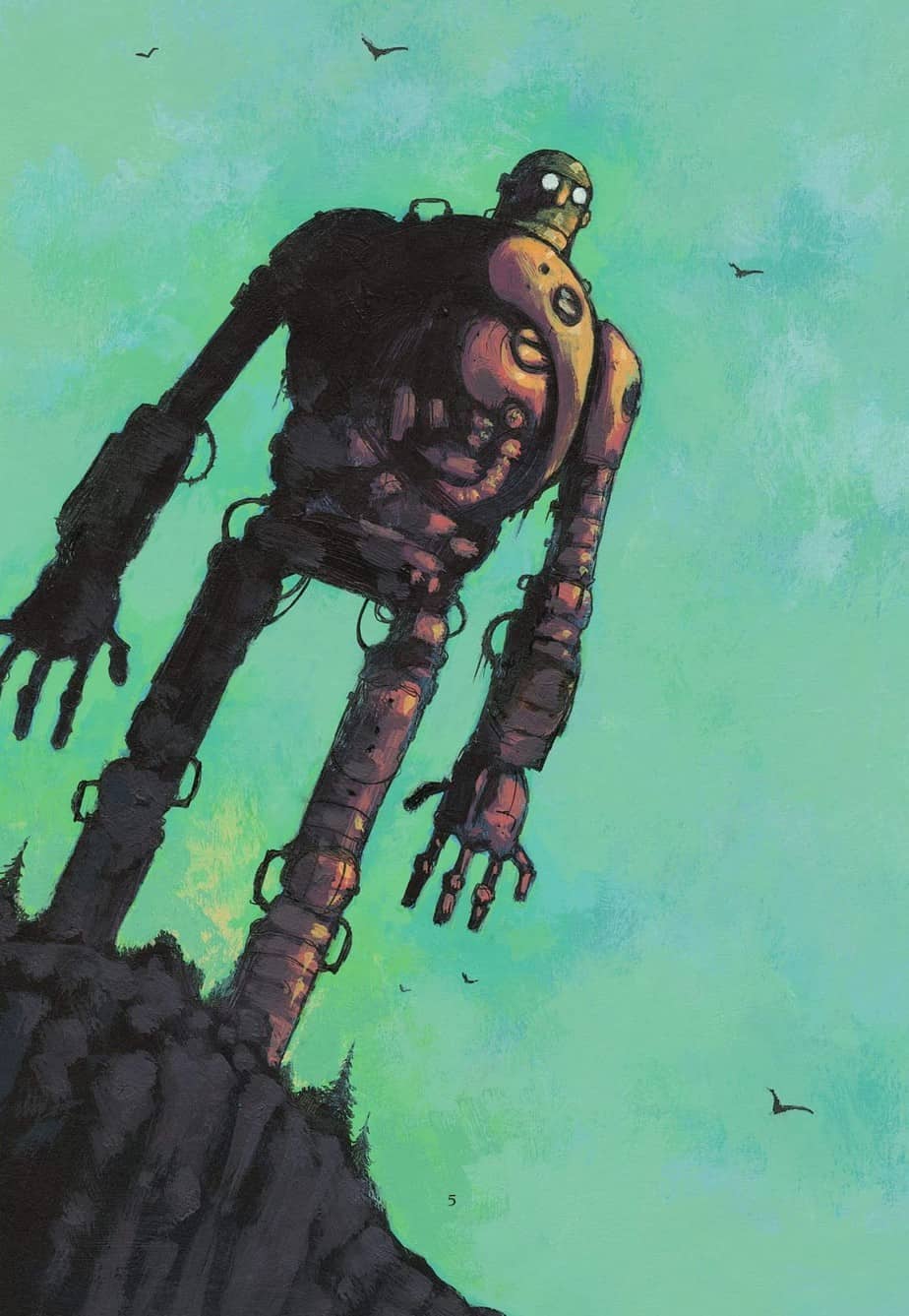
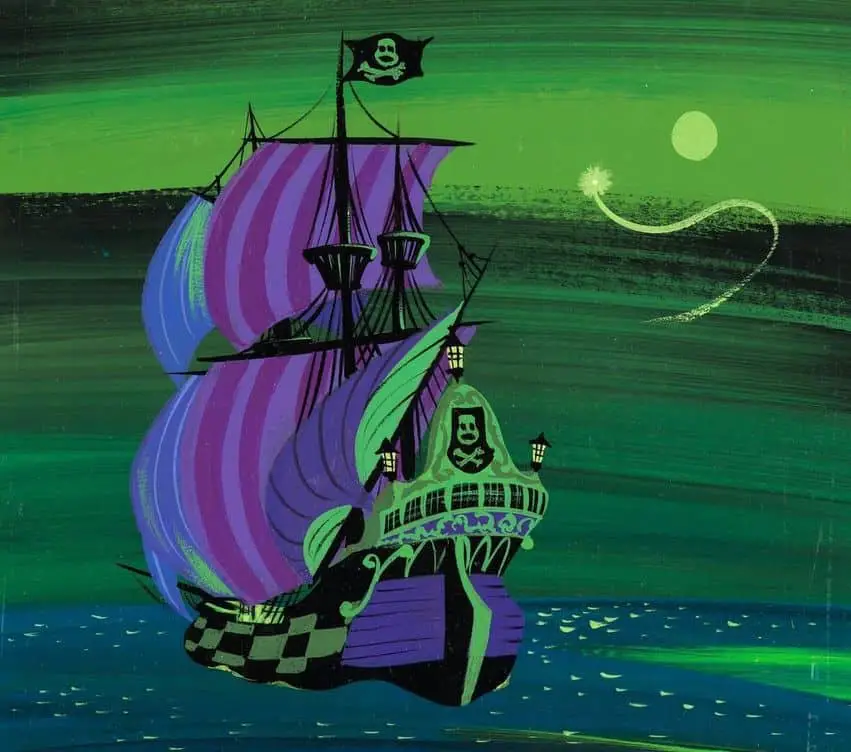
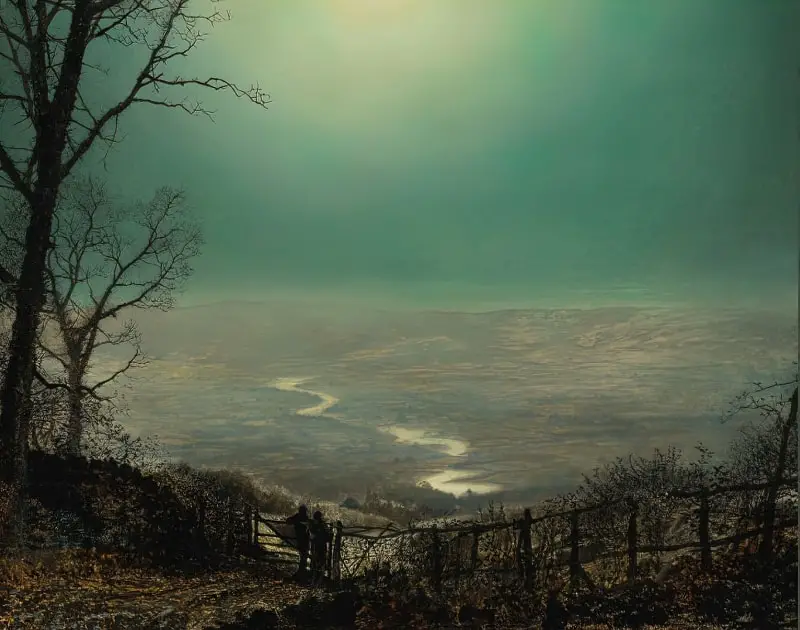
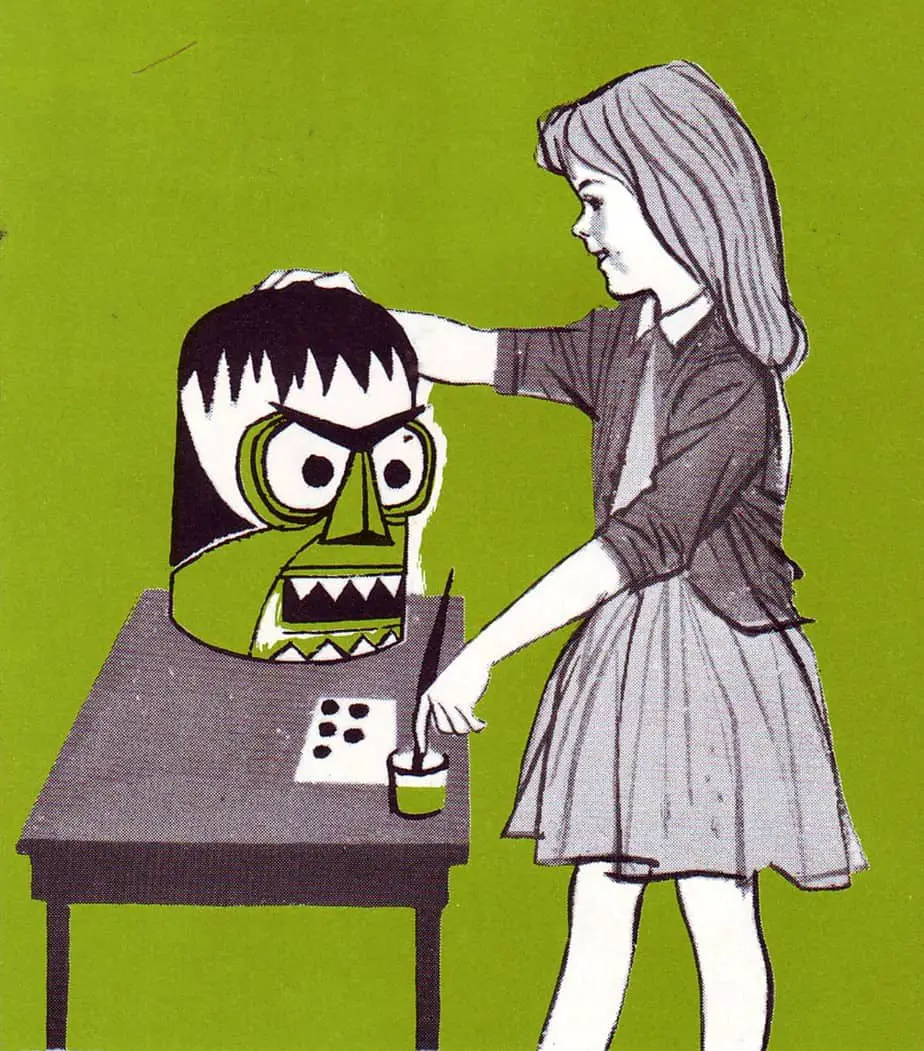
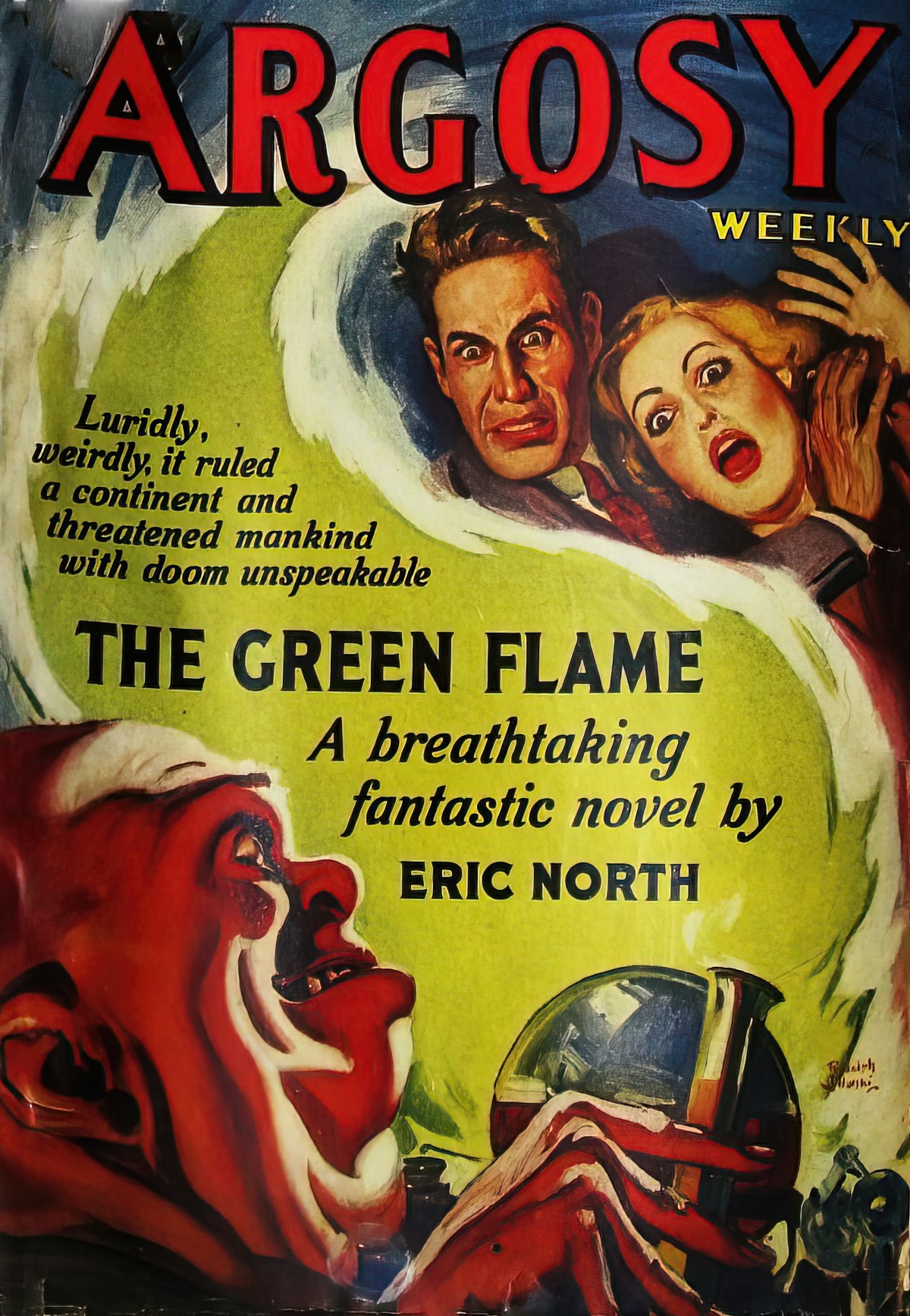
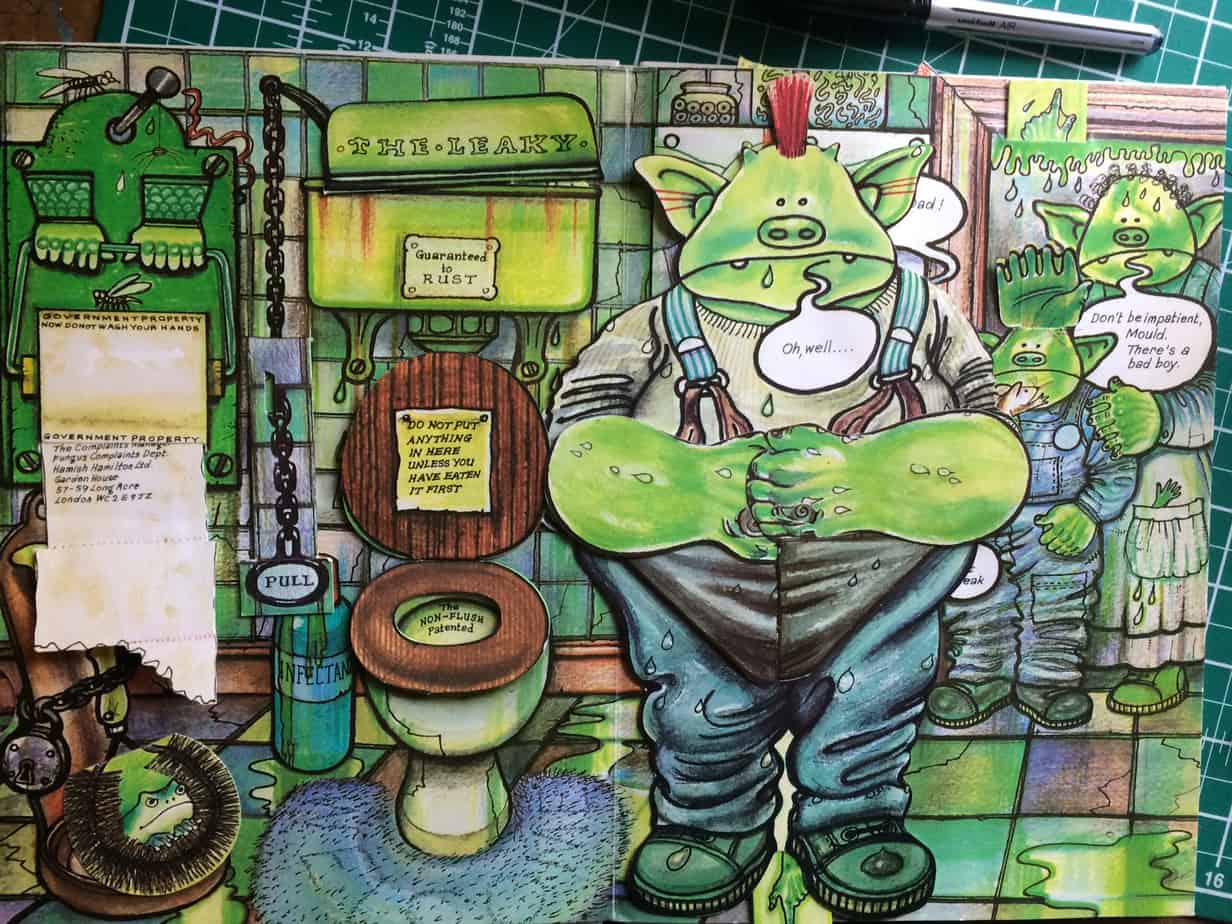
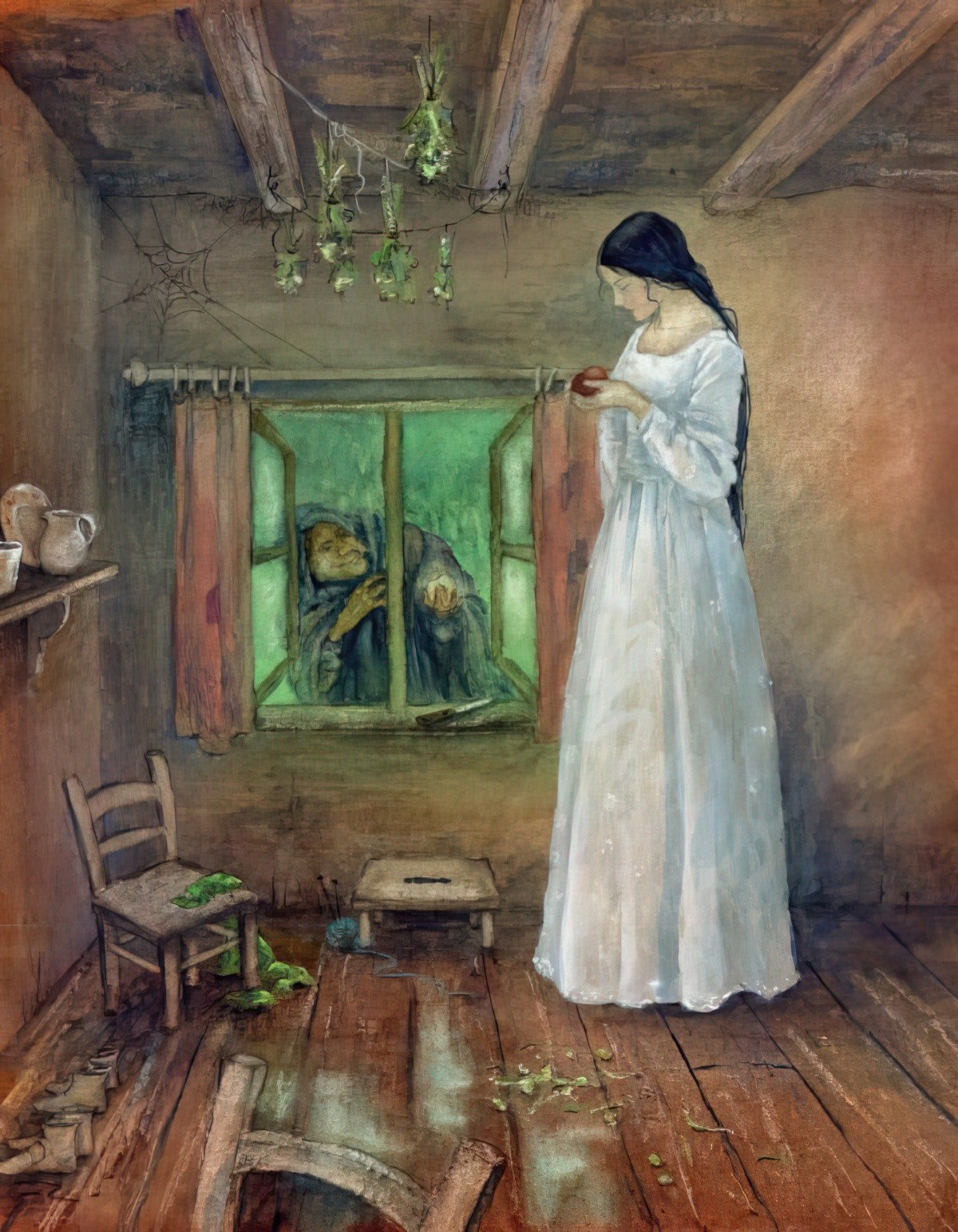
GREEN AND FAIRIES
Speaking of the strange and the Other, fairies are strongly linked to the colour green. Green might be a sign that fairies are present.
An old Somerset tradition advises mothers not to dress their children in green until after the Christening (lest they be taken by the fairies).
Absinthe, is a distilled, anise-flavoured spirit. Traditionally, the spirit is green from the inclusion of green anise, and this is where the nickname, “la fée verte” or “The Green Fairy” comes from. But the actual name of the spirit comes from the plant “Artemisia absinthium” (commonly referred to as “wormwood” or “grand(e) wormwood”) from which absinthe derives much of its flavour. Wormwood contains thujone, which is where the notion that it is a hallucinogen comes from in the first place.
What is Absinthe? Will I Hallucinate and See A Green Fairy?
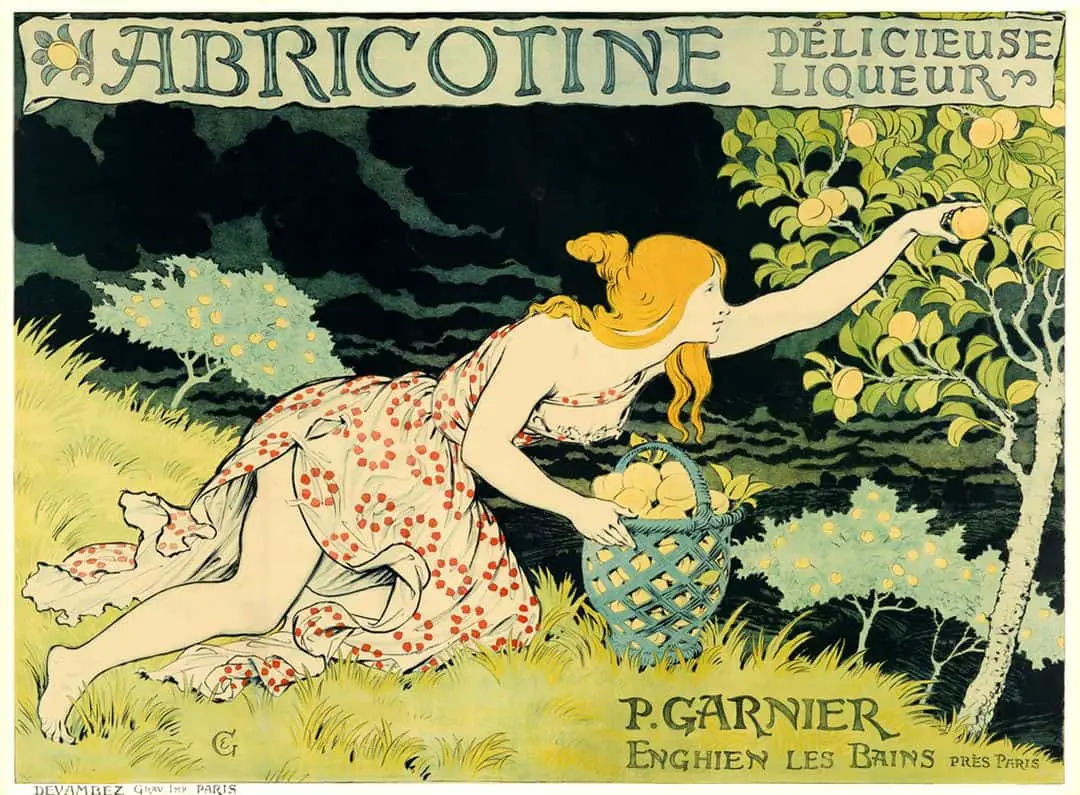
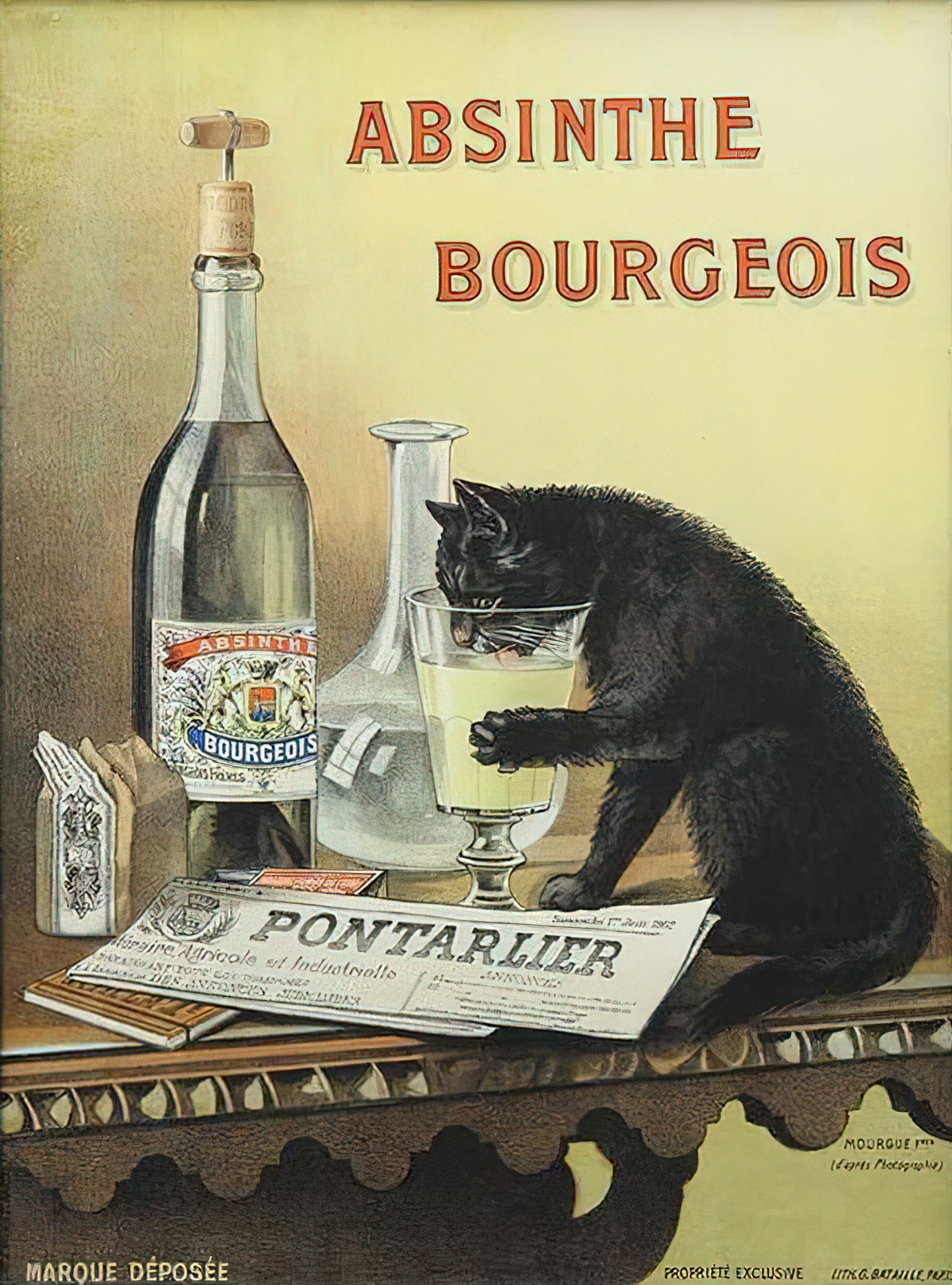
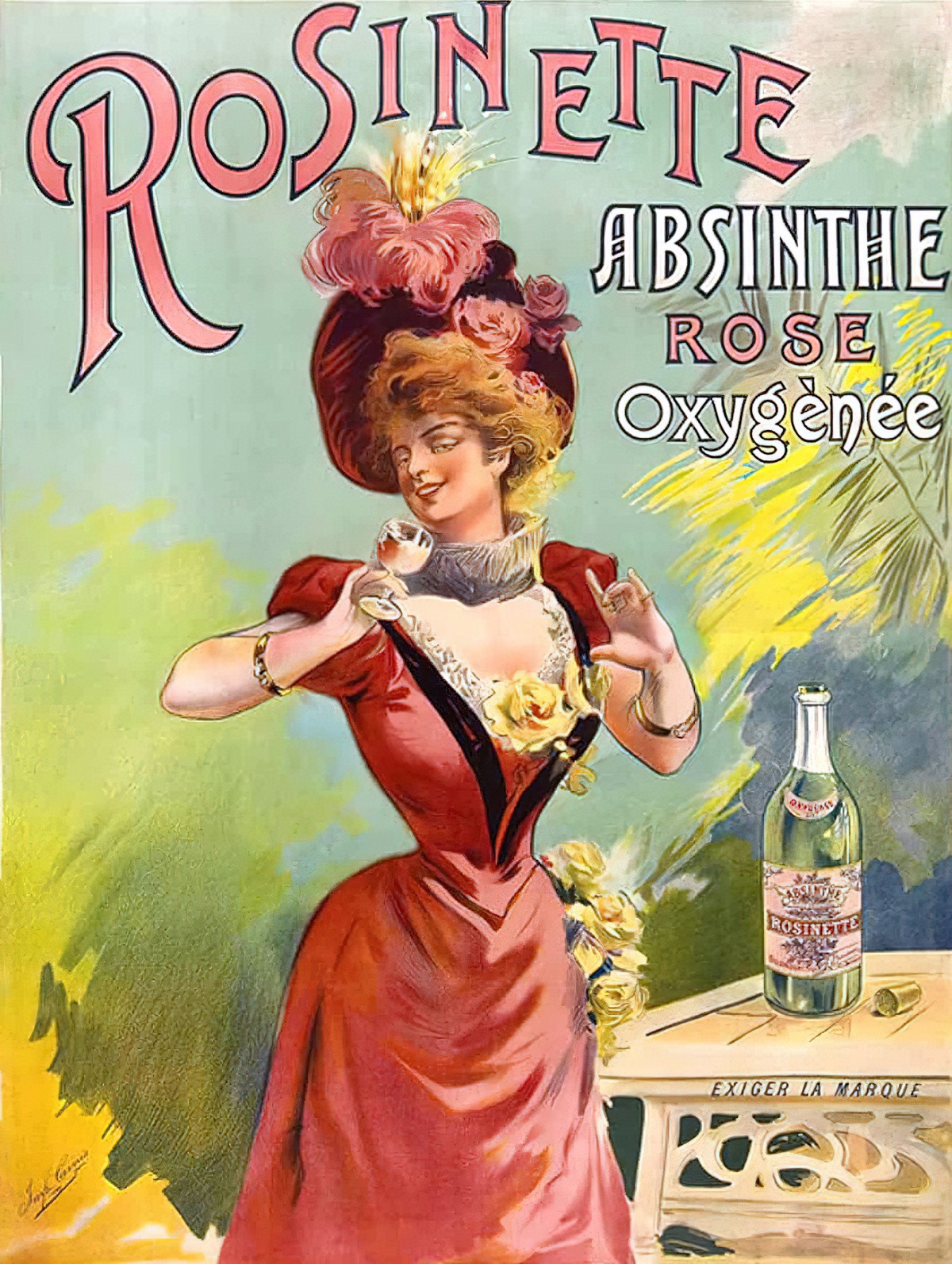
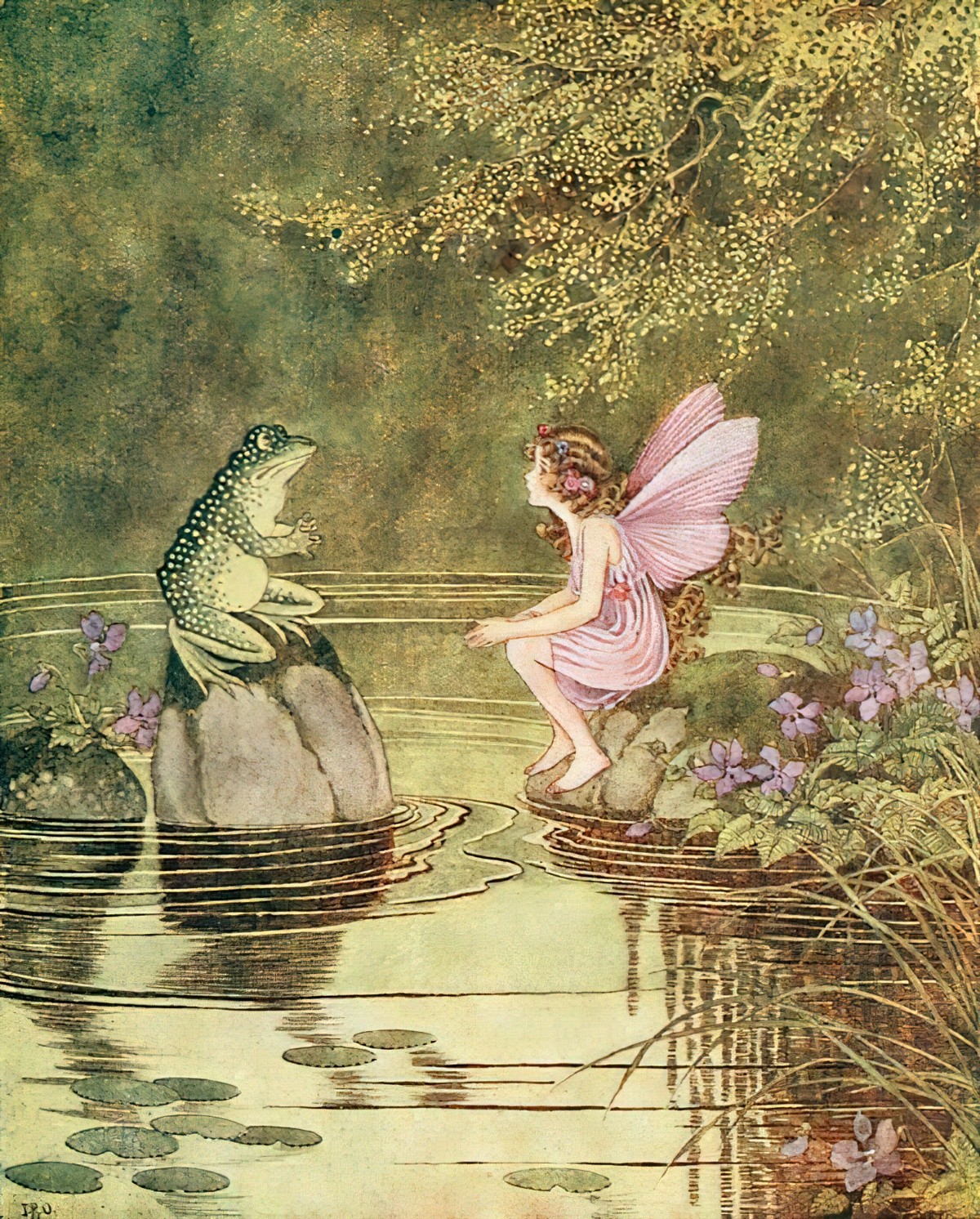
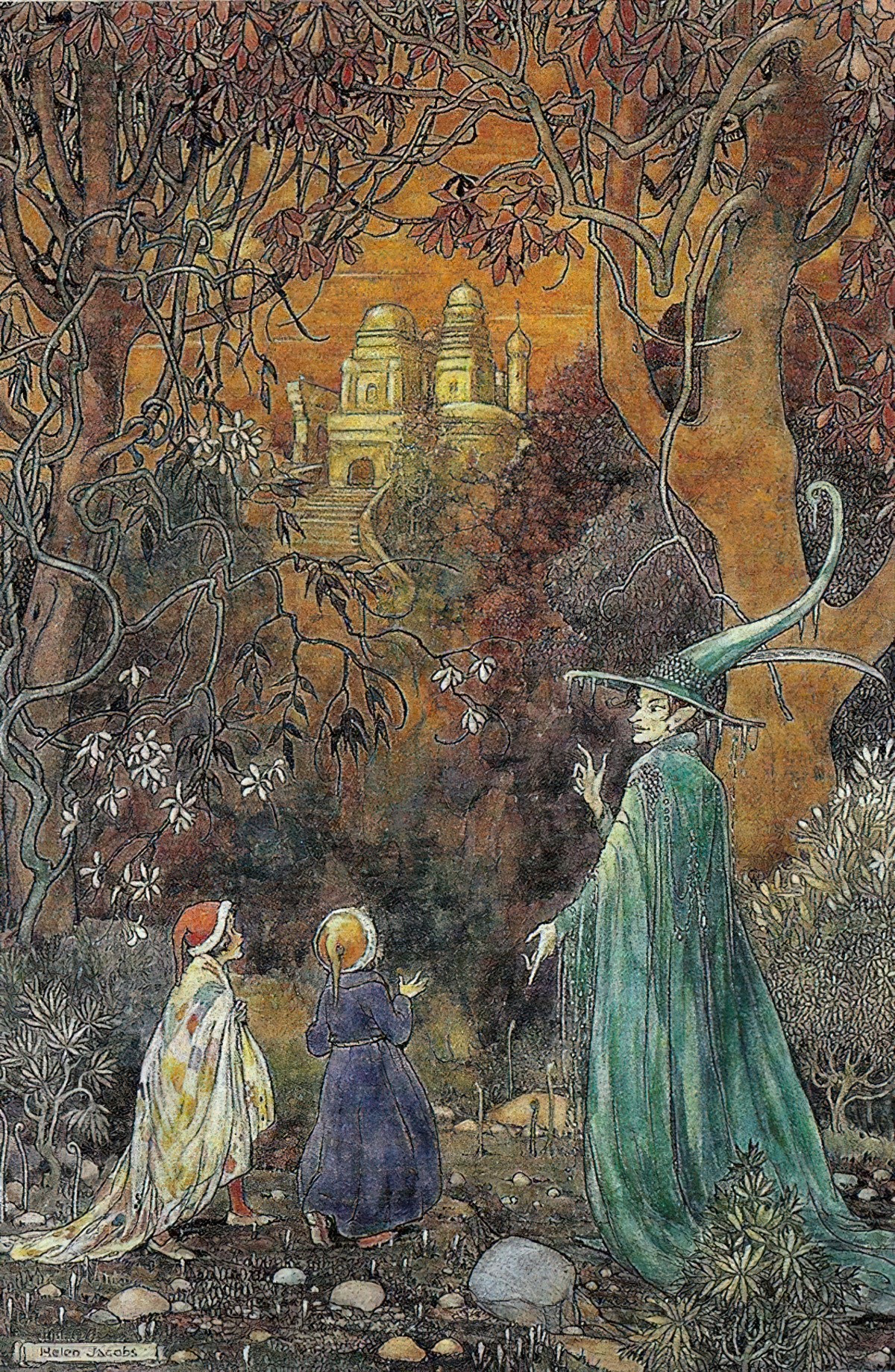
When people believed it was dangerous to utter the word ‘fairy’, they could dress in green to secretly express the idea that fairies were the topic of conversation.
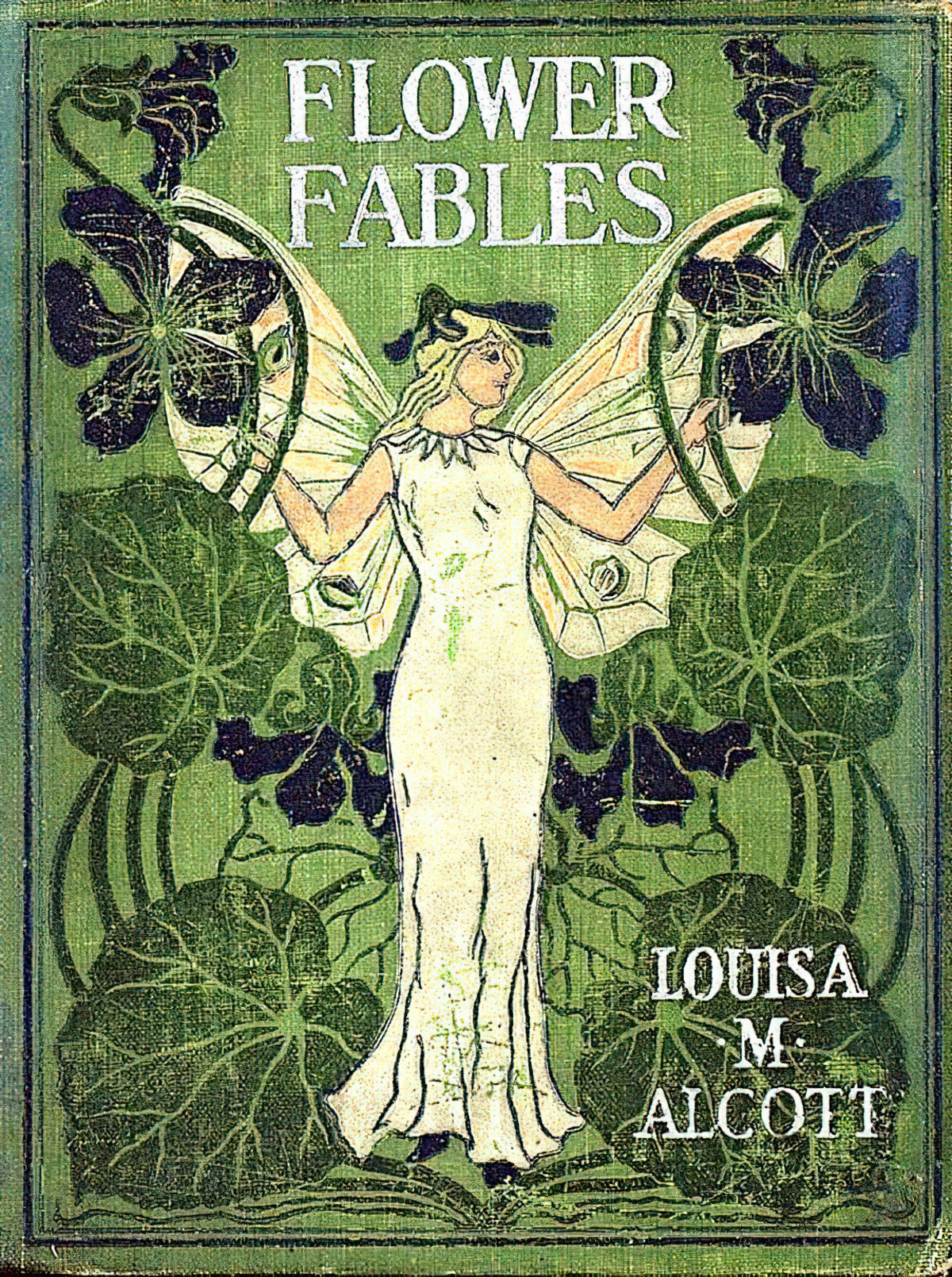
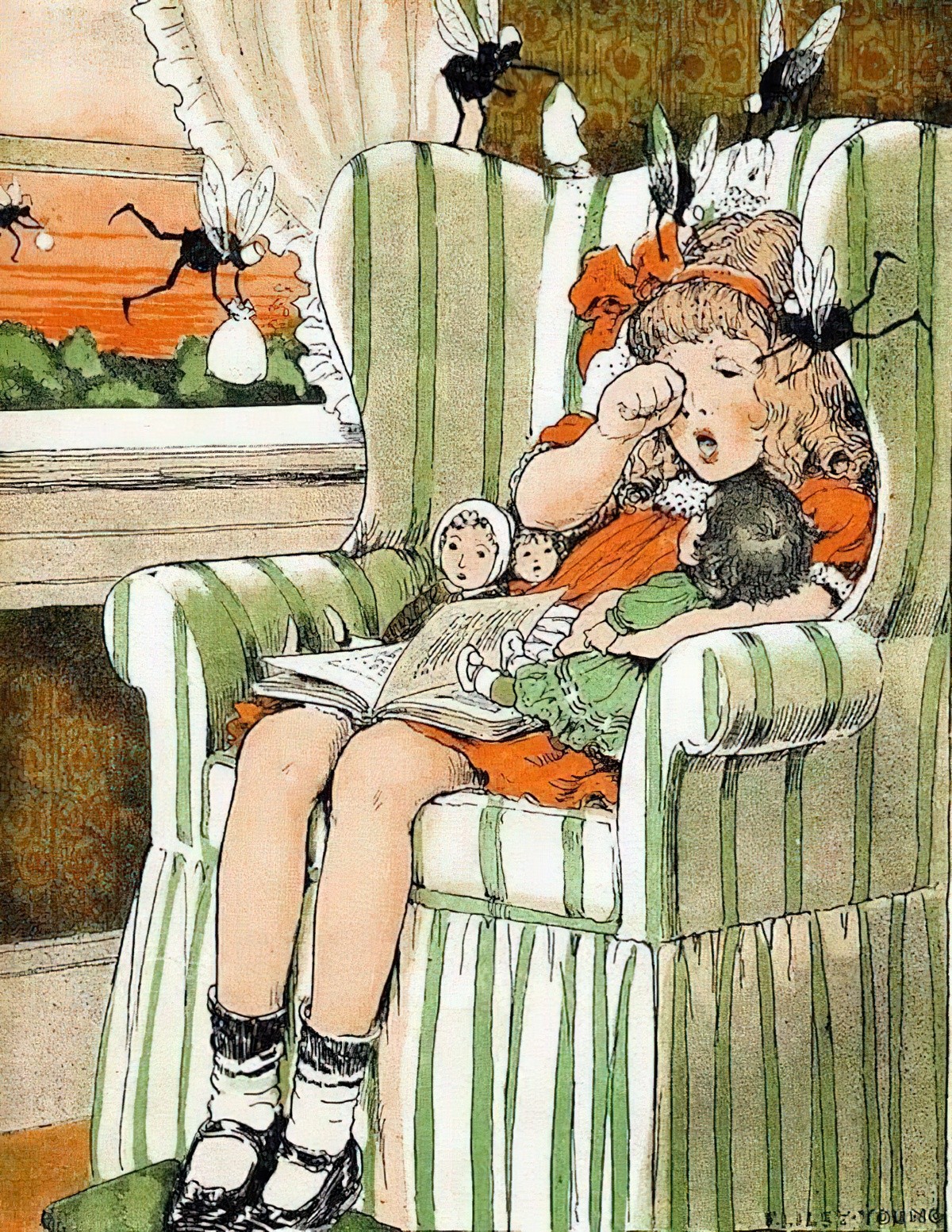
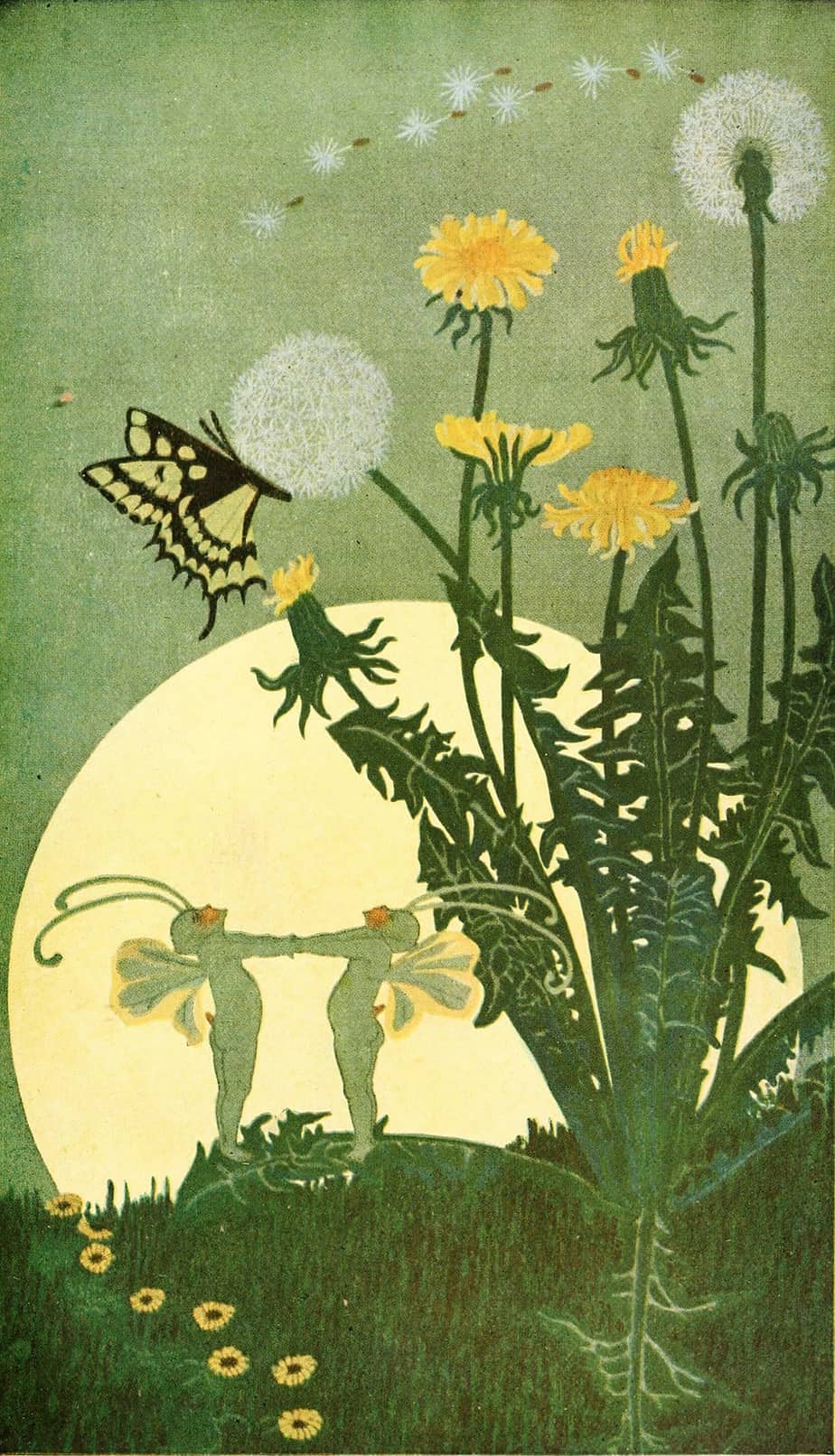
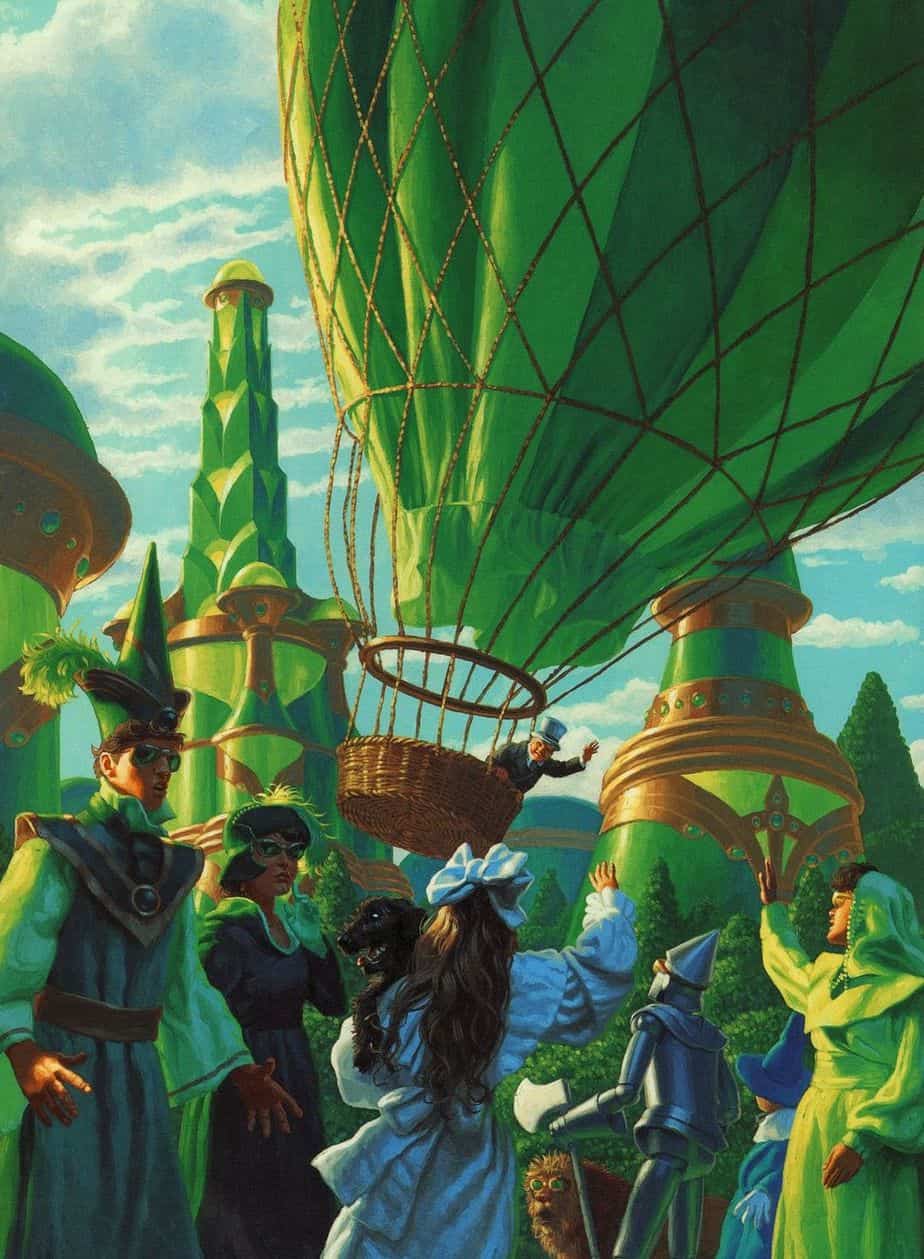
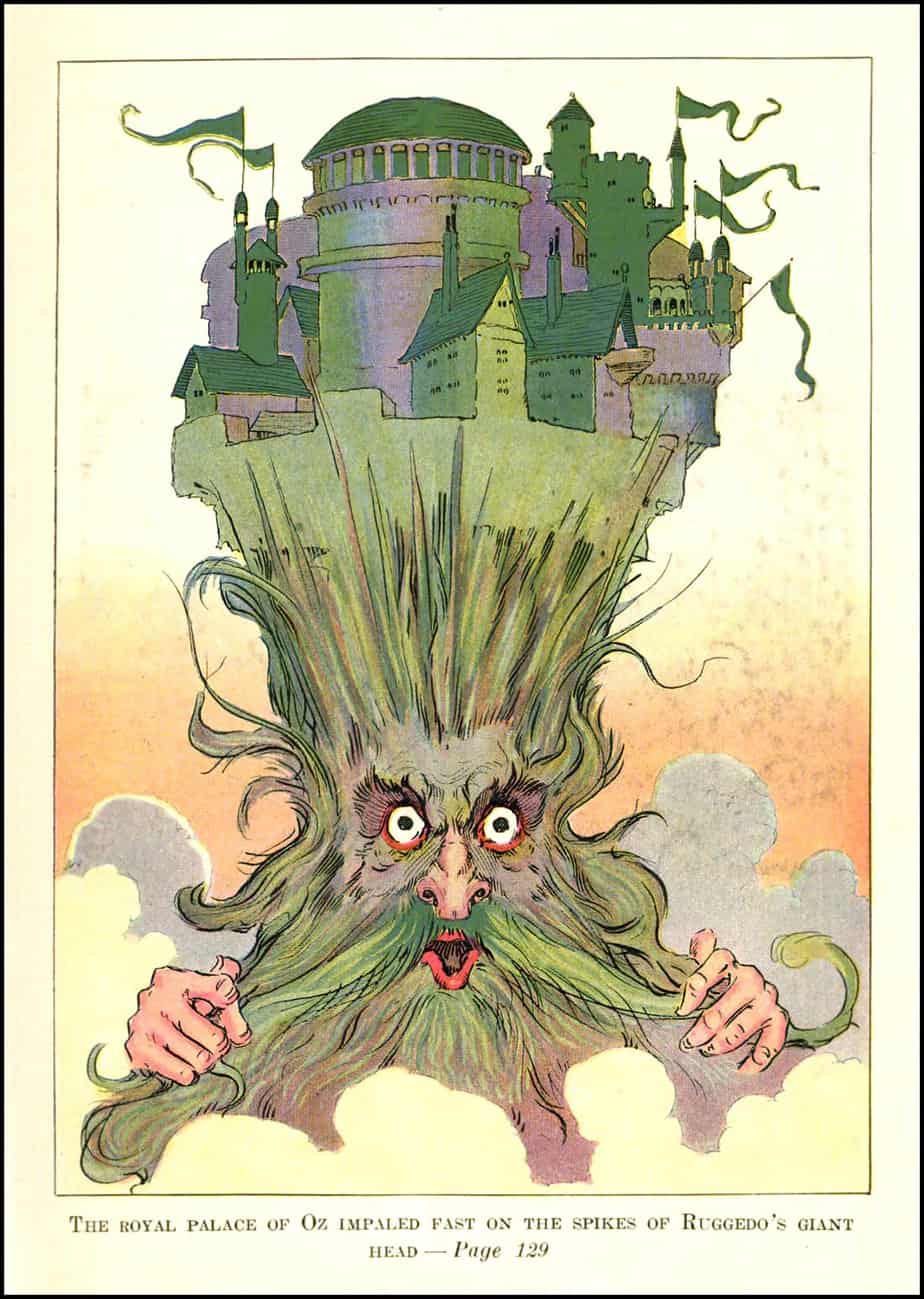
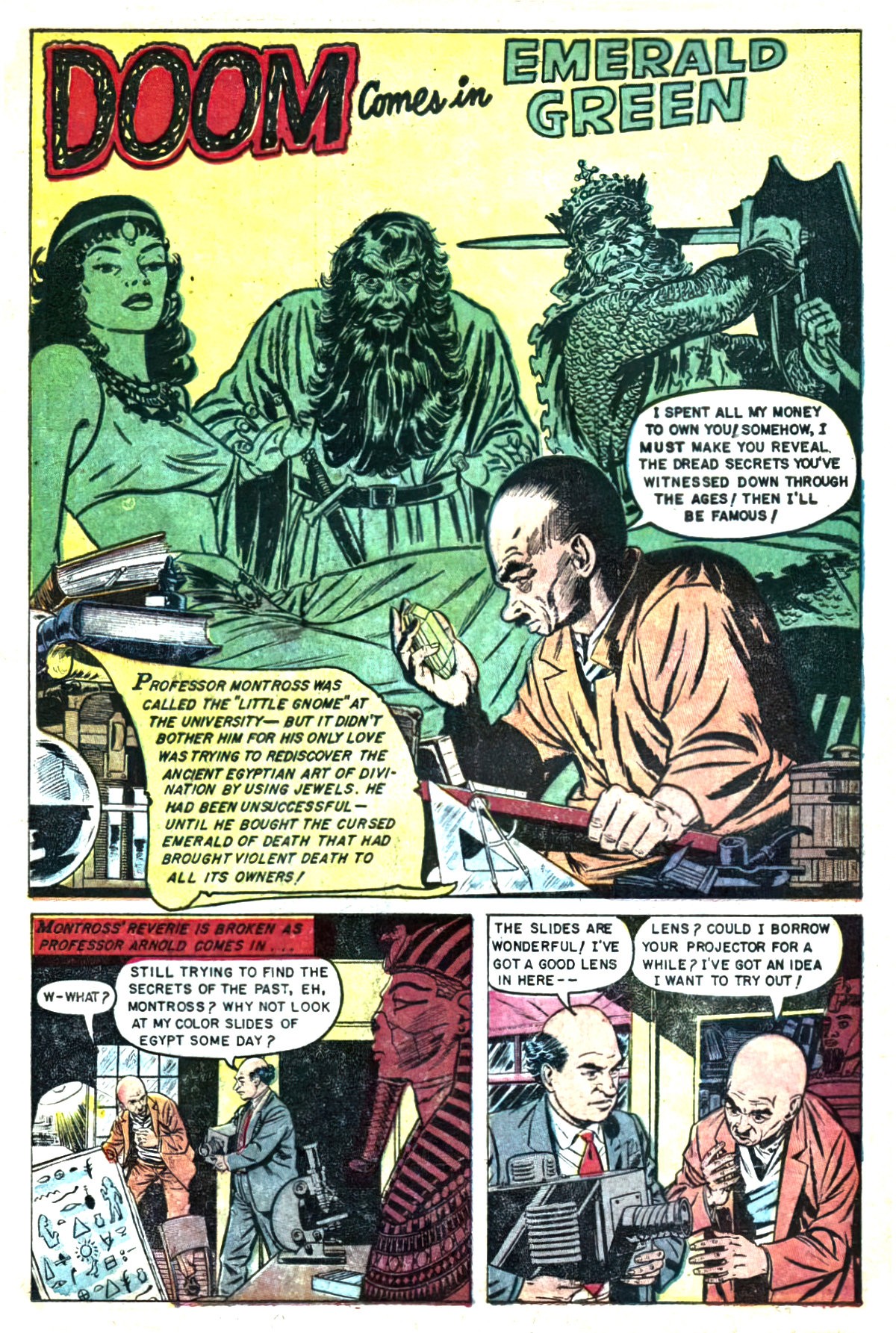
Albert W. Hampson’s woman in his illustration “St Patricks Day” reminds me of the middle-aged women Leyendecker loved to paint. Green is now the colour of St. Patricks Day but this wasn’t always the case. Royal blue was previously the national colour of Ireland. Since fairies are important to Irish lore, and because of the fairy-green link, I wondered if this had anything to do with the switch to green as a national colour. My second guess was landscape related: The first thing you notice if you travel to Ireland (at least from England or Australia, not so much from New Zealand) is how bright green the place is. I’m right about the landscape but wrong about the fairies. Ireland’s colour is green for religious reasons. In the 1640s the Irish Catholic Confederation started to make use of the green harp flag. The Irish flag is green, white and orange. The green still represents the Catholicism and the orange the Protestant side,. White symbolises peace between them.
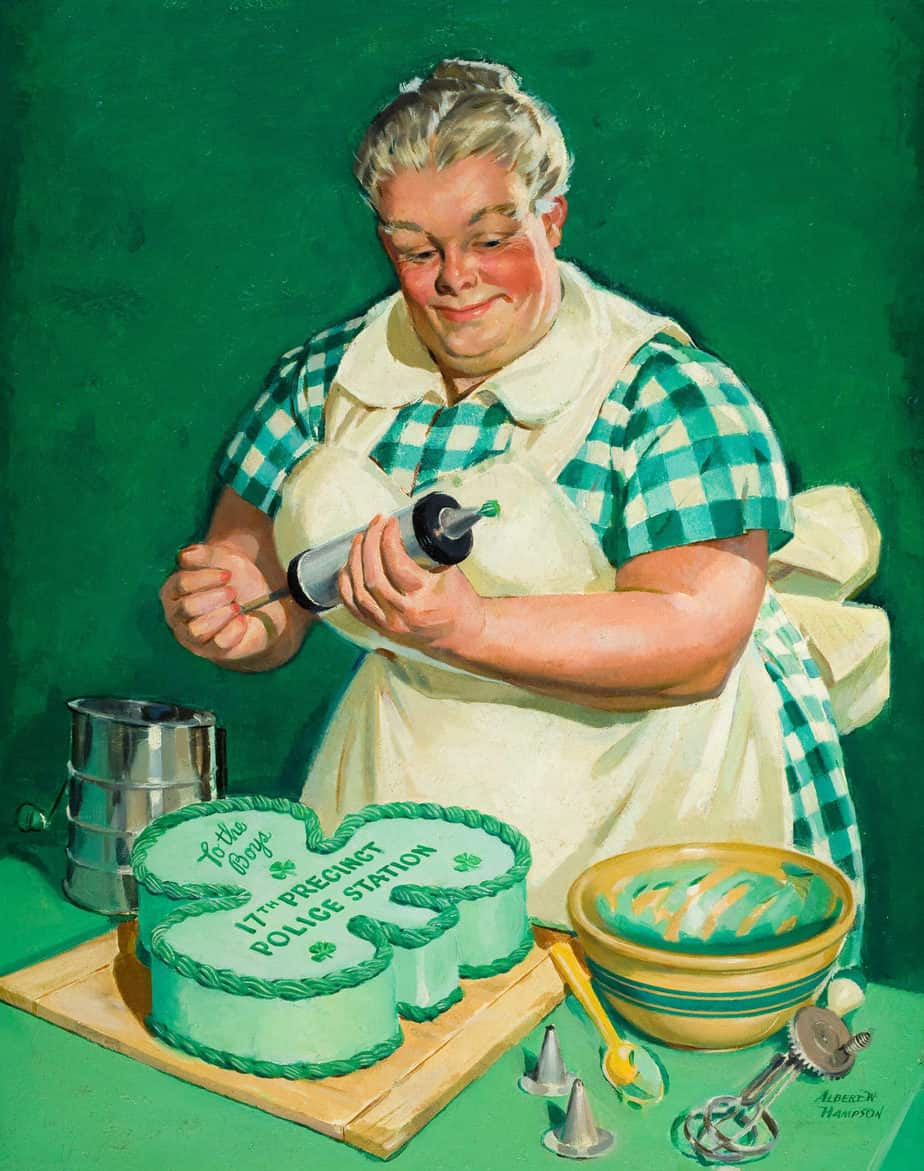
England has “Jack-in-the-Green”, who goes from door to door when May Day comes.
Jack in the Green, also known as Jack o’ the Green, is an English folk custom associated with the celebration of May Day. It involves a pyramidal or conical wicker or wooden framework that is decorated with foliage being worn by a person as part of a procession, often accompanied by musicians.
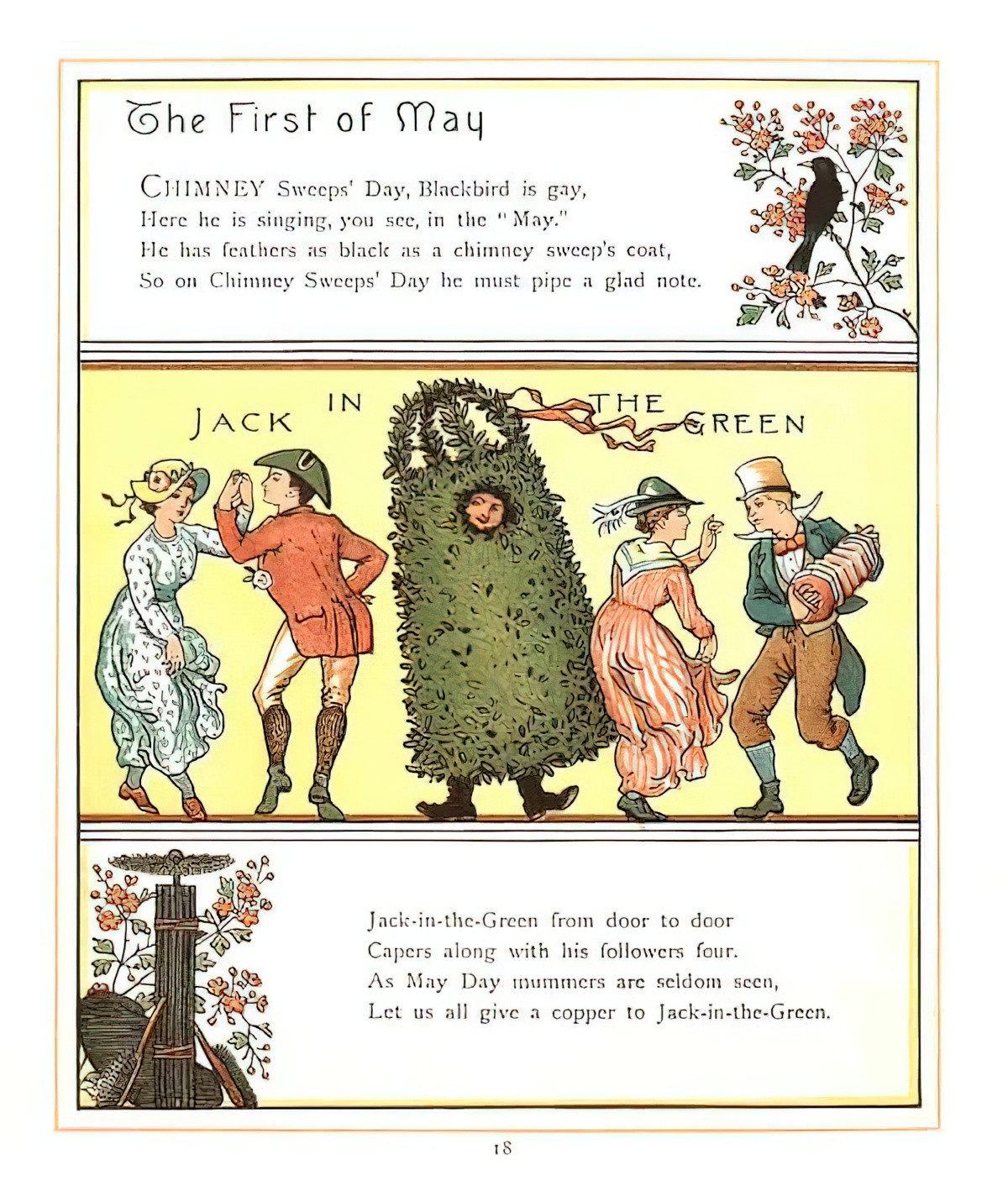
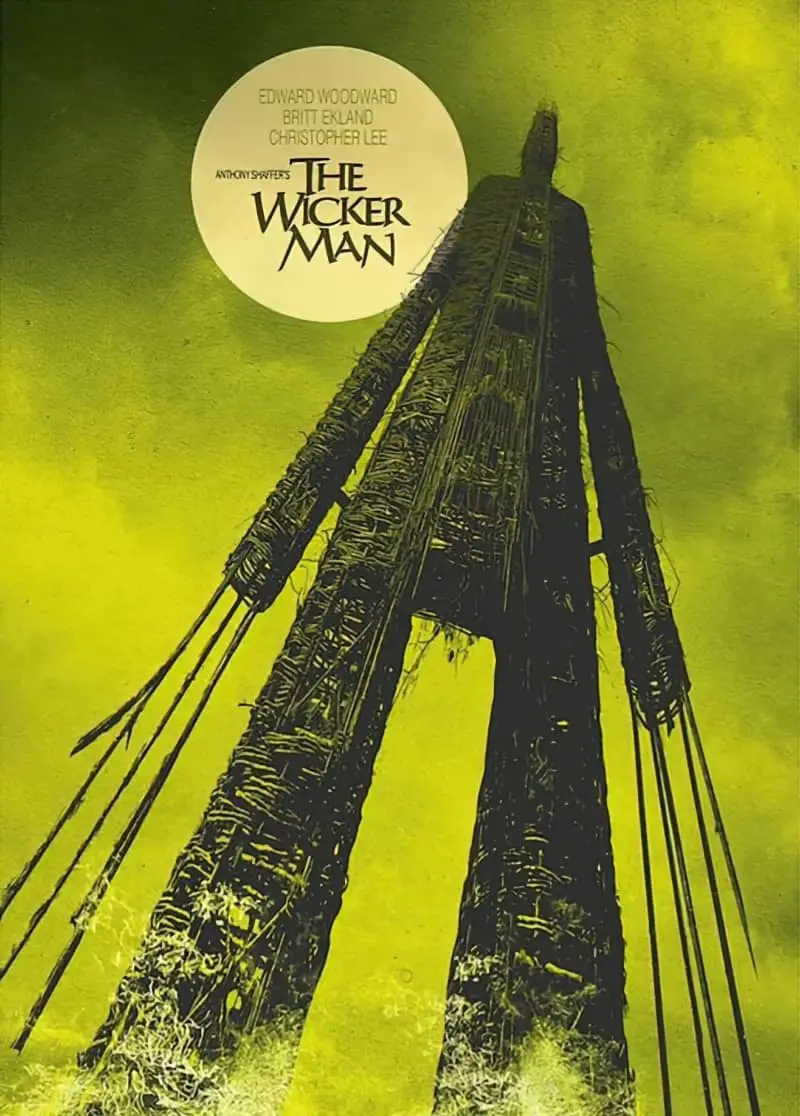
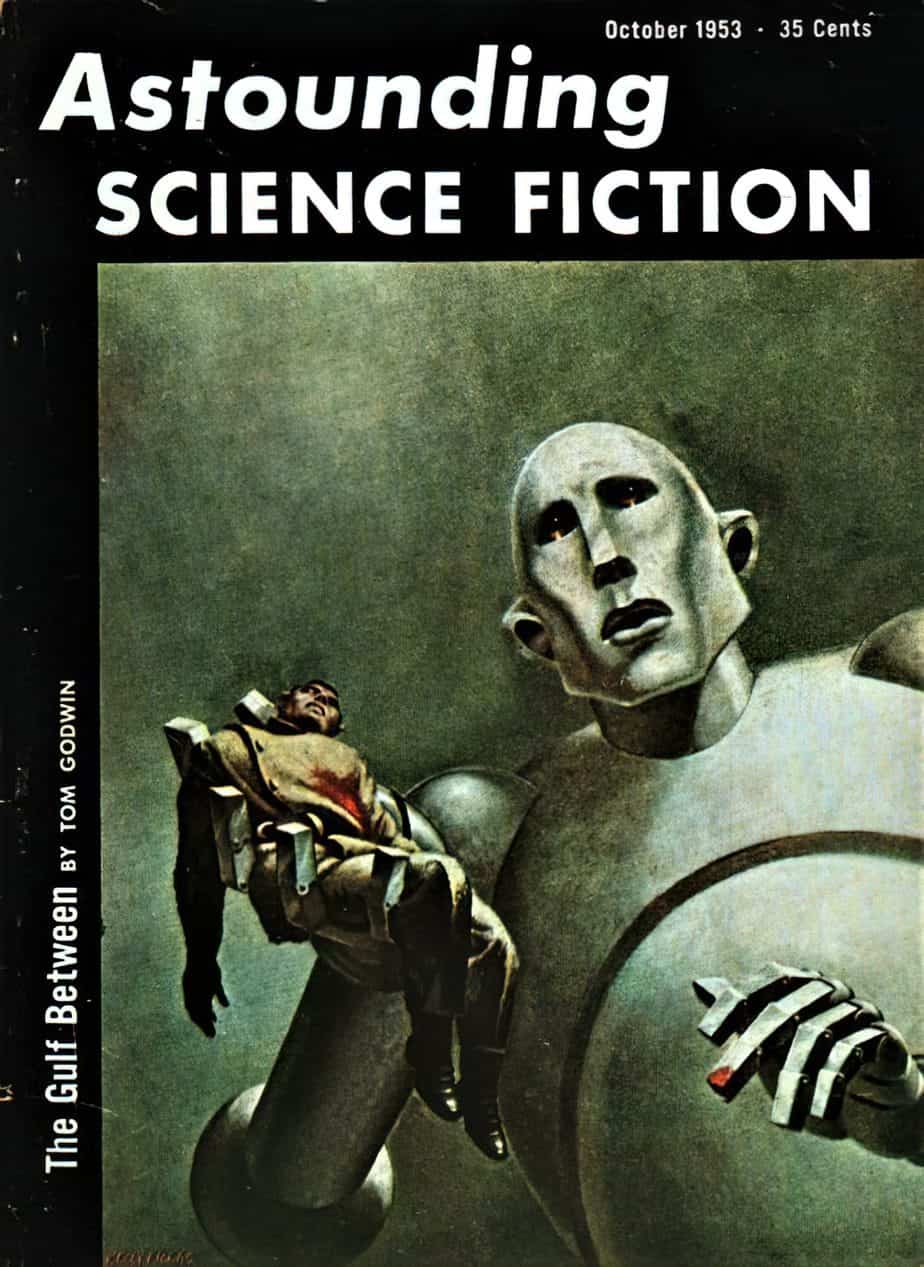
WOMEN IN GREEN
Green Sickness (chlorosis) is a sixteenth century construct and described adolescent young women who were probably anaemic. Severe anaemia may give your skin a greenish hue. Menstruators are especially susceptible to iron deficiency, and in times of famine, it’s a given.
But people have always needed to control the fertility of young women, so green sickness also described ‘unhealthy desires’ (i.e. any desires) on the part of a young woman. Chlorosis was also called the Disease of Virgins.
From from the 1590s on (the Renaissance), Green Sickness was commonly used by storytellers to generate domestic conflict. William Shakespeare was one.
Her vestal livery is but sick and green,
Romeo
And none but fools do wear it. Cast it off.
Juliet doesn’t want to marry Paris, like her father wants her to. Because he can’t control her fertility due to his daughter’s pesky desires he yells, “Out, you green-sickness carrion! out, you baggage!”.
Once Freud came along, people started talking about ‘hysteria’ instead. Hyster- means ‘womb’ (cf. hysterectomy) and ‘hysteria’ is therefore a word I’d like to see erased from contemporary vocabularies.
It’s also true that people can look fabulous dressed in green:
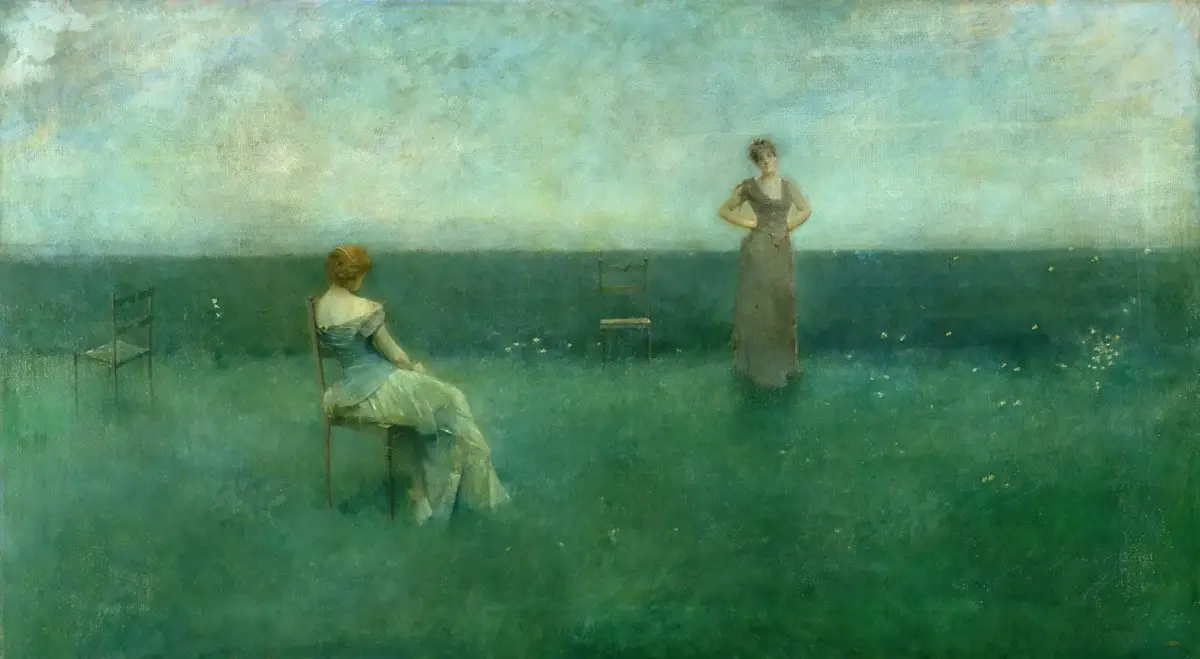
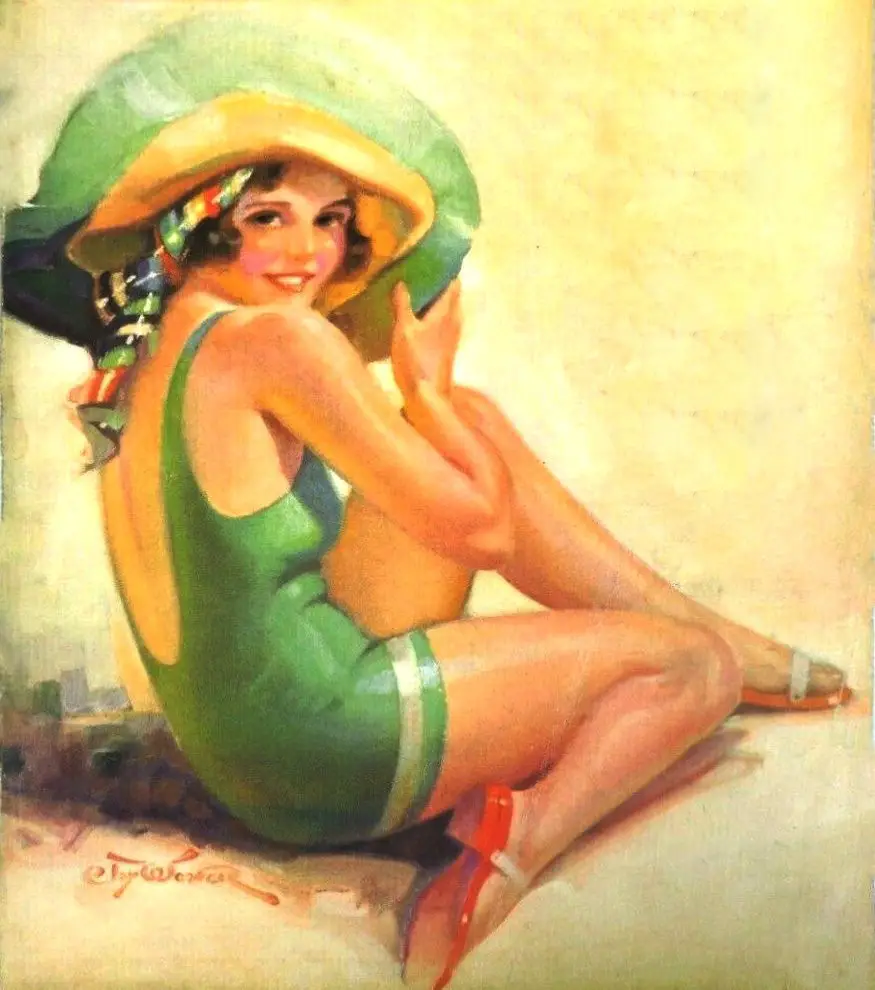
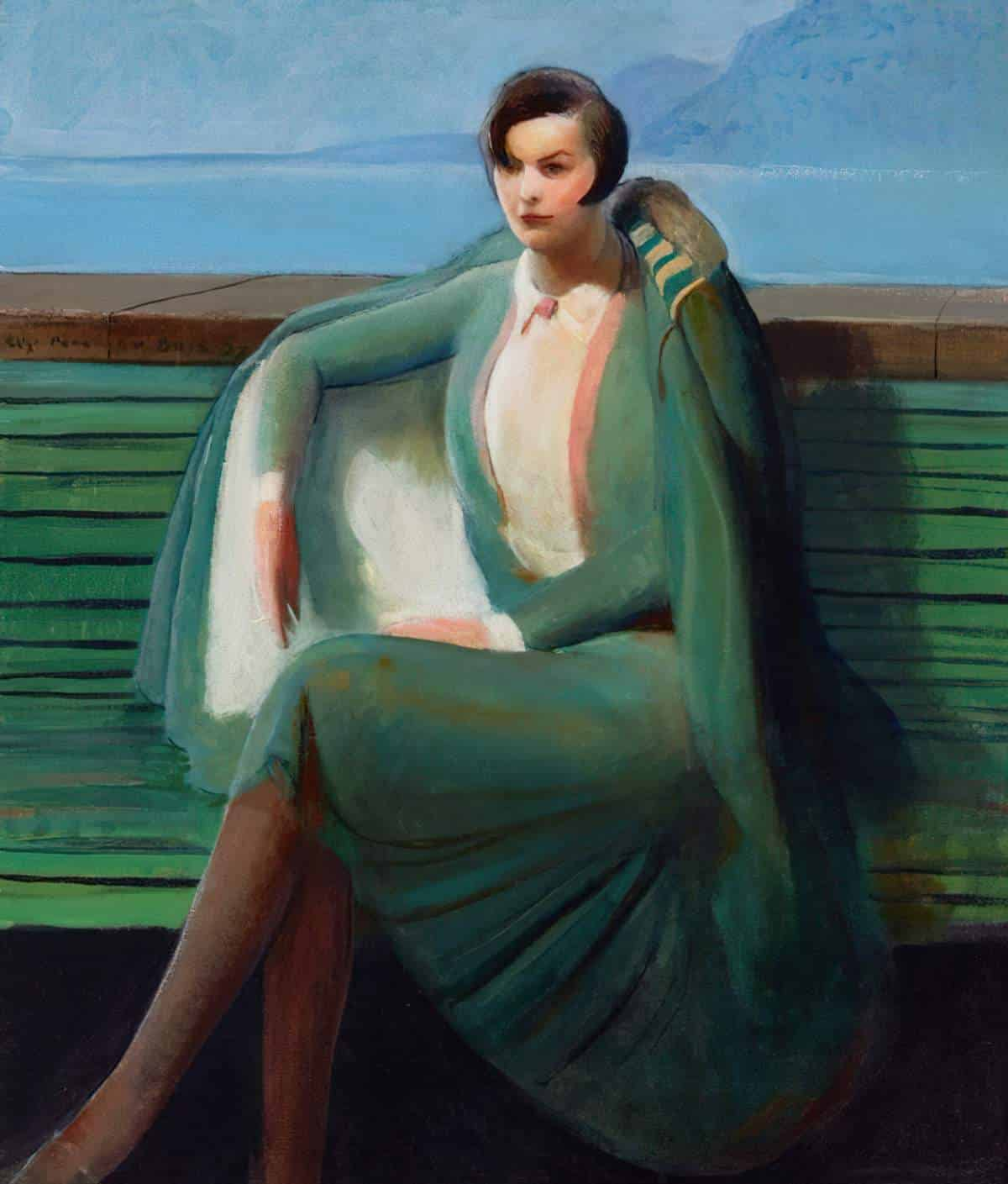
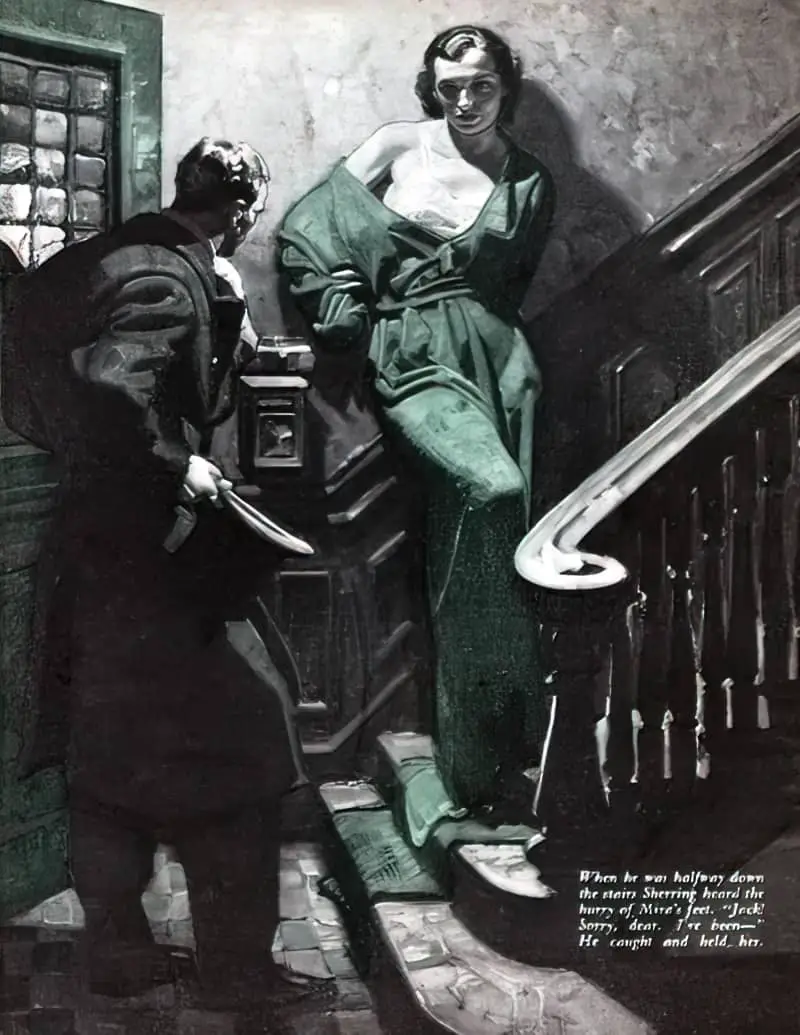
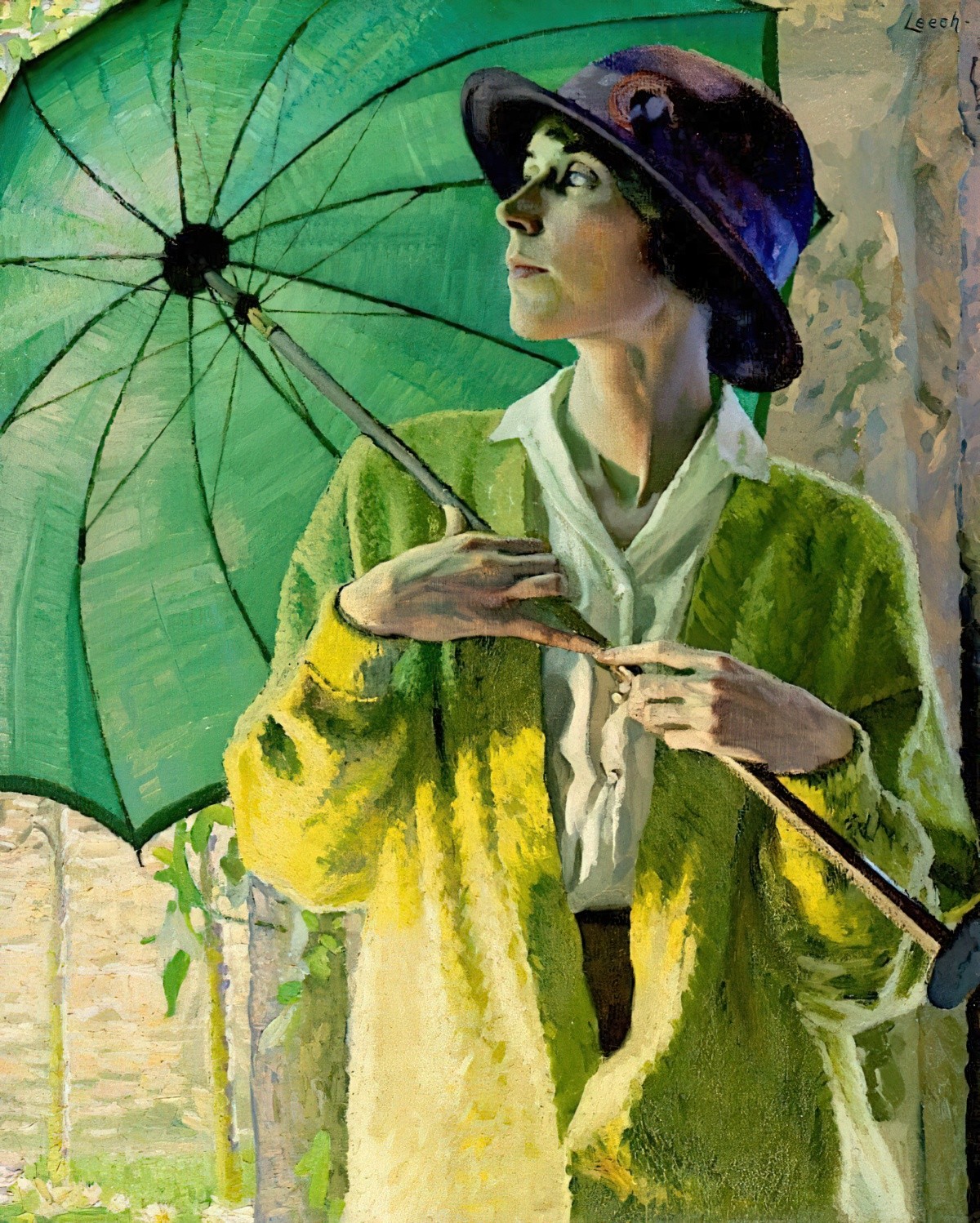
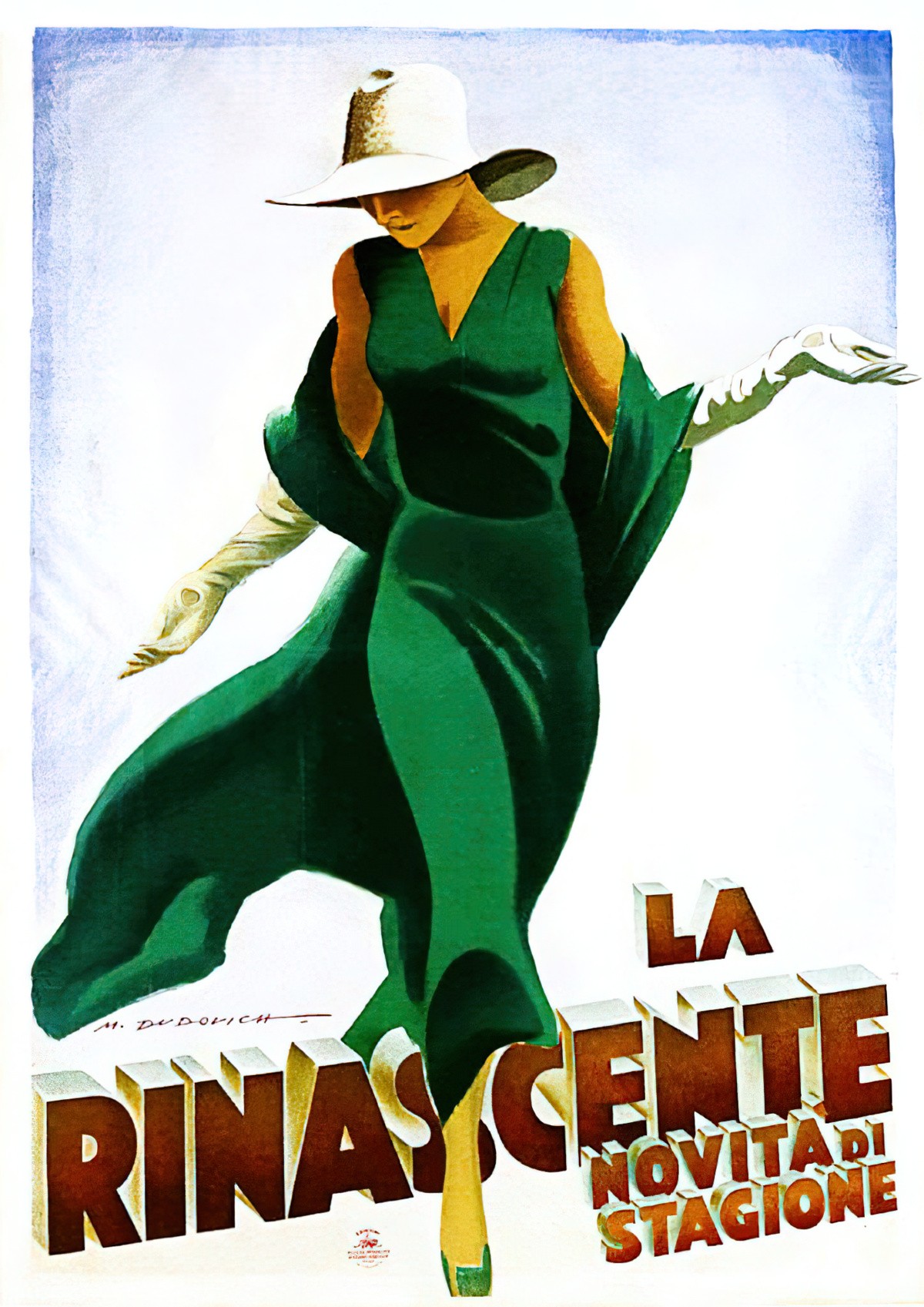
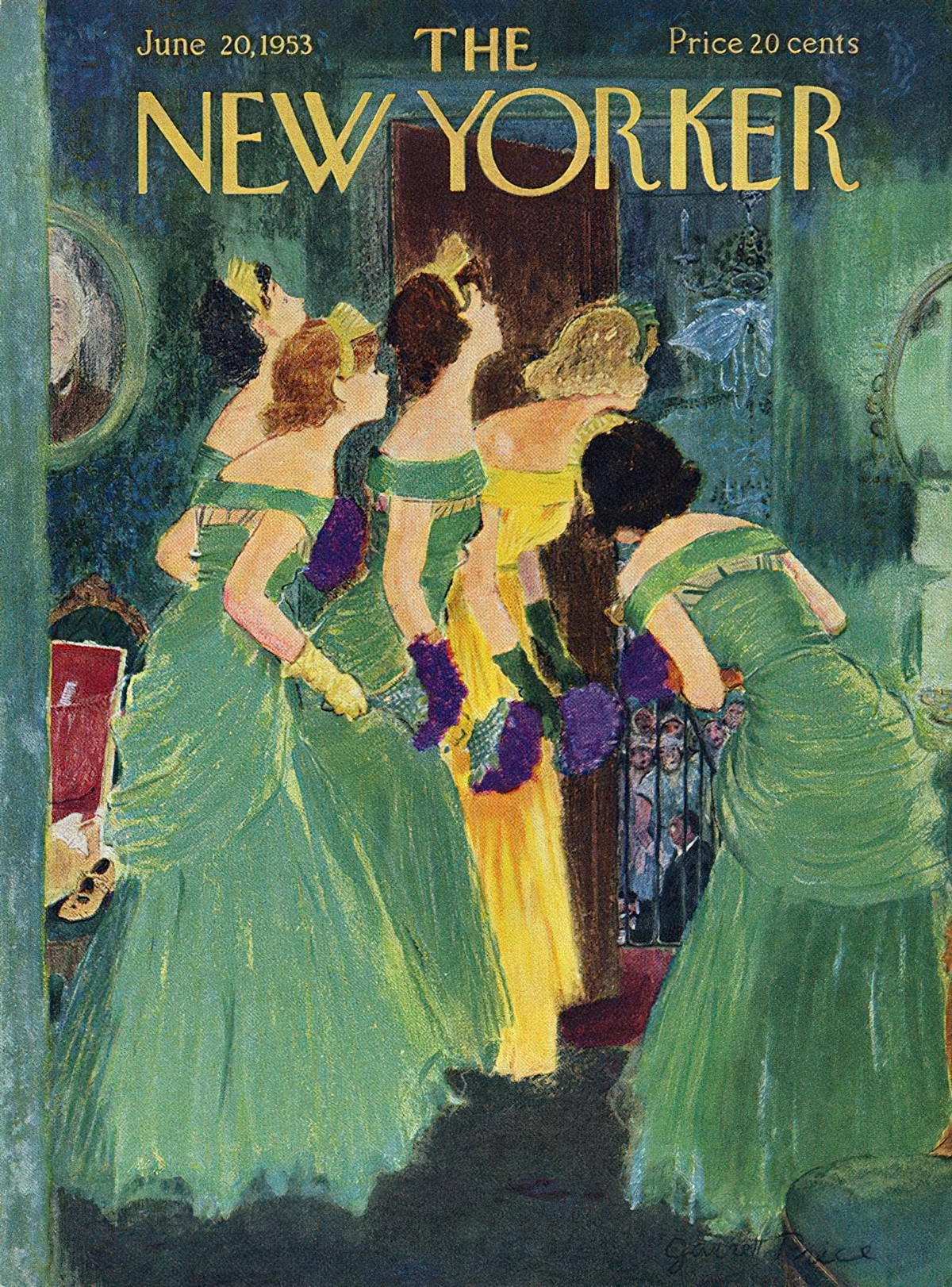
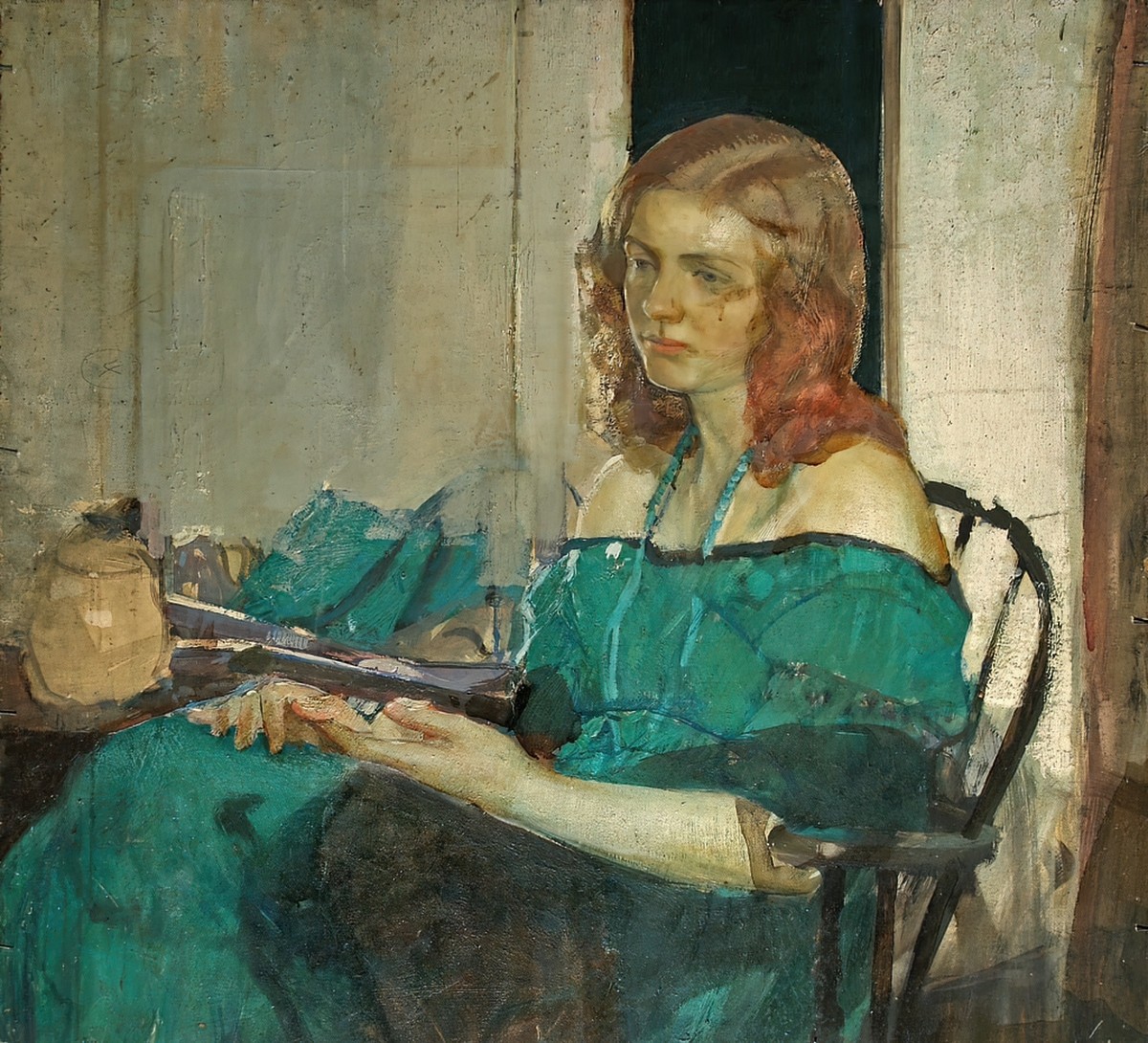
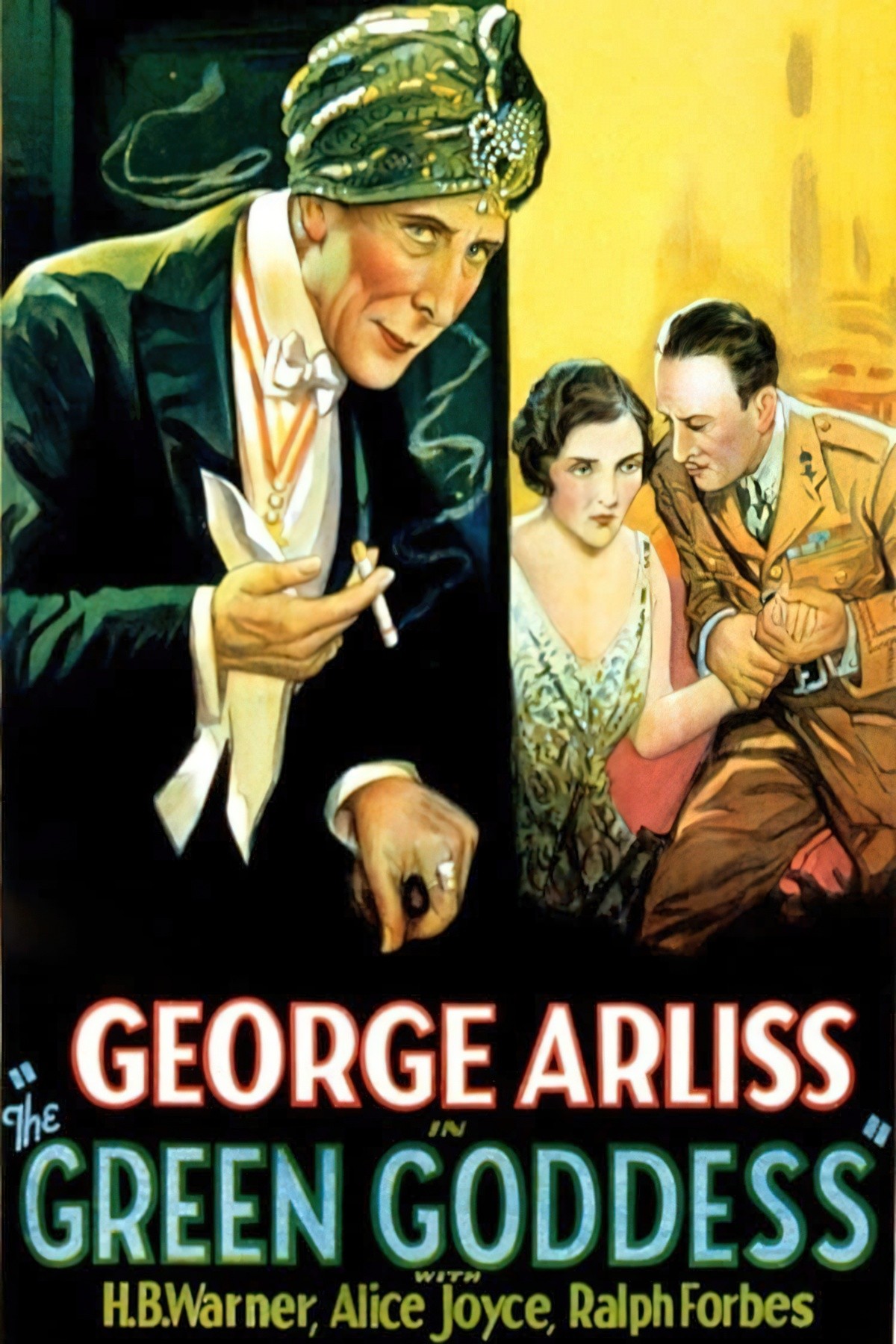
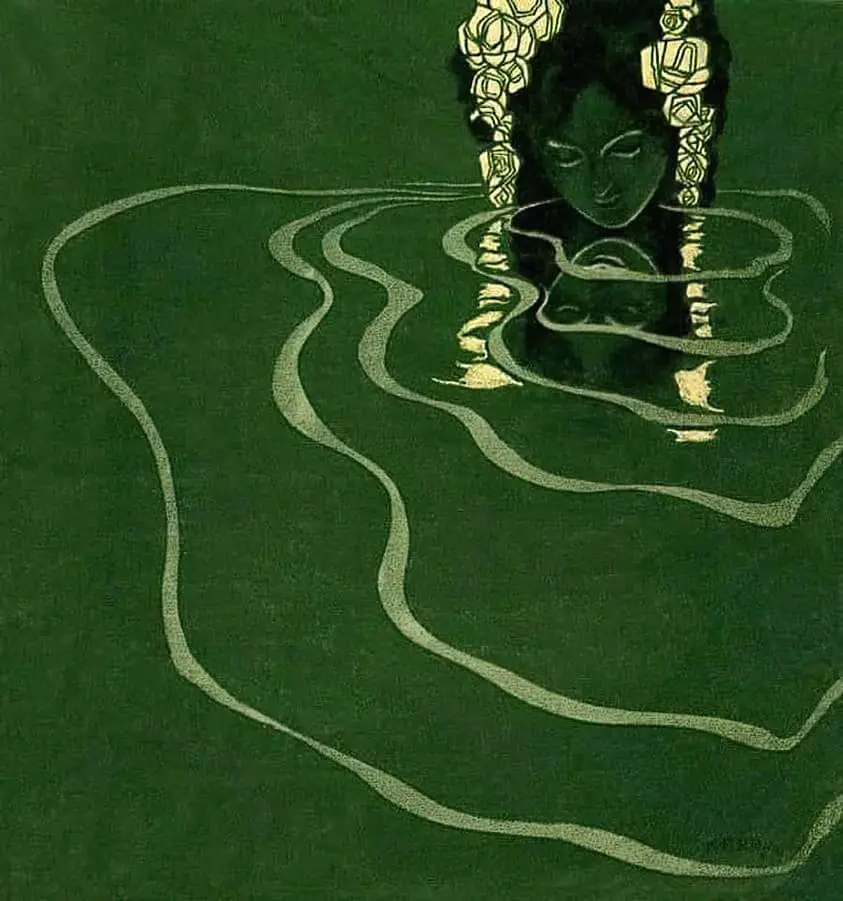
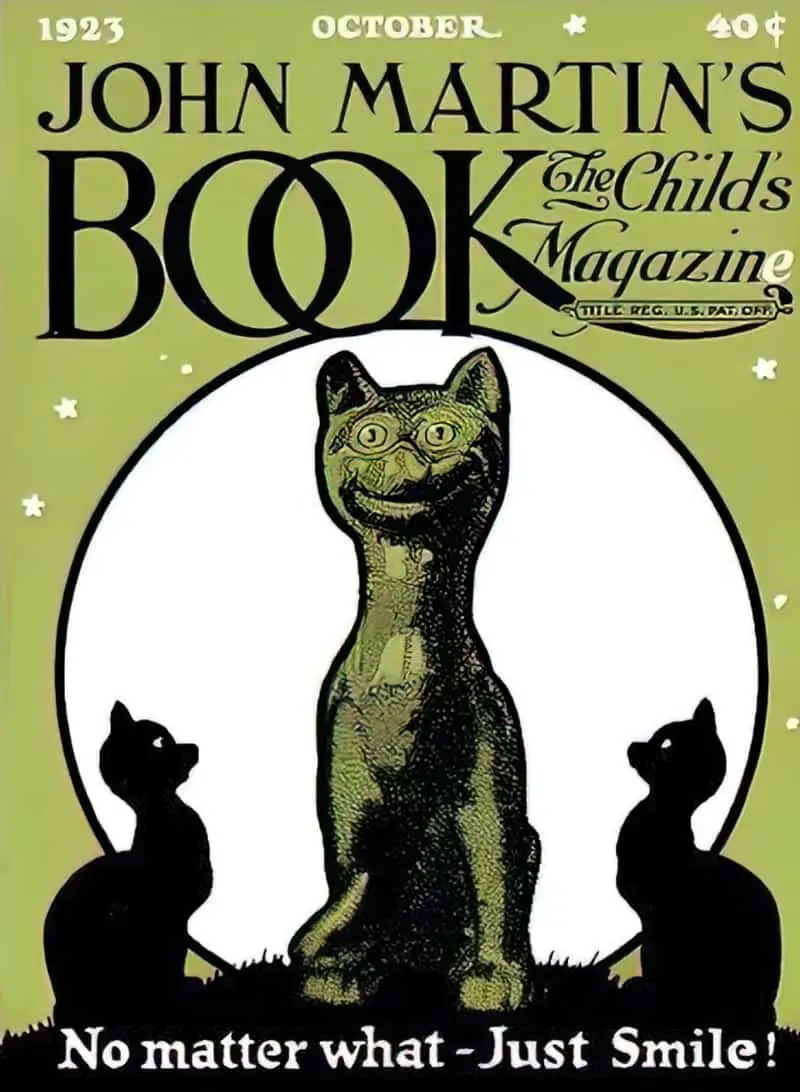
GREEN ROOMS
Green is thought to be calming, which is why the room near a theatre stage has green walls (and even if it doesn’t, is still called the green room). Stage lights are blindingly bright and a nice green room offers a calming balm.
There are many competing theories about why the theatre green room is called the green room. Here’s another:
The term ‘green room’ is also attributed to the makeup worn by actors; long before modern makeup was invented, the actors had to apply makeup before a show and allow it to set up or cure before performing. Until the makeup was cured, it was ‘green’, and people were advised to sit quietly in the ‘green room’ until such time as the makeup was stable enough for performing.
Wikipedia
Note that the room were actors wait to go on stage is also the ‘transition’ room, and green is all about transitions (i.e. liminality).

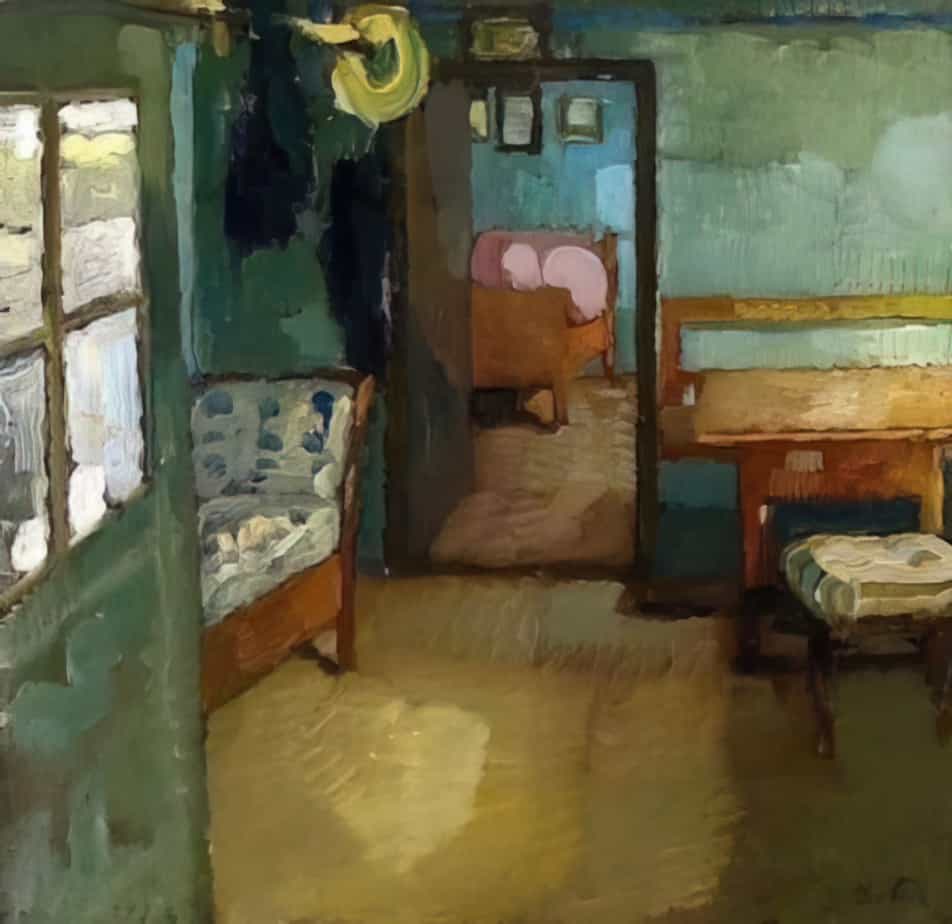
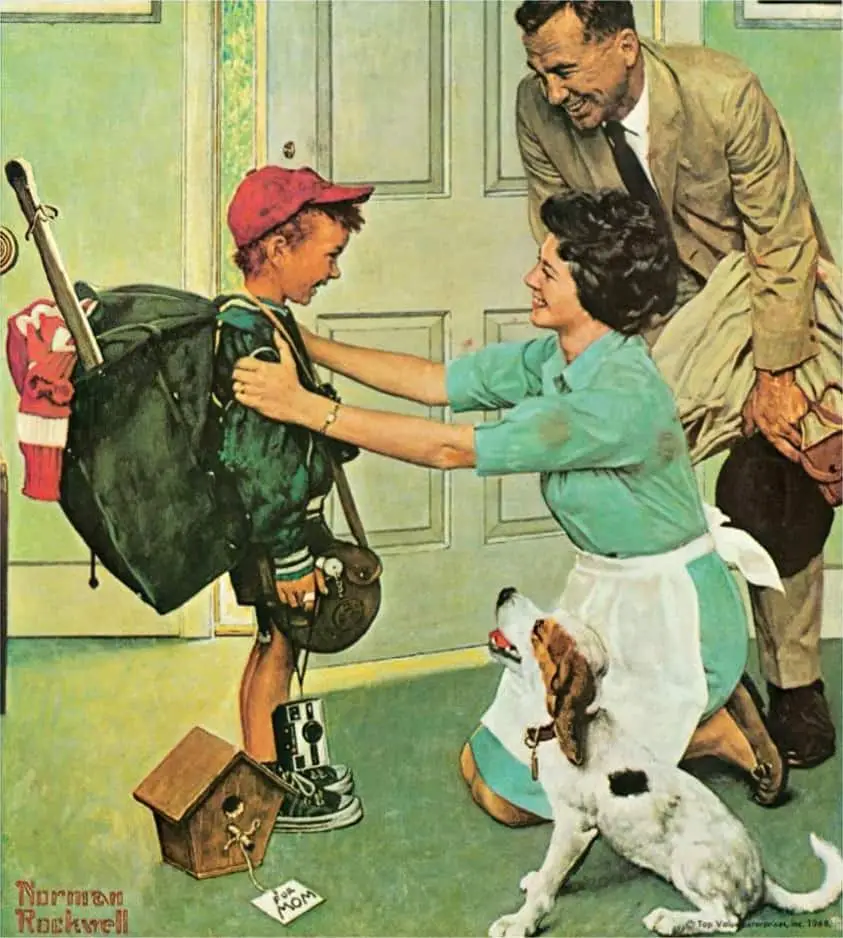
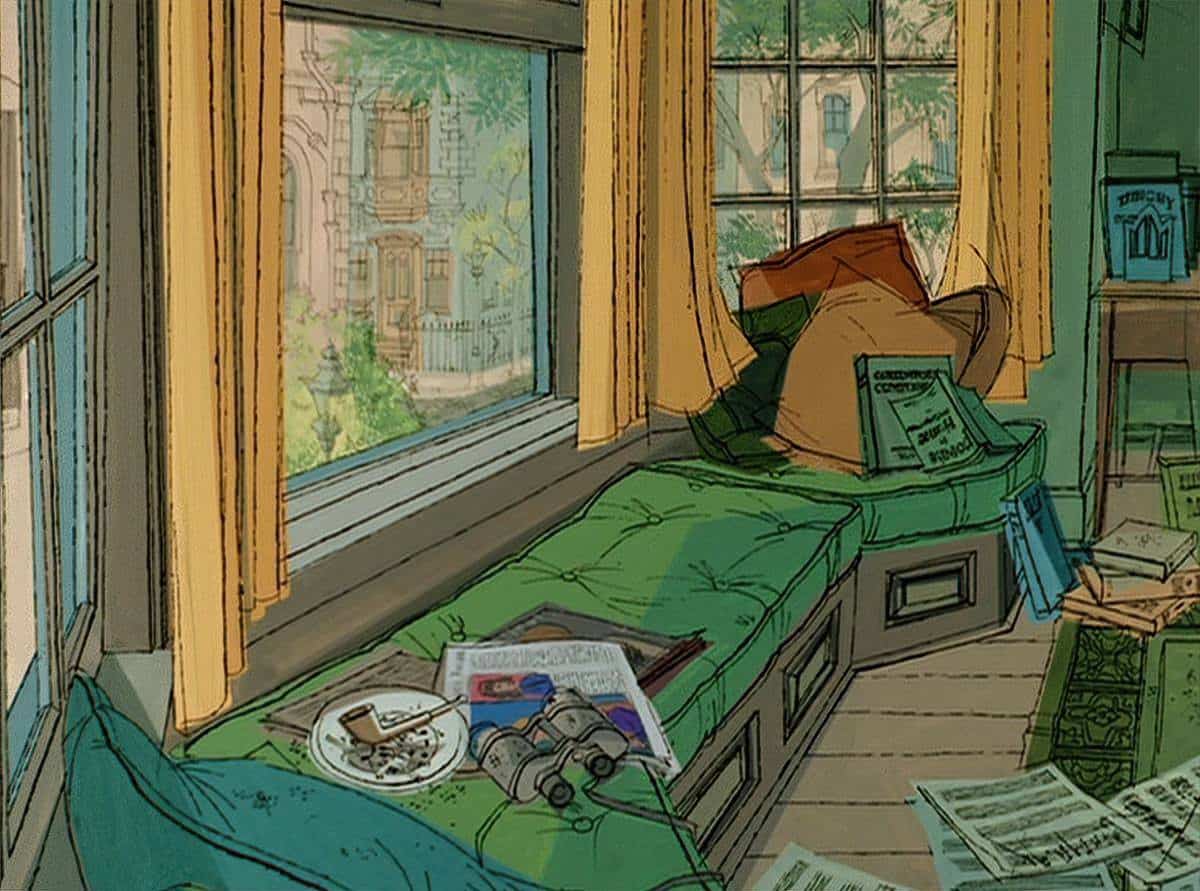
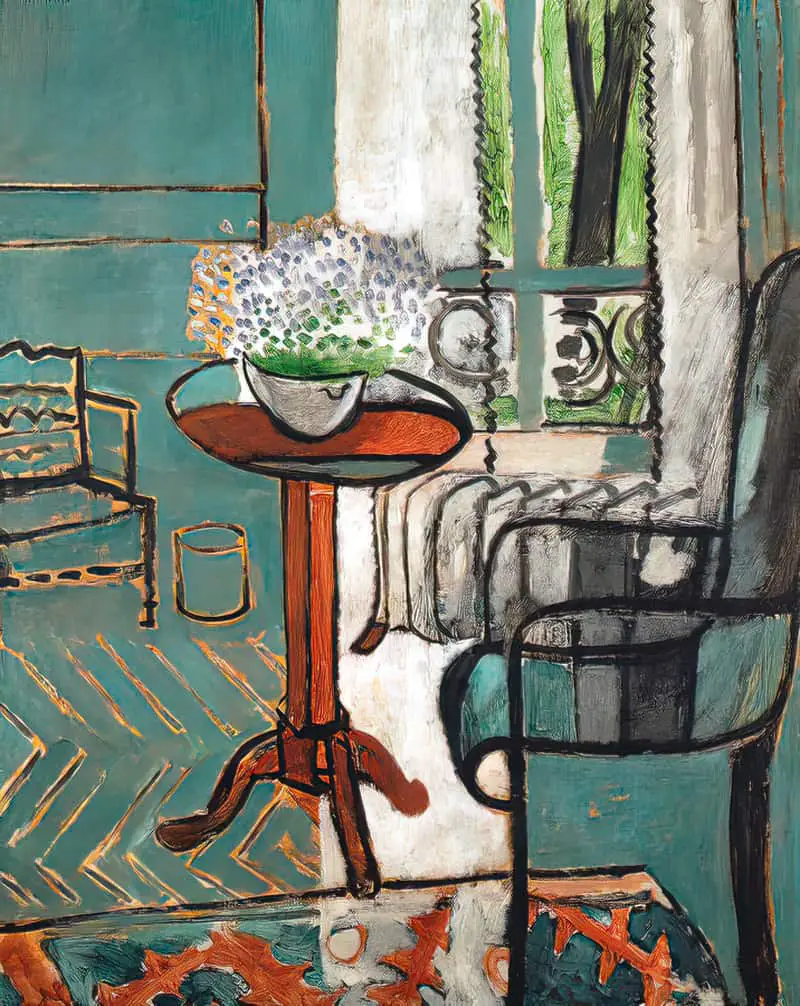
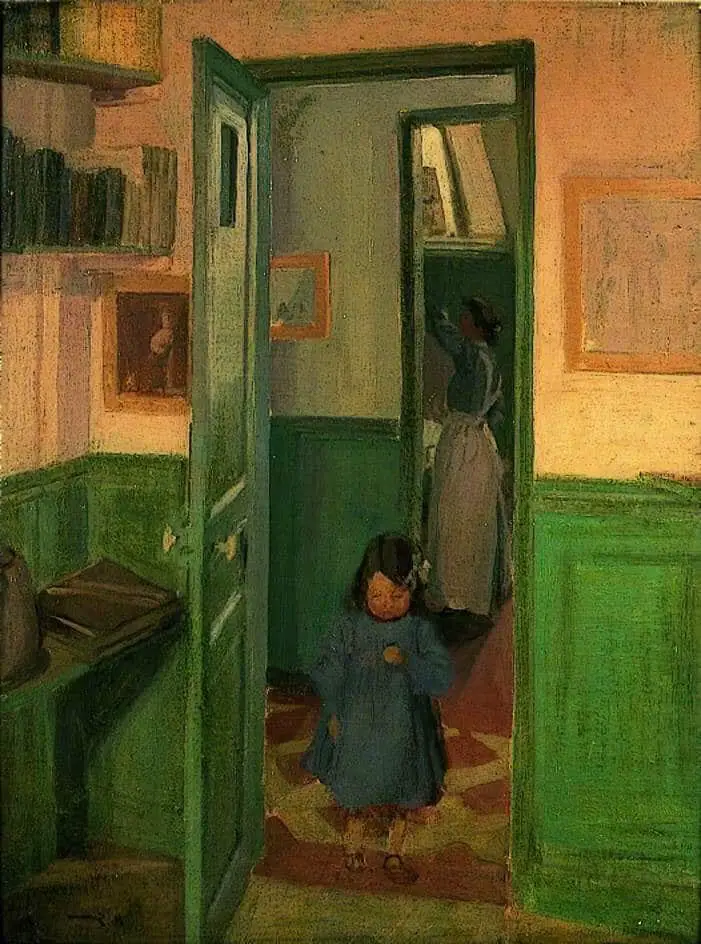
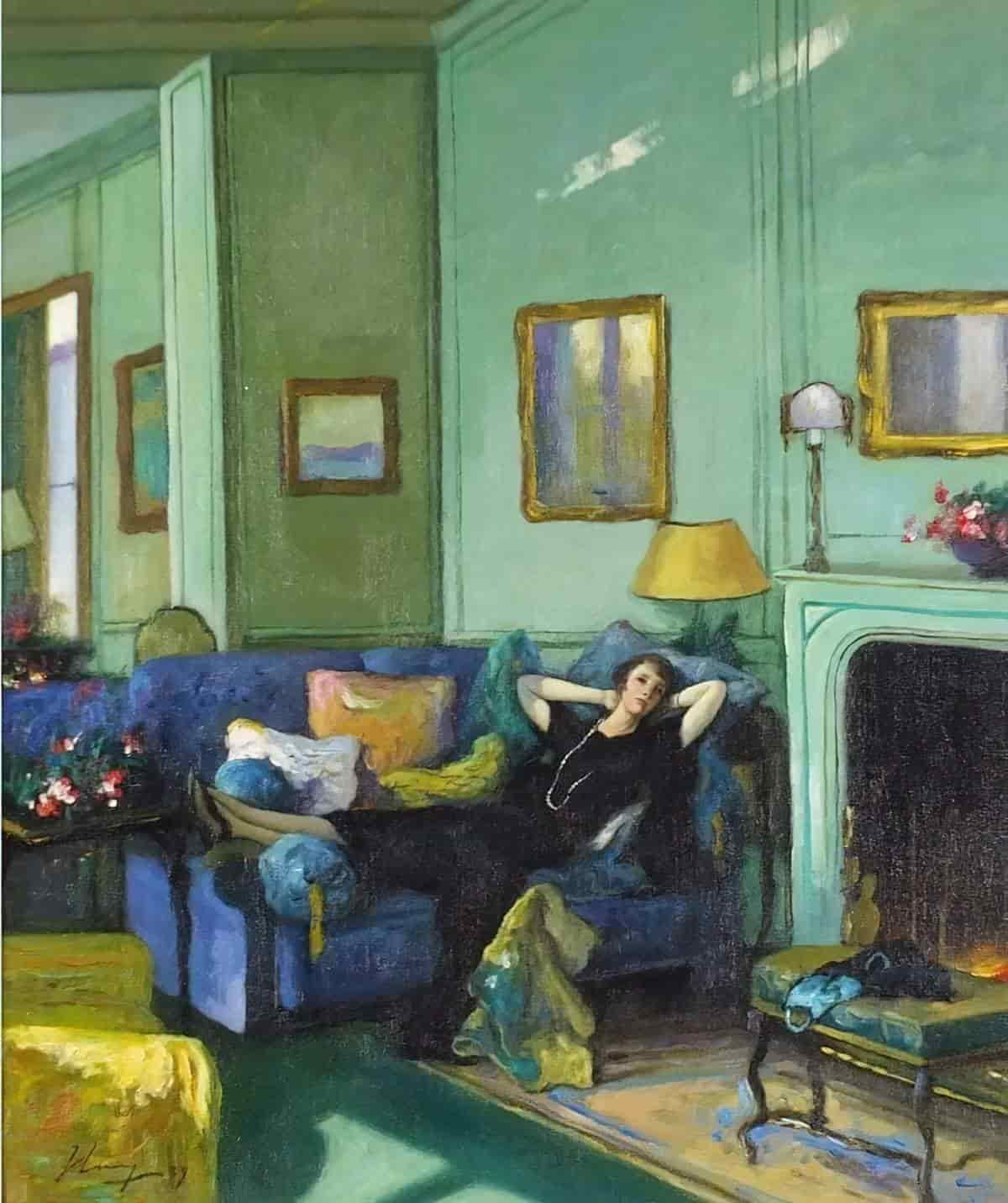
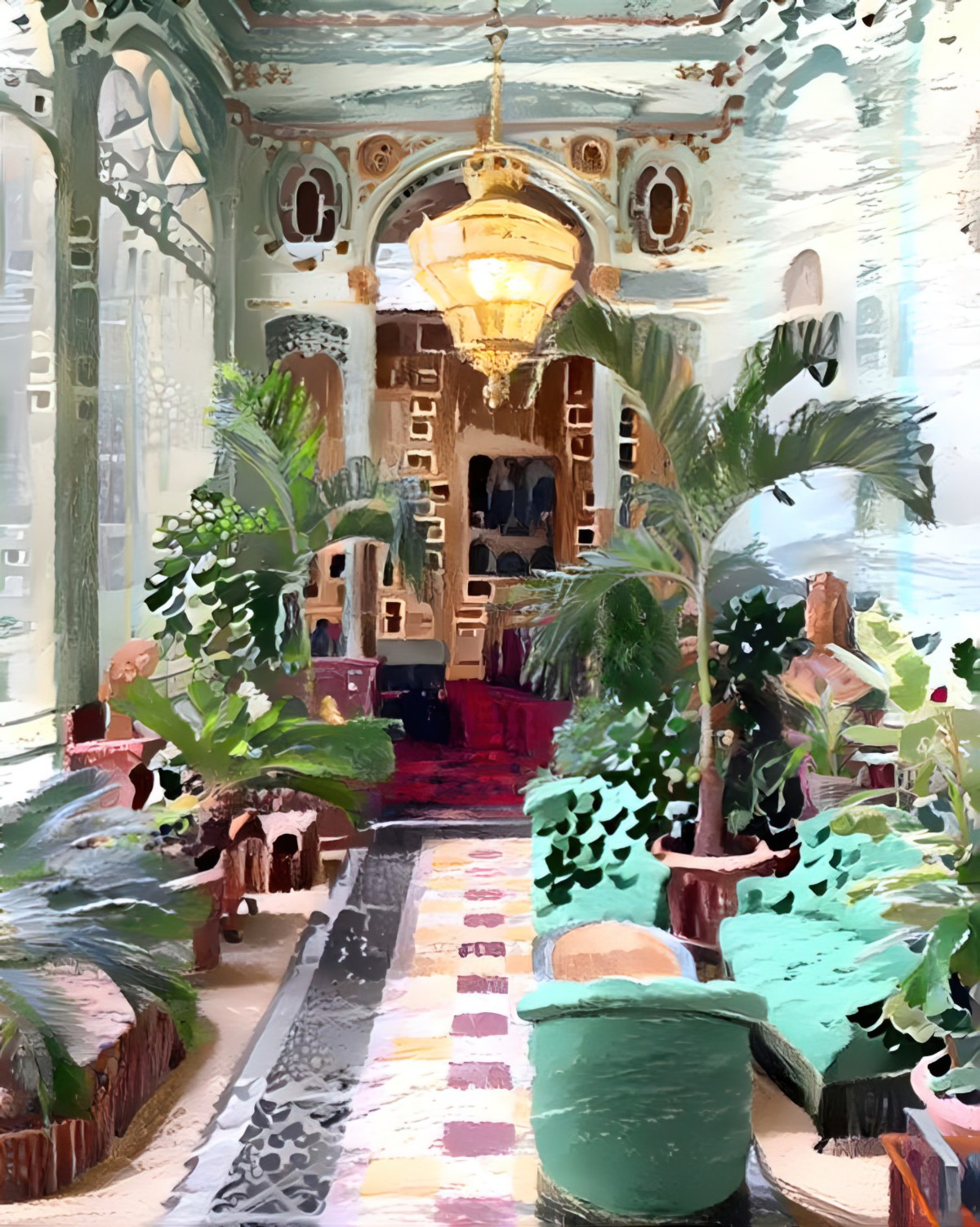
MONEY
The American dollar is widely known as ‘the greenback’, so of course green symbolises money. (In my own home countries money comes in various different bright colours. In Australia the $100 note is green. In New Zealand, the $20 note is green.)
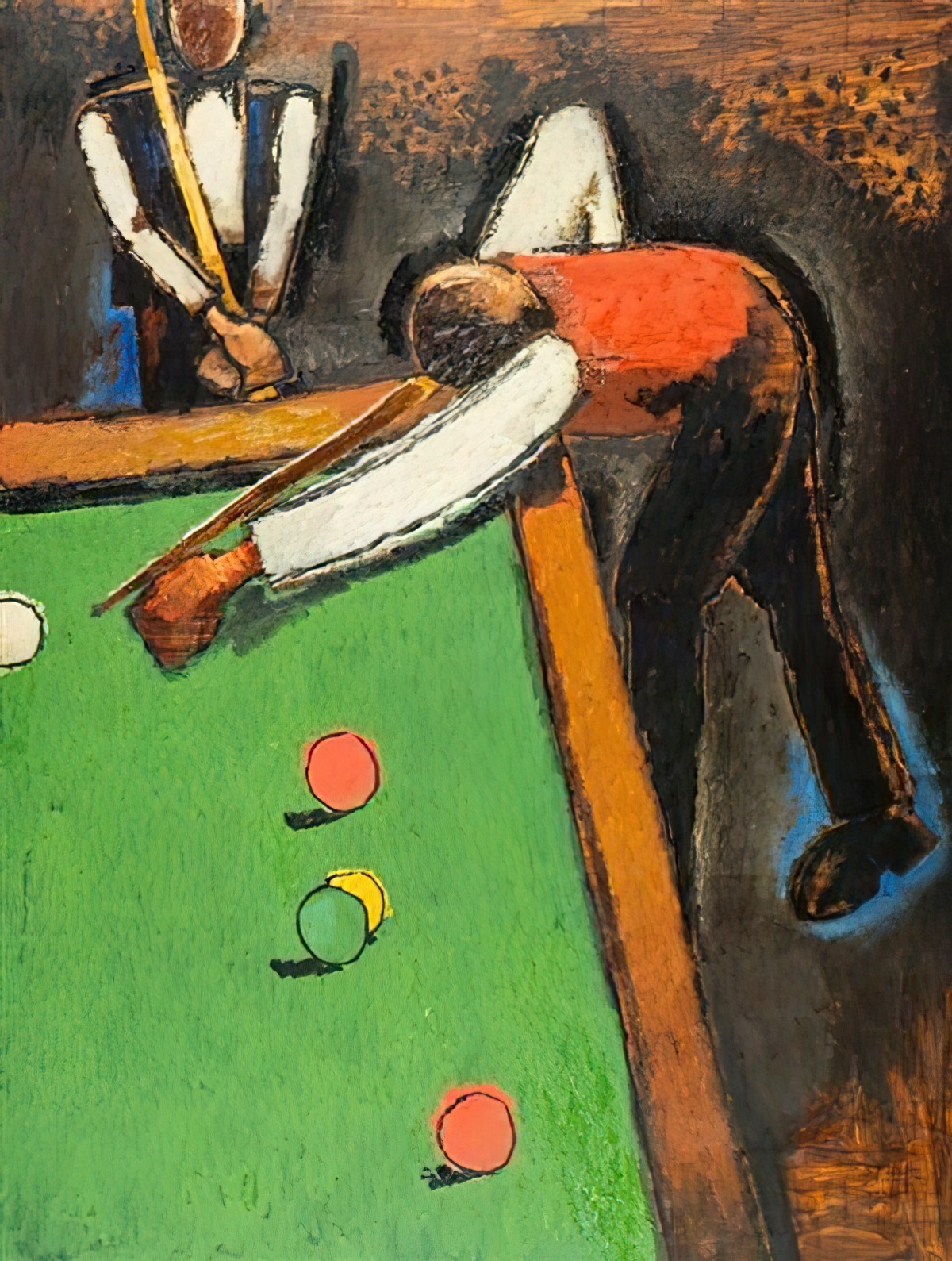
At the vast majority of casinos, you’ll notice that every card table is lined with the same green felt. Much like a billiards table, this felt is seemingly ubiquitous, as if it was the last fabric on Earth when the table manufacturers were ready to throw into production. There is, however, a method to the madness. Green isn’t just the color of money (in the U.S., at least), it’s also a color that evokes feelings of calmness and relaxation.
Why Are Card Tables Green?
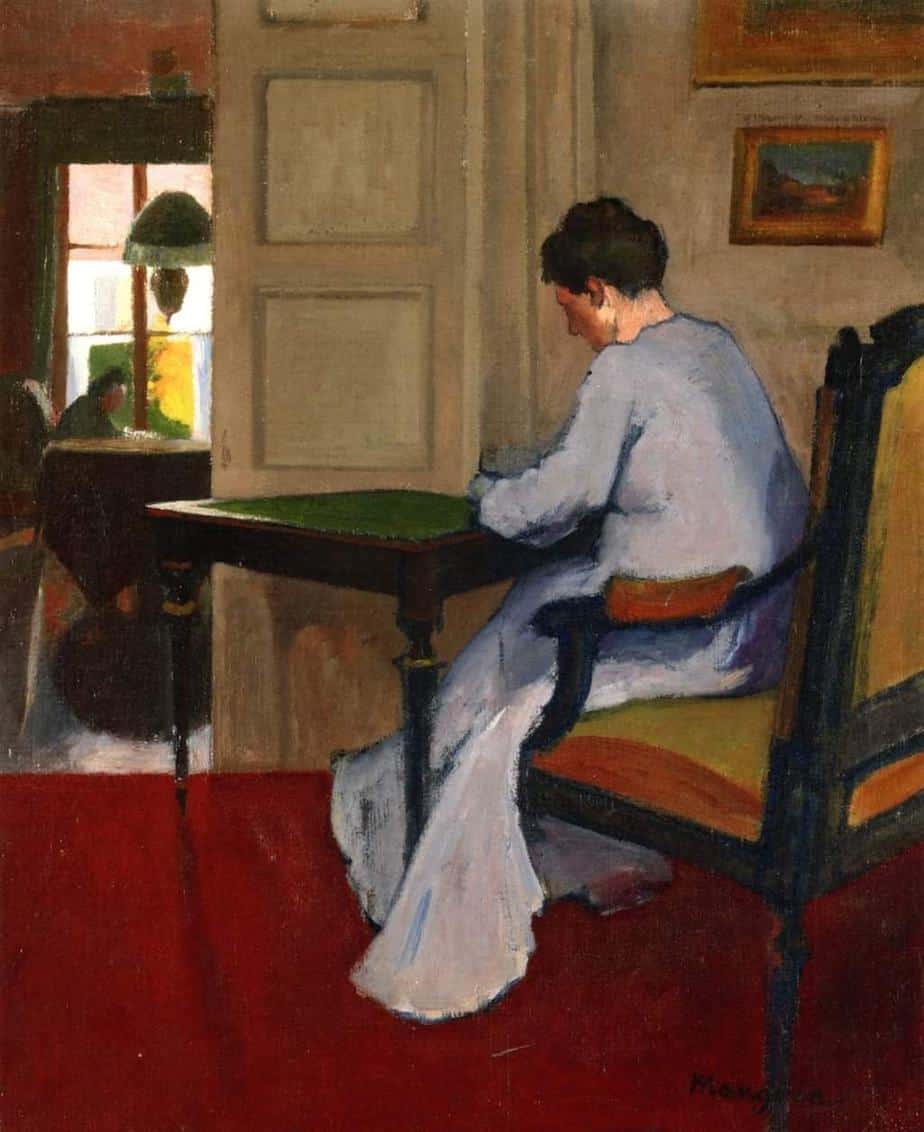
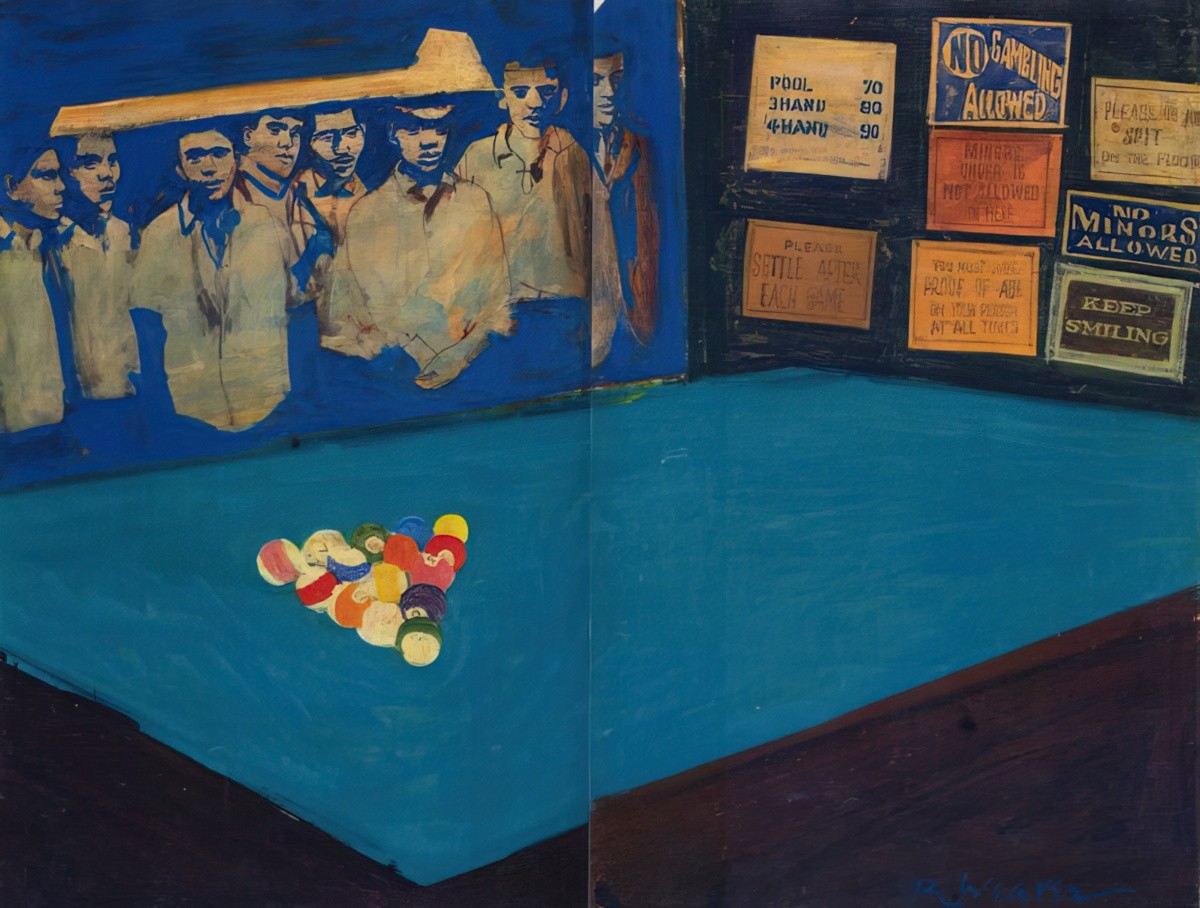
GOLF
When Bob Peak was commissioned to create advertisements for lemonade 7UP, sold in distinctive green bottles, he utilised various aspects of green. In this particular image, lemonade is connected to the fun and powerful feelings you get on a golfing green.
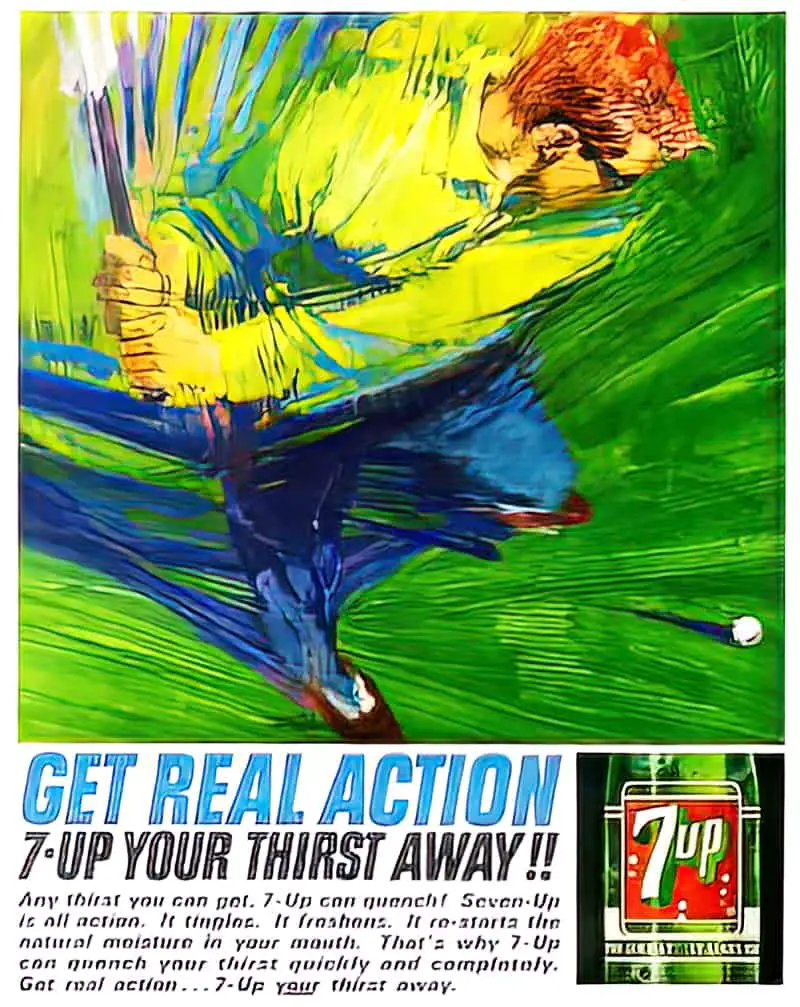
GREEN AND YOUTH
Pooh, you speak like a green girl.
Hamlet
My salad days,
Anthony and Cleopatra
When I was green in judgment
Salad days refer to “a time of youth, innocence, and inexperience.” Although it first appears in Antony and Cleopatra in 1606, “it only became popular,” says World Wide Words, “from the middle of the nineteenth century on.” The link between salad and youth is the color green, like that of “young green shoots of spring.” Today salad days also refers to “a period in the past when somebody was at the peak of their abilities or earning power, in their heyday, not necessarily when they were young.”
Words that Shakespeare made up and revitalised from Wordnik
GREEN IN OLD PICTURE BOOKS
Before colour printing was revolutionised, picture book illustrators had to pick just a few colours. Sometimes they chose green.
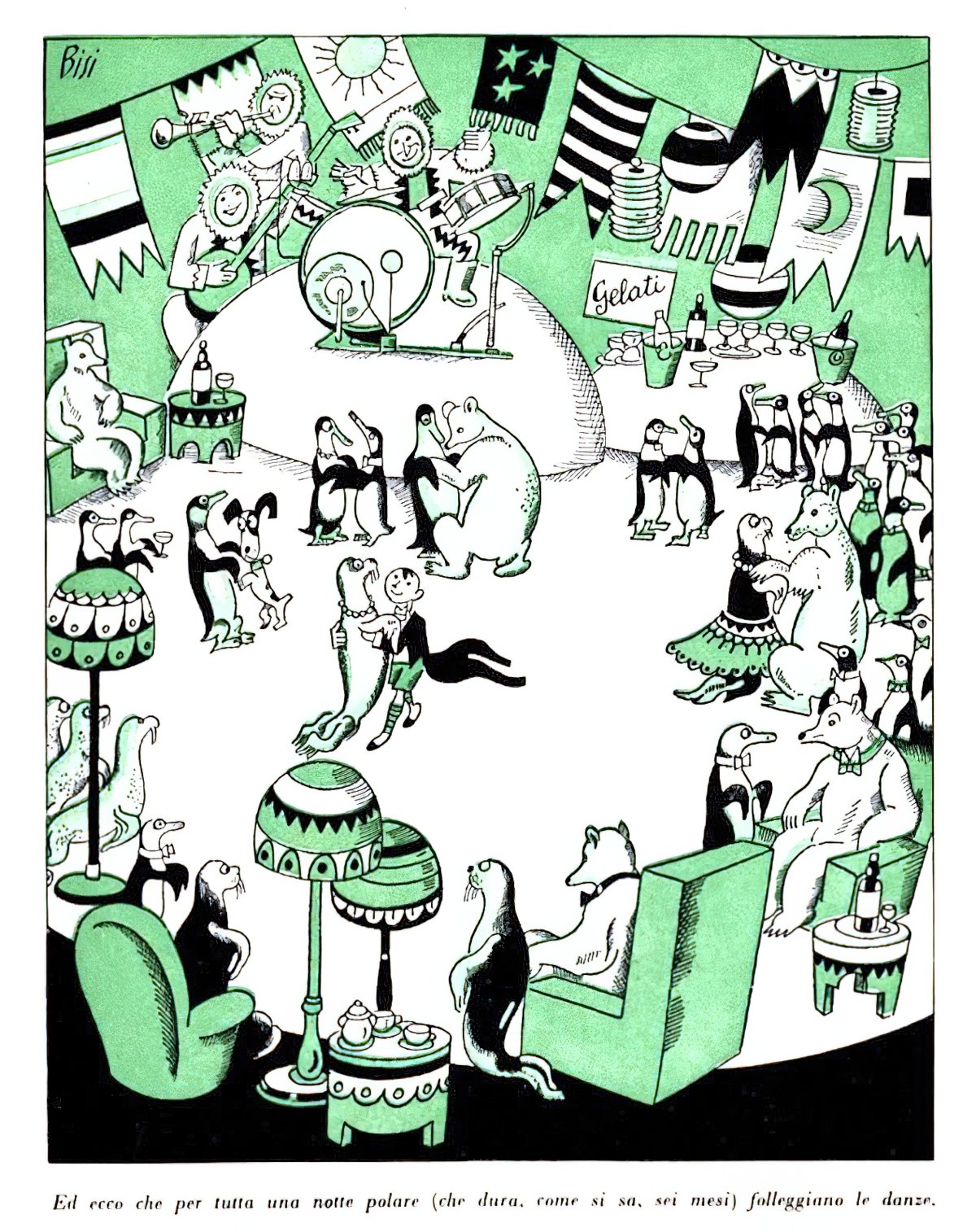
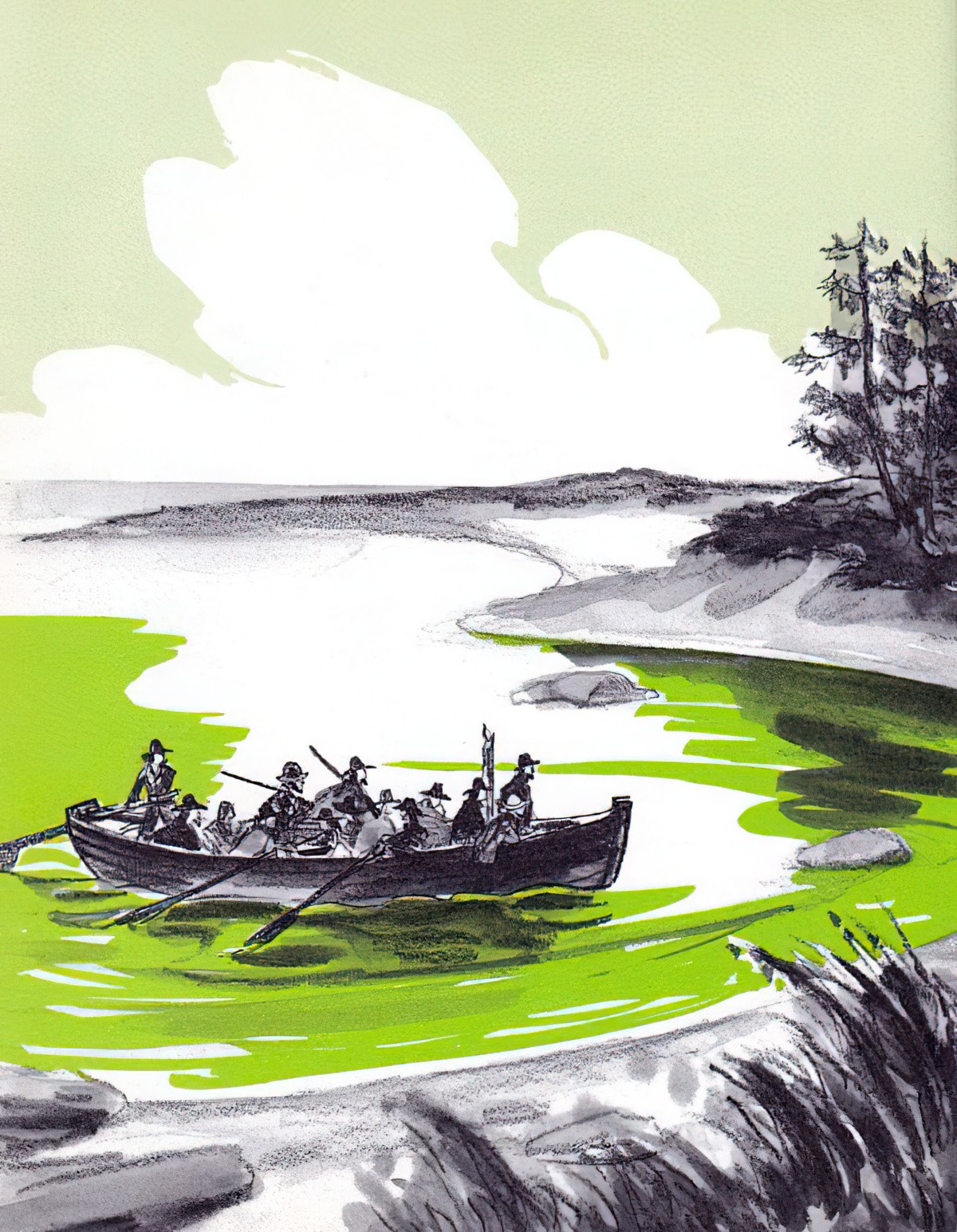
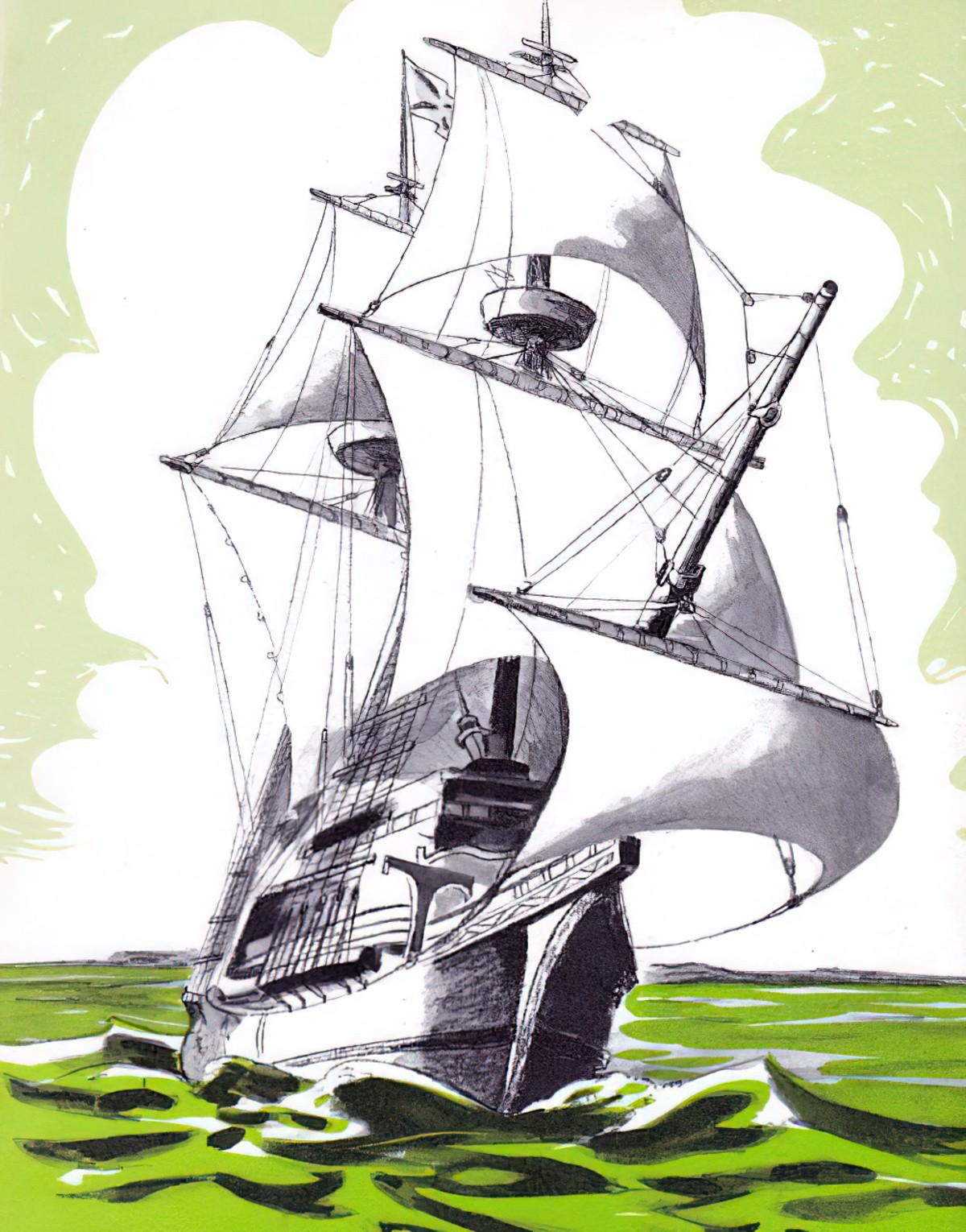
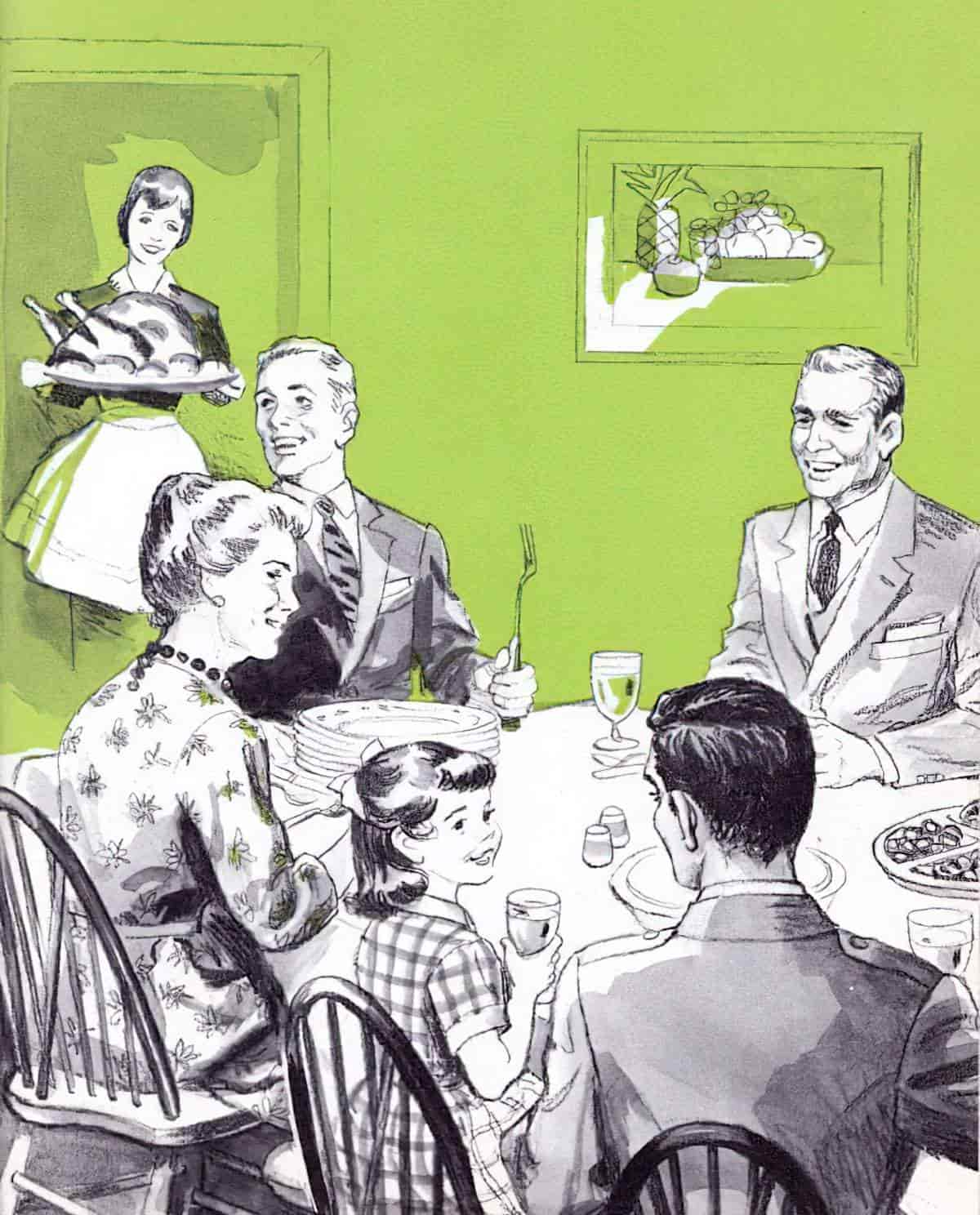
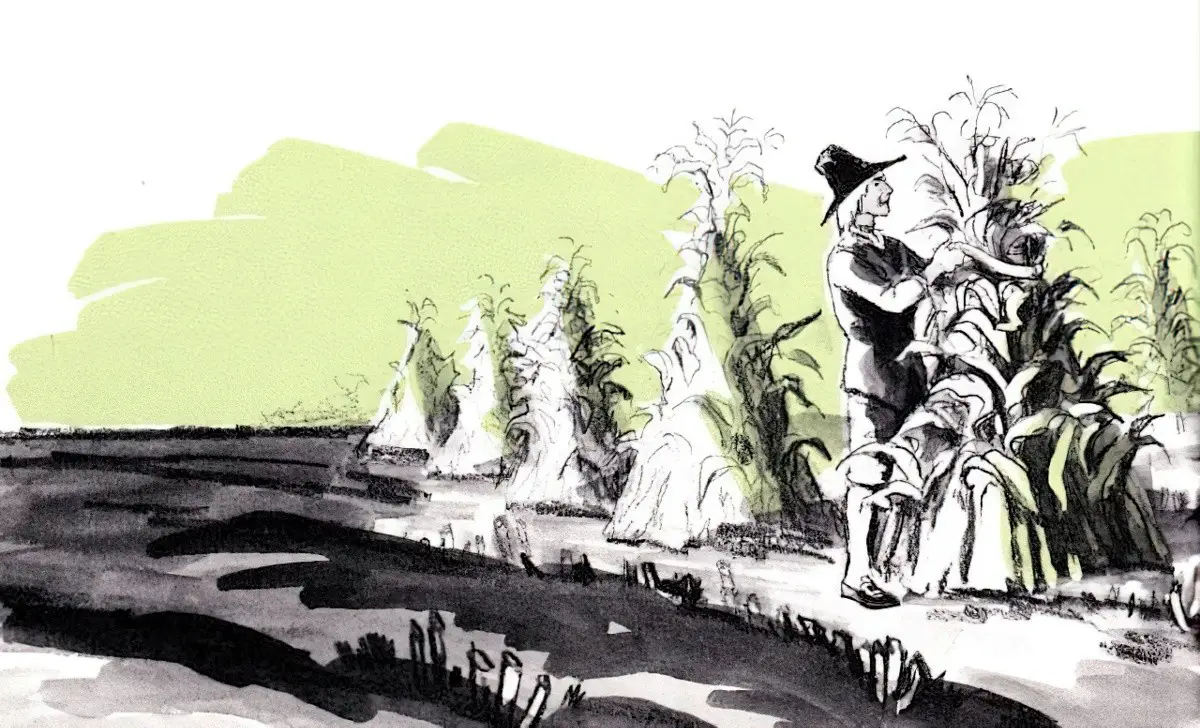
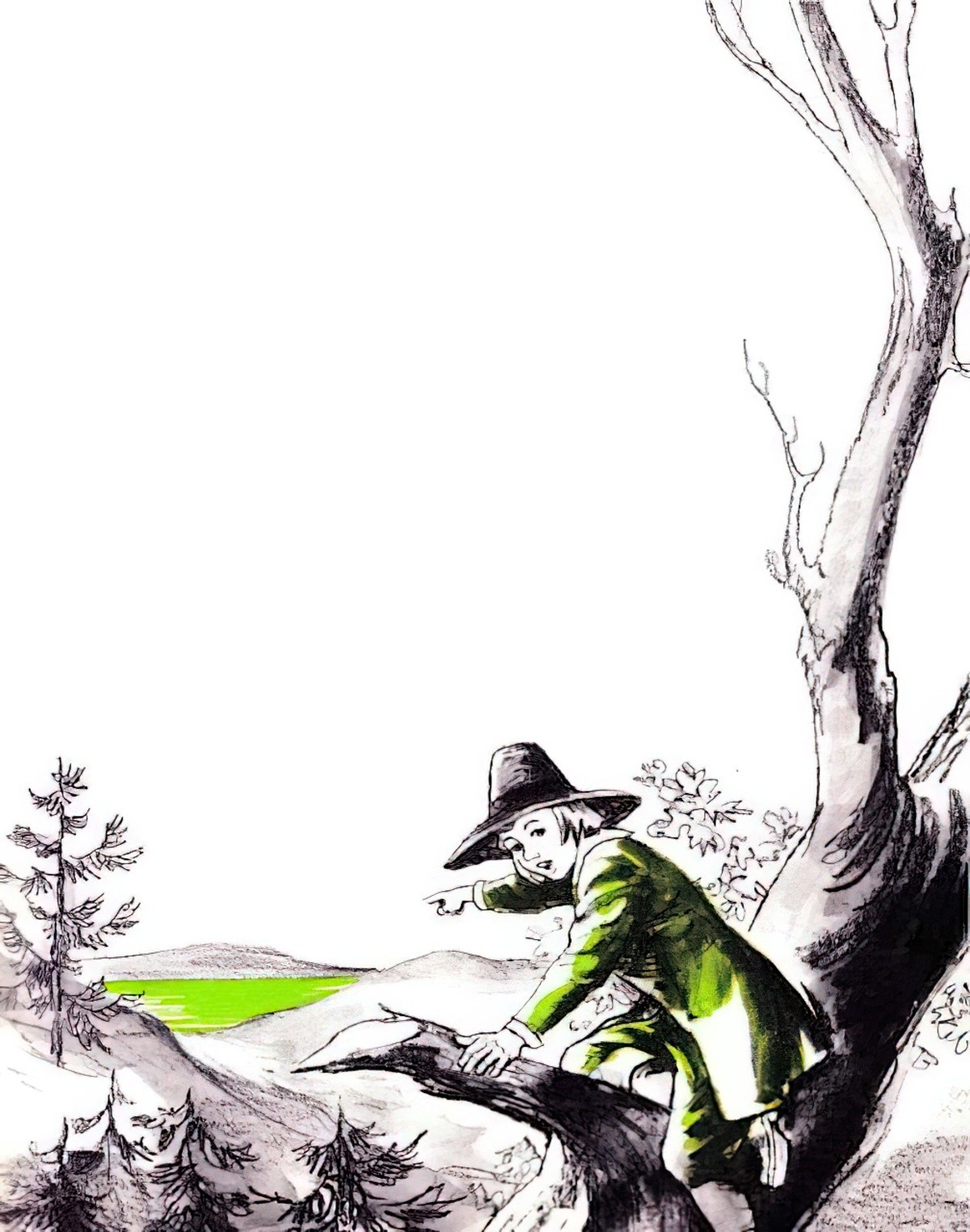
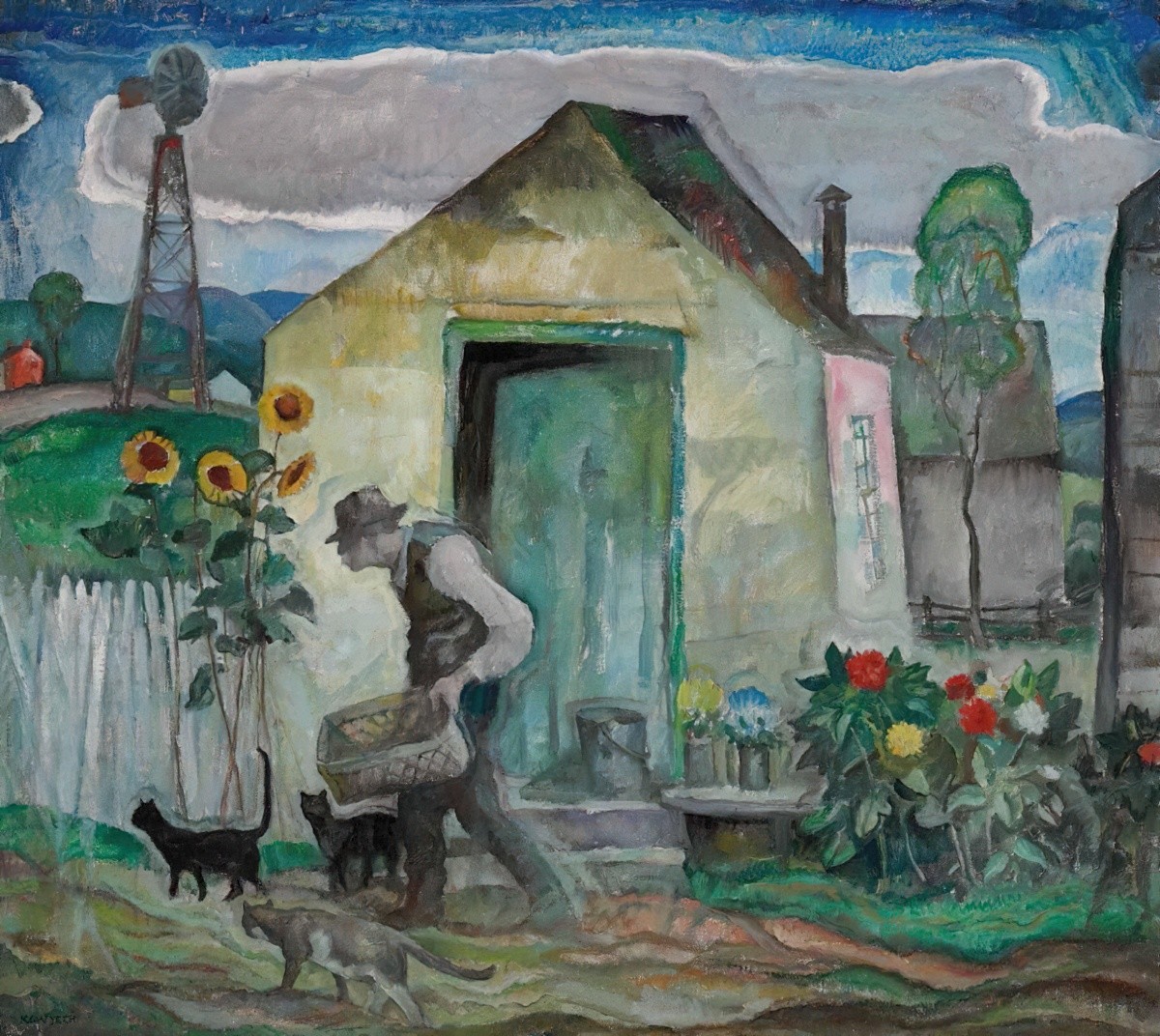
STARTLING EXAMPLES OF GREEN IN NATURE
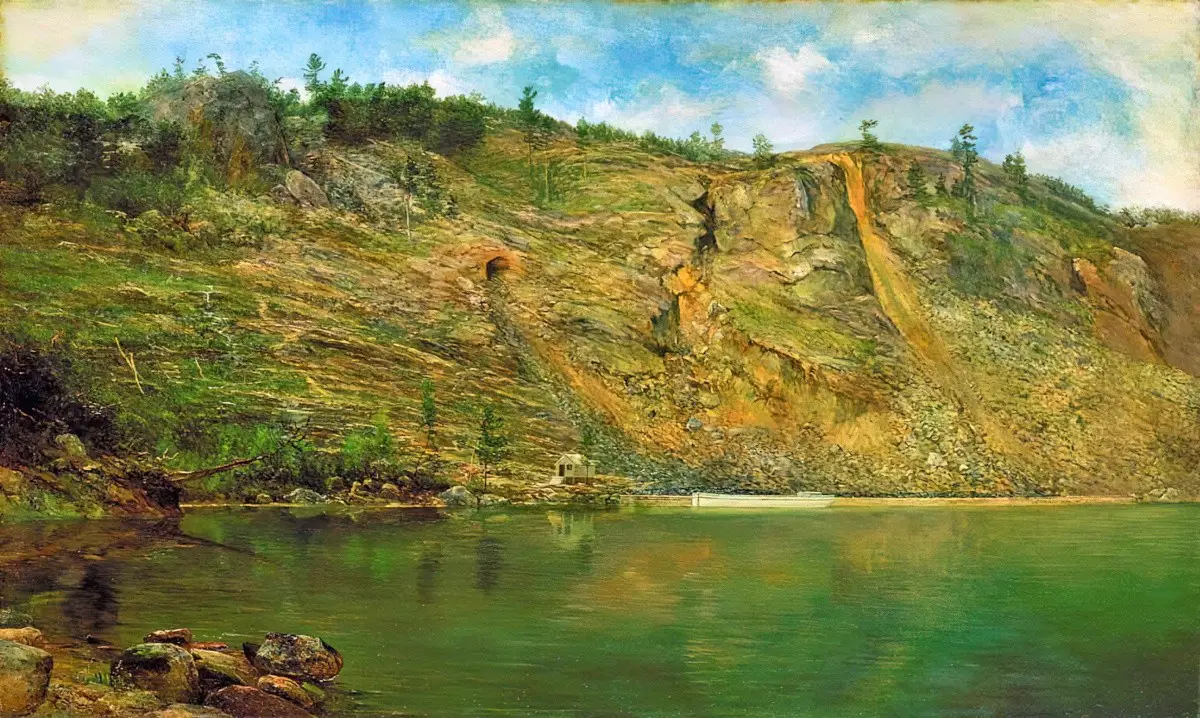
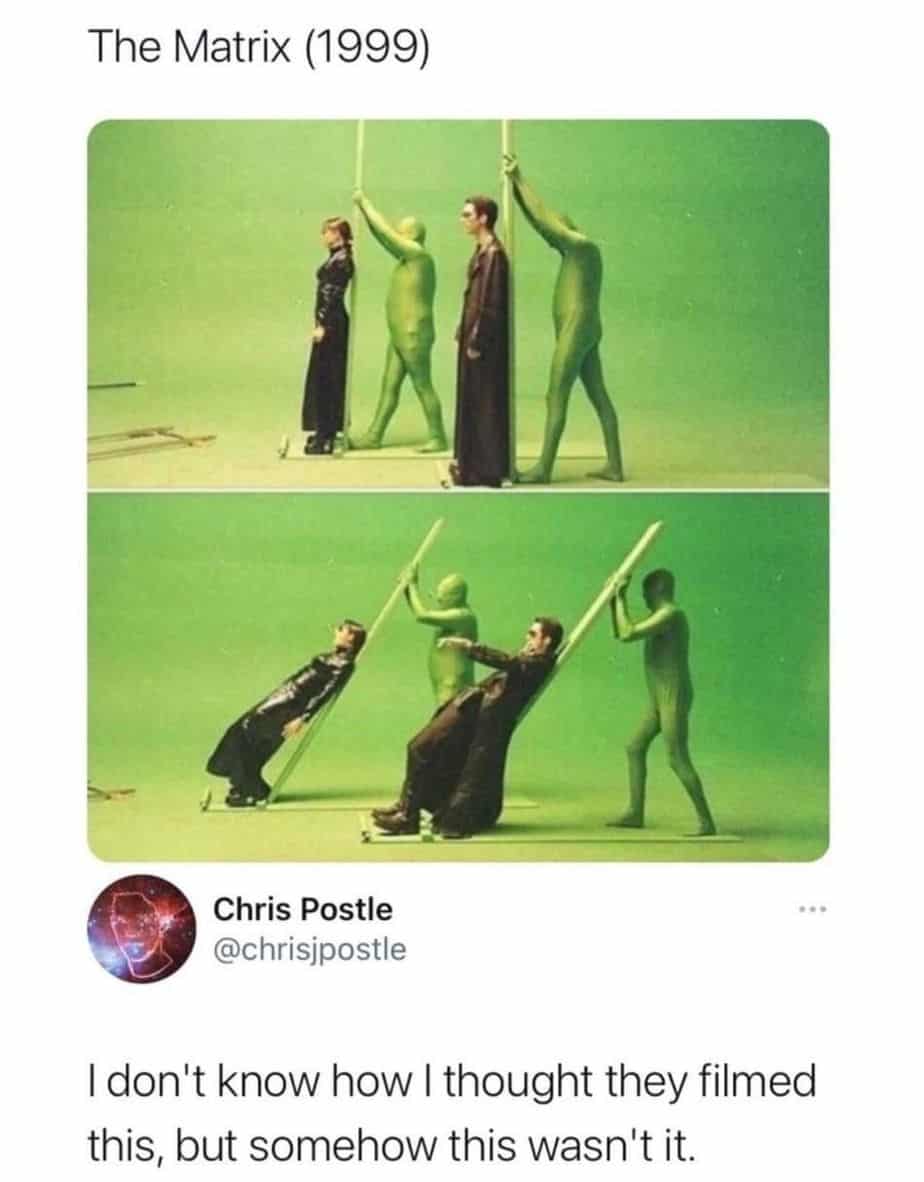
Header illustration of the Green Mask is by Elmer Cecil Stoner.
